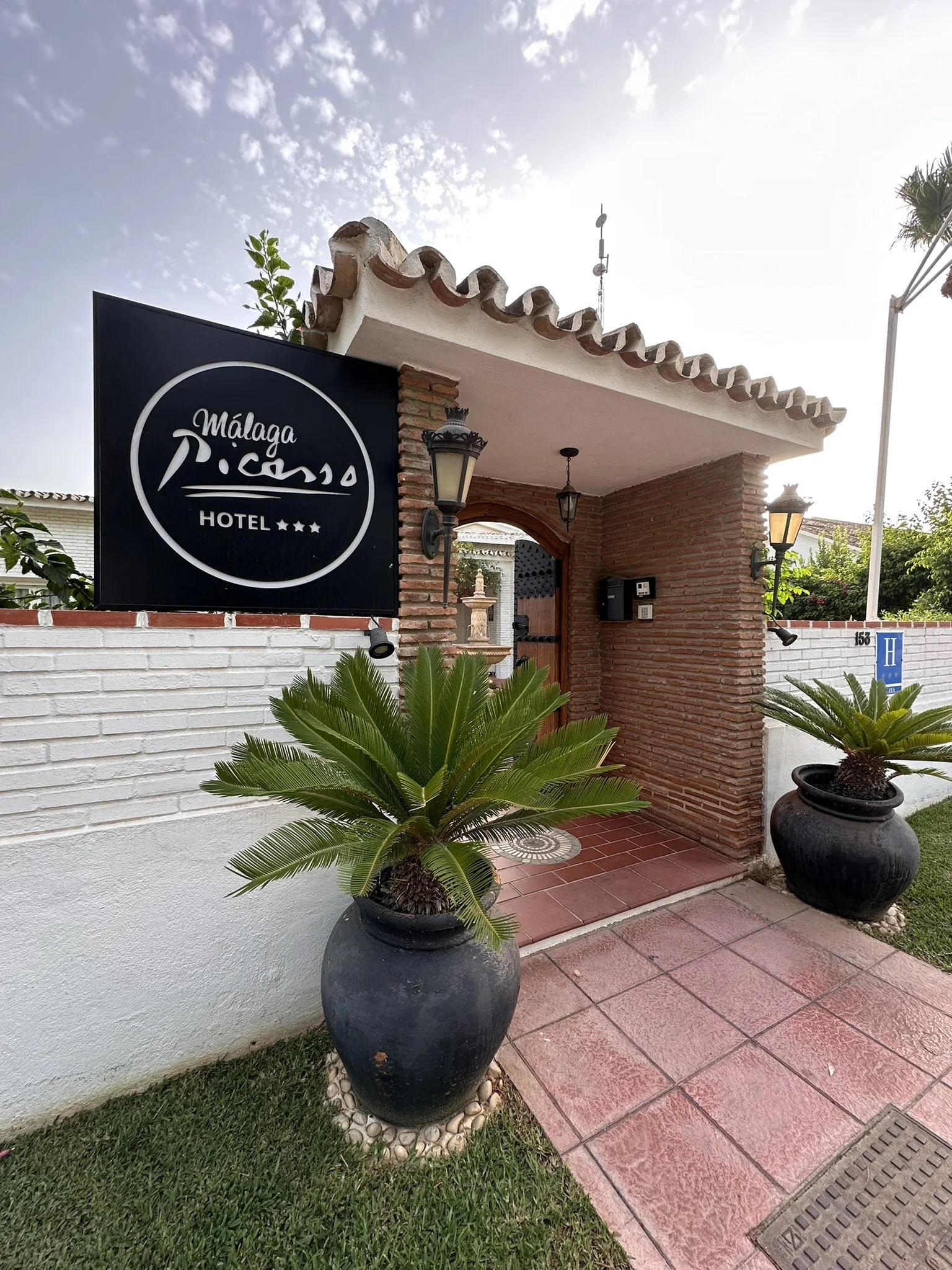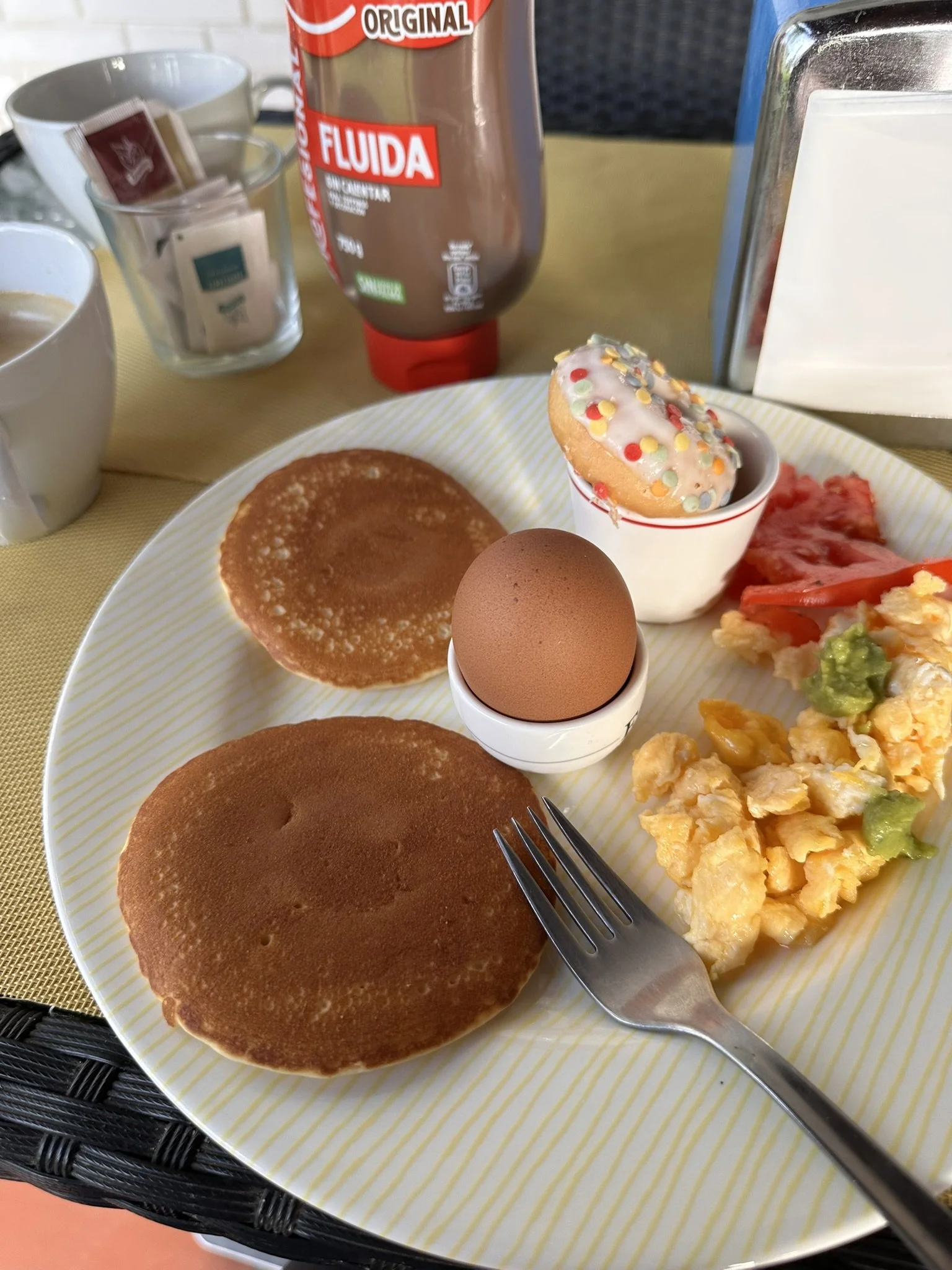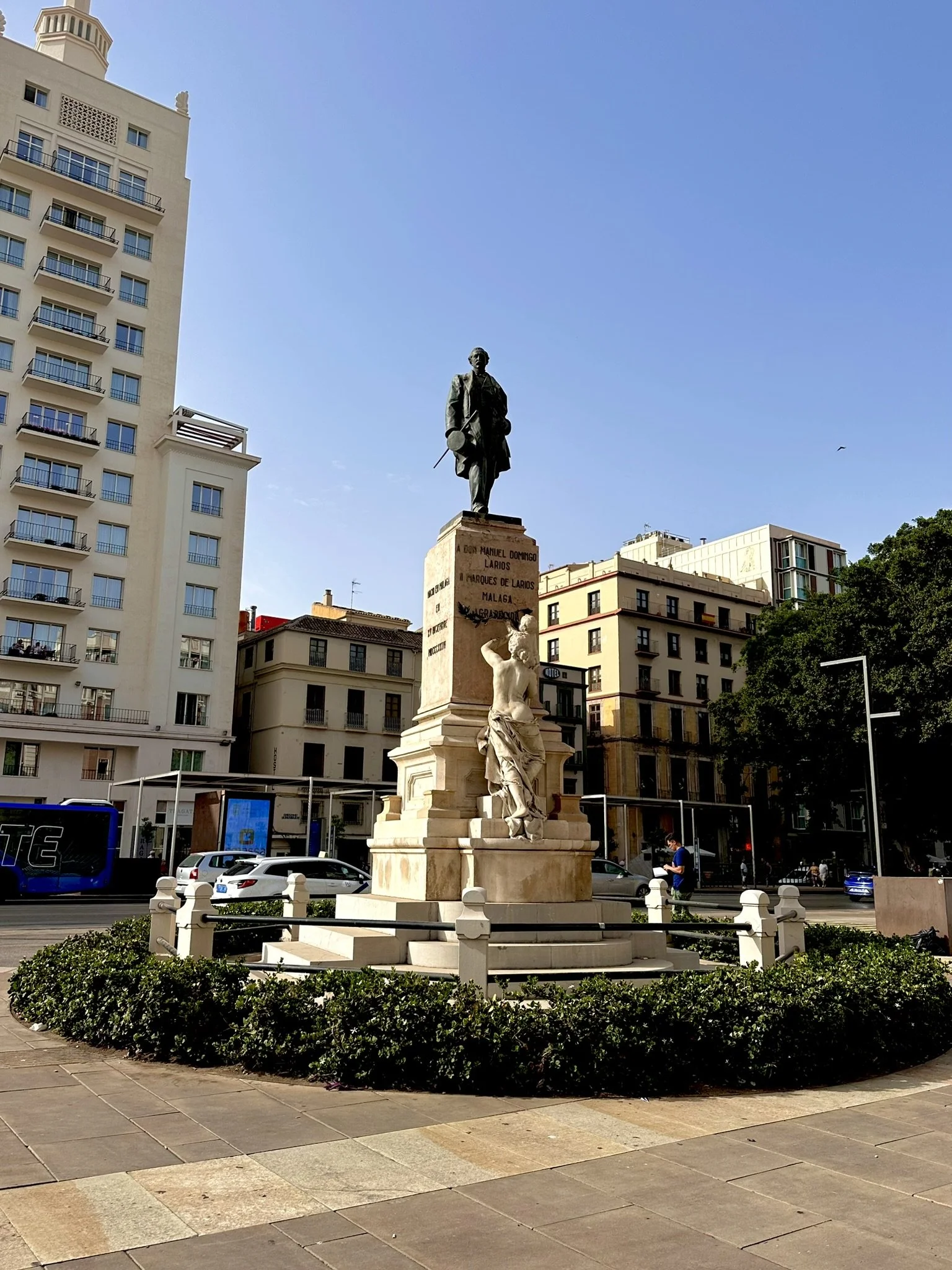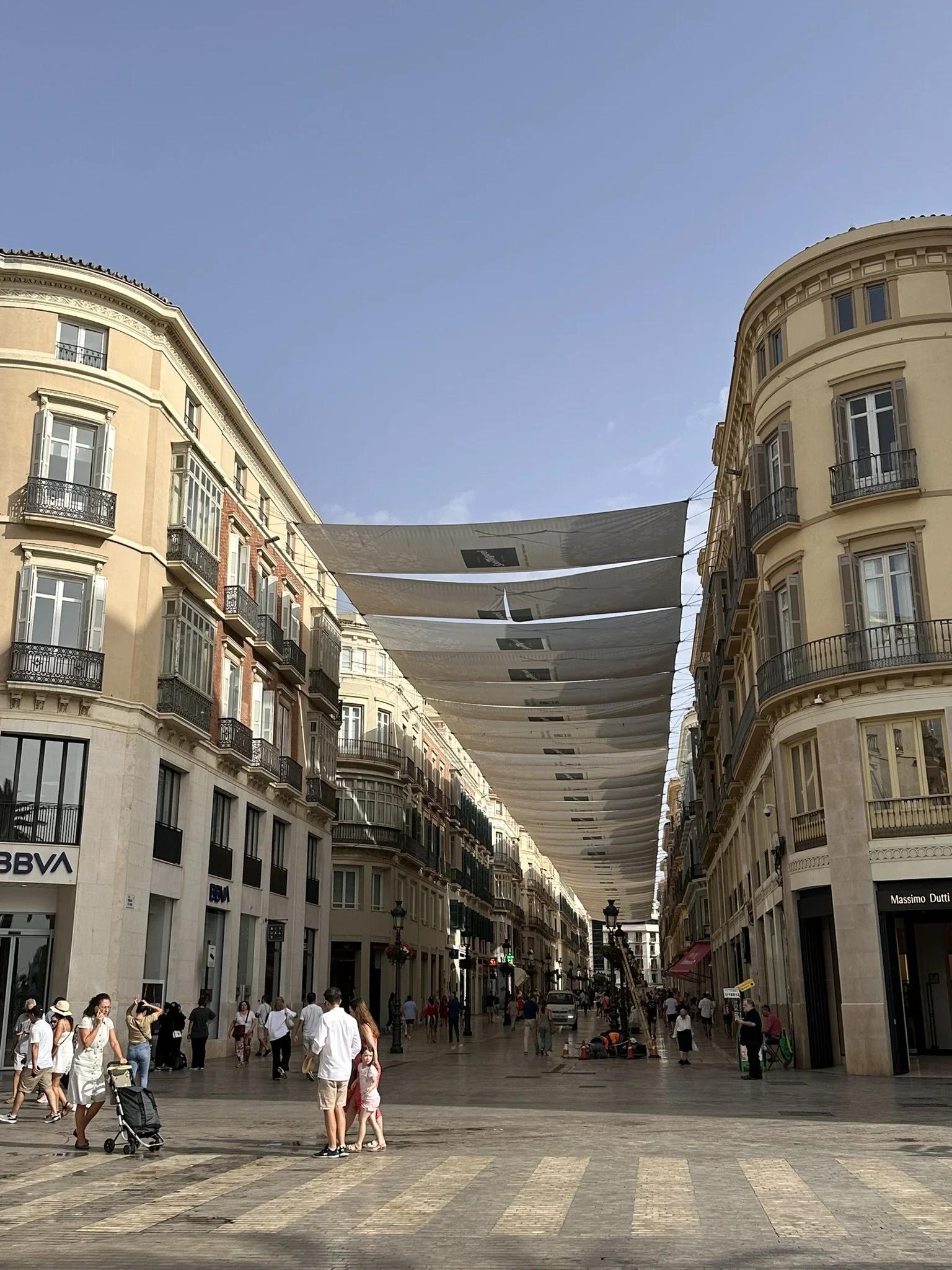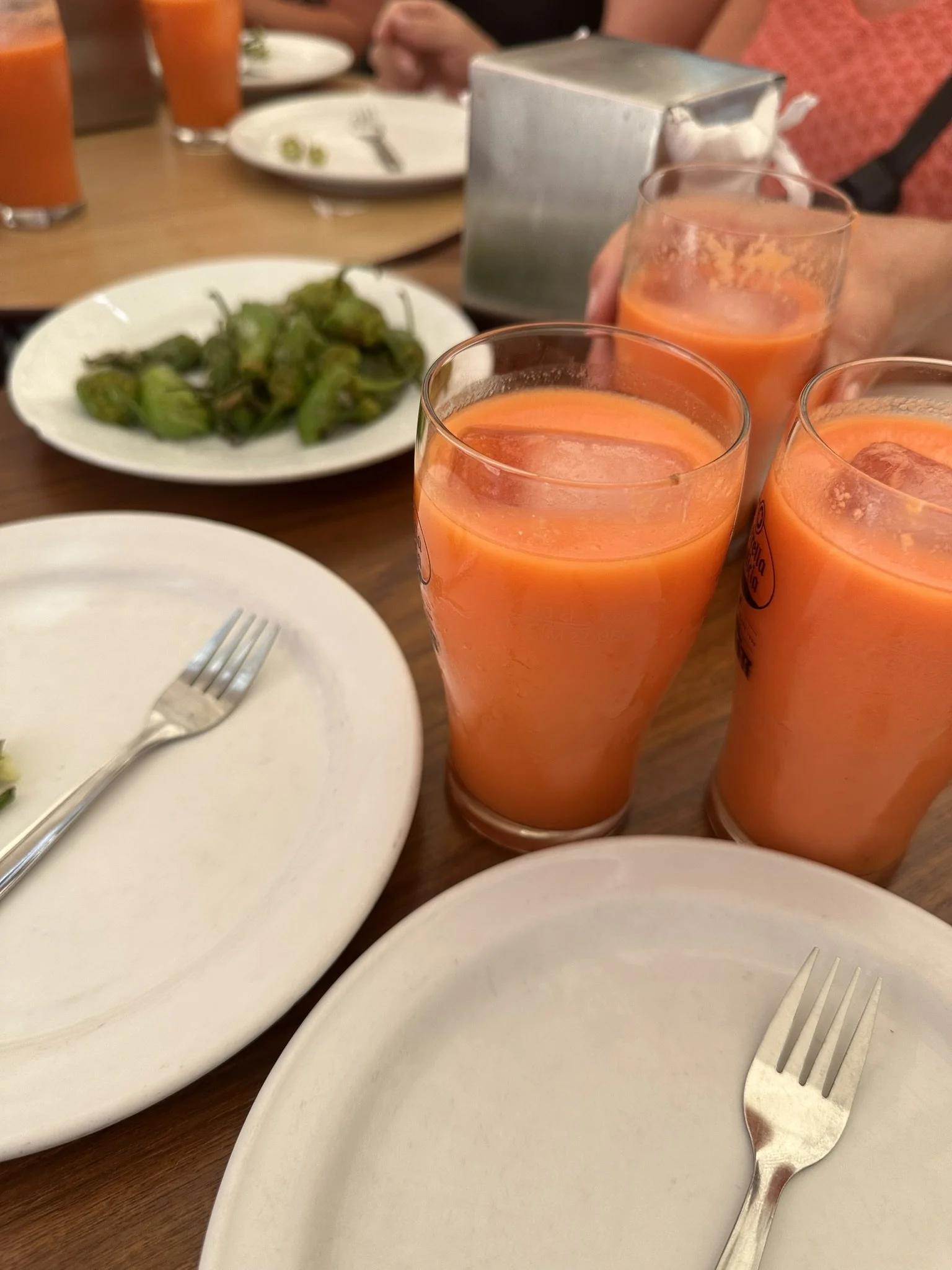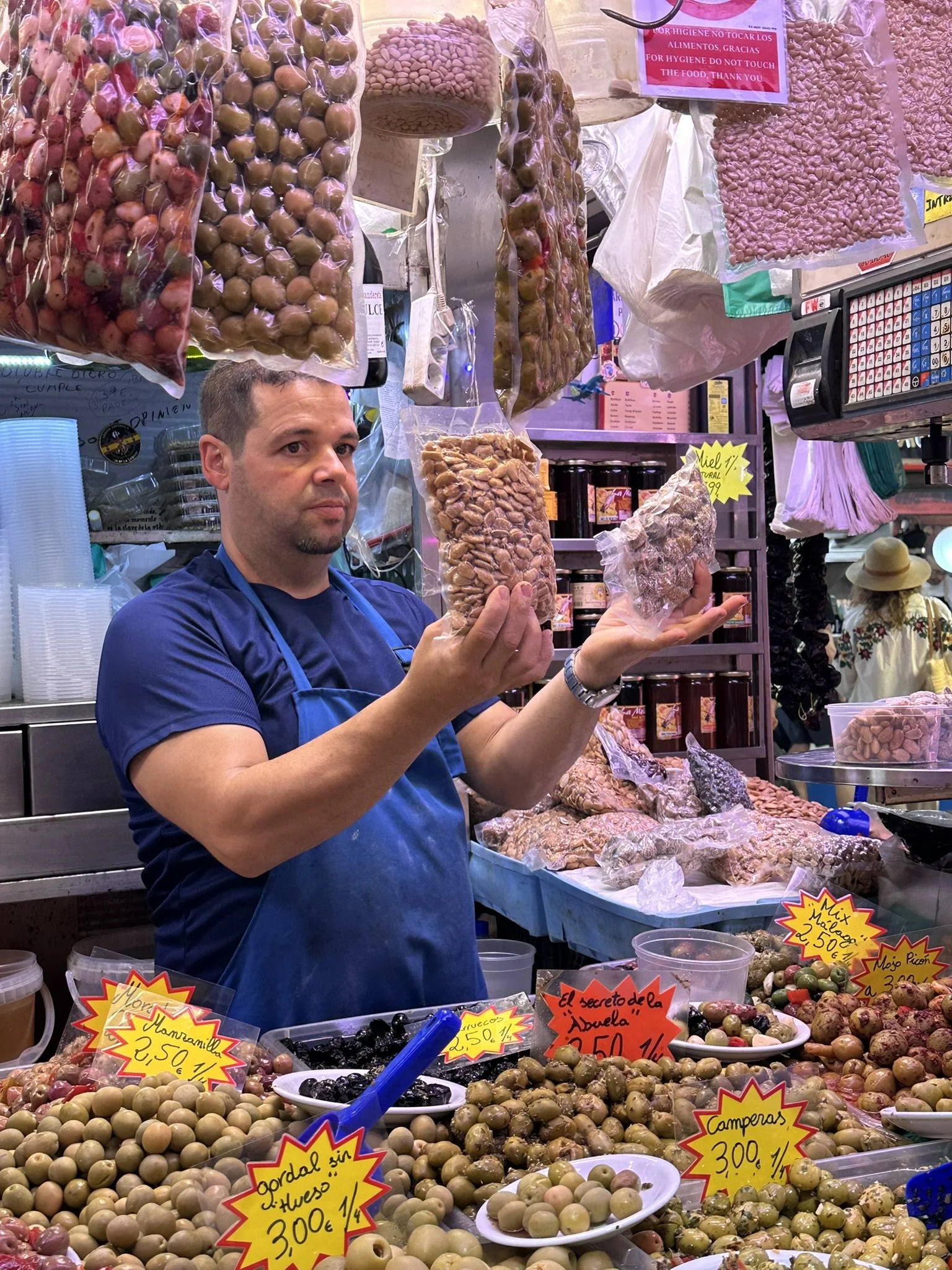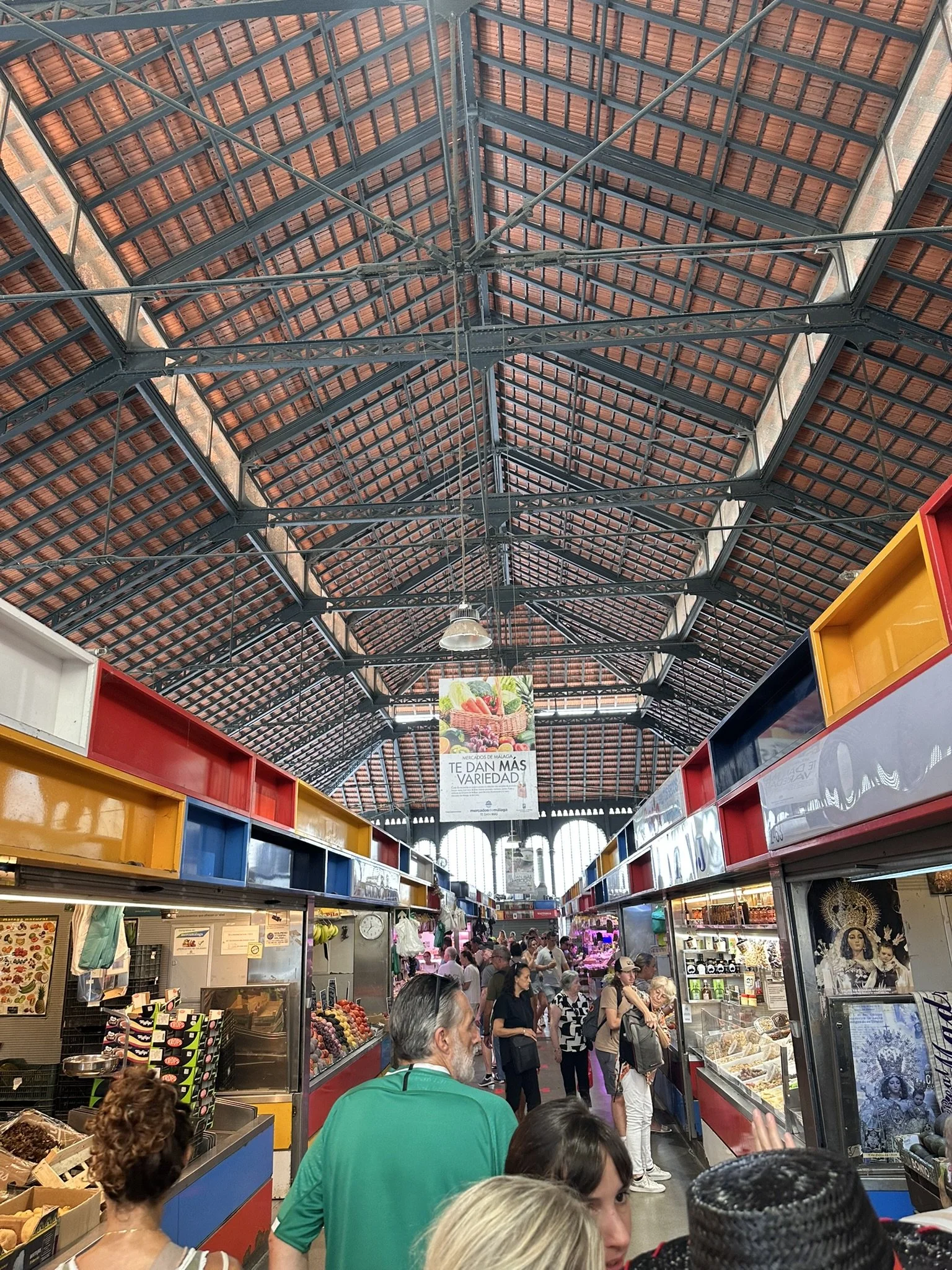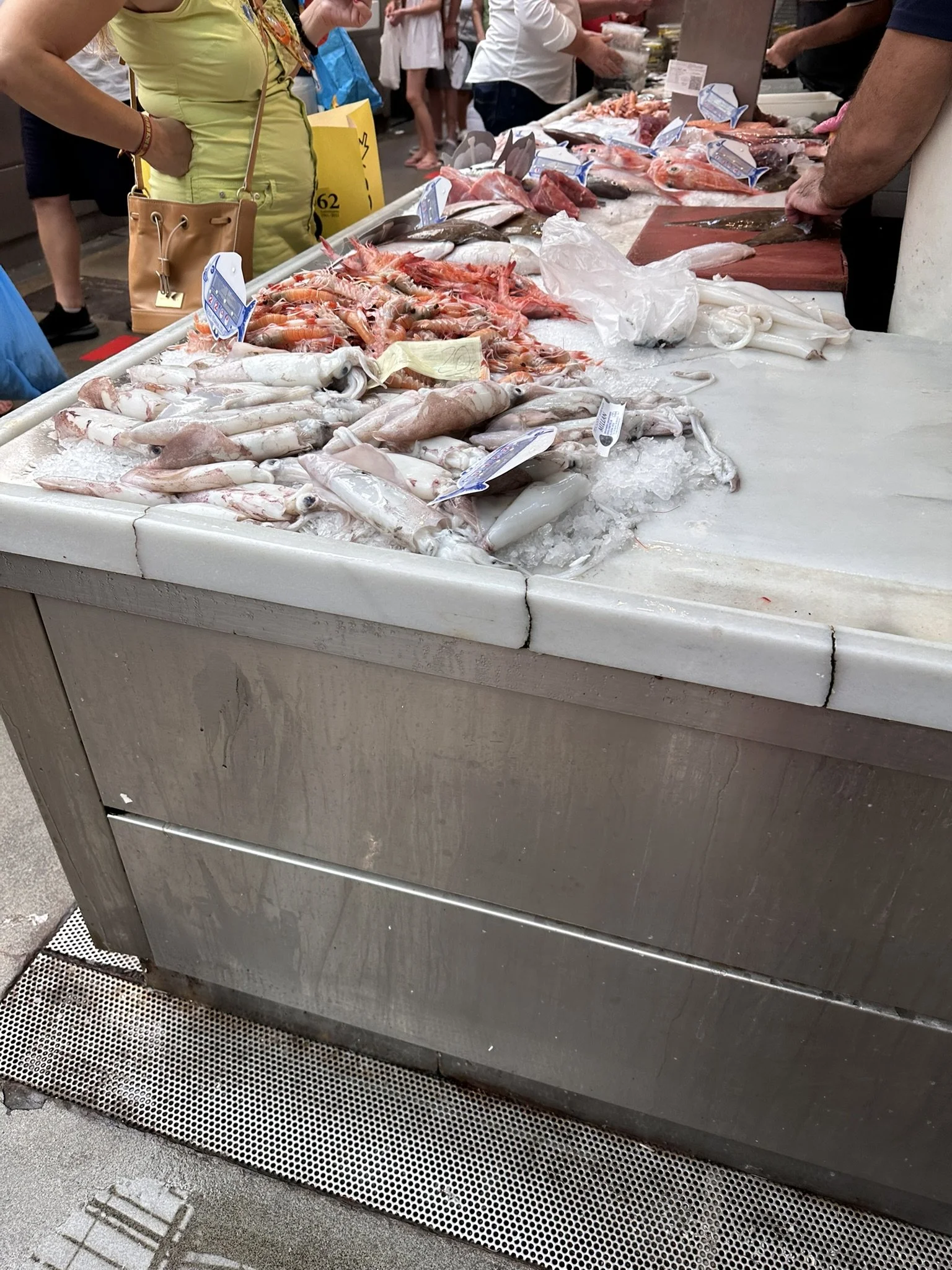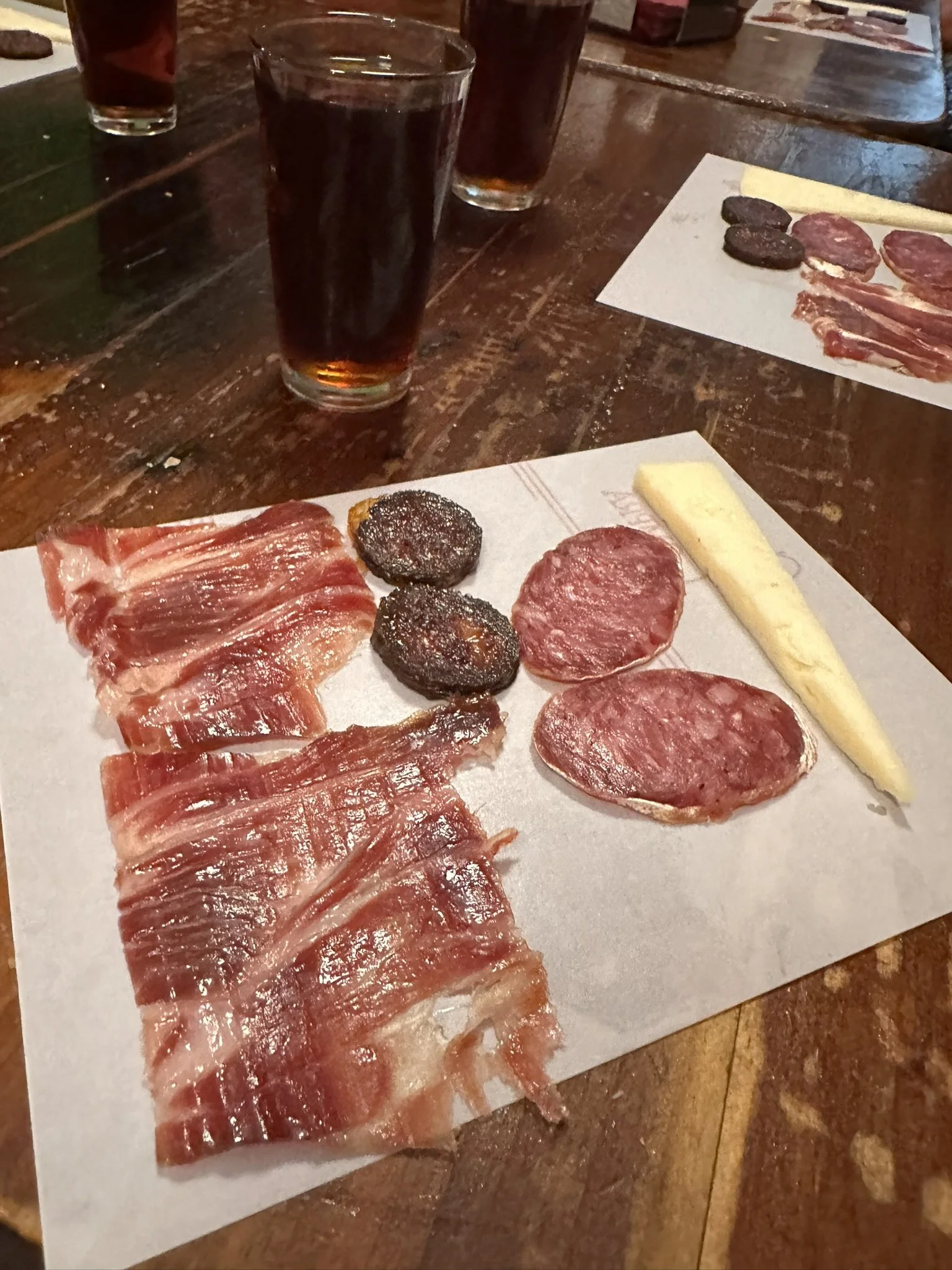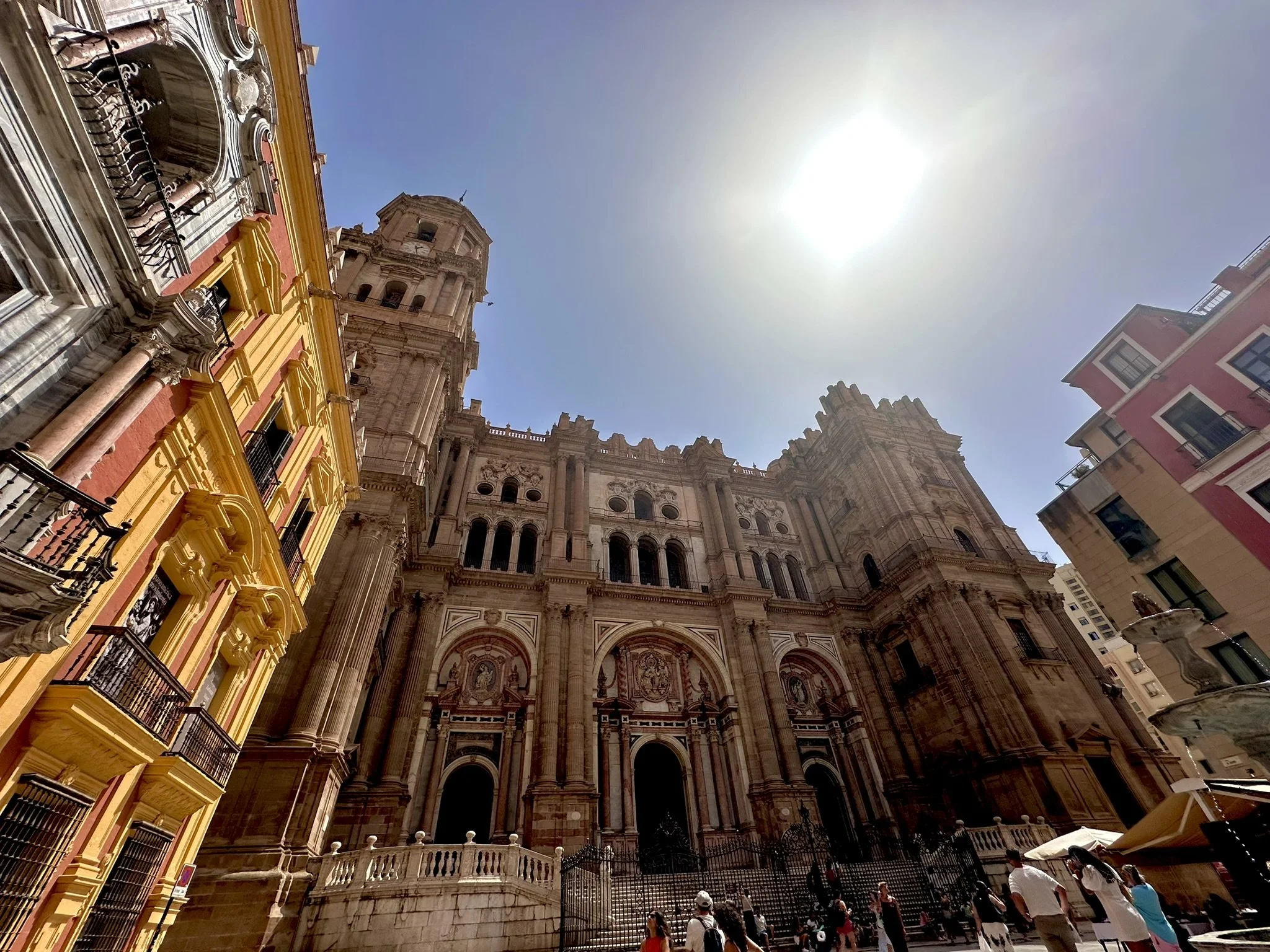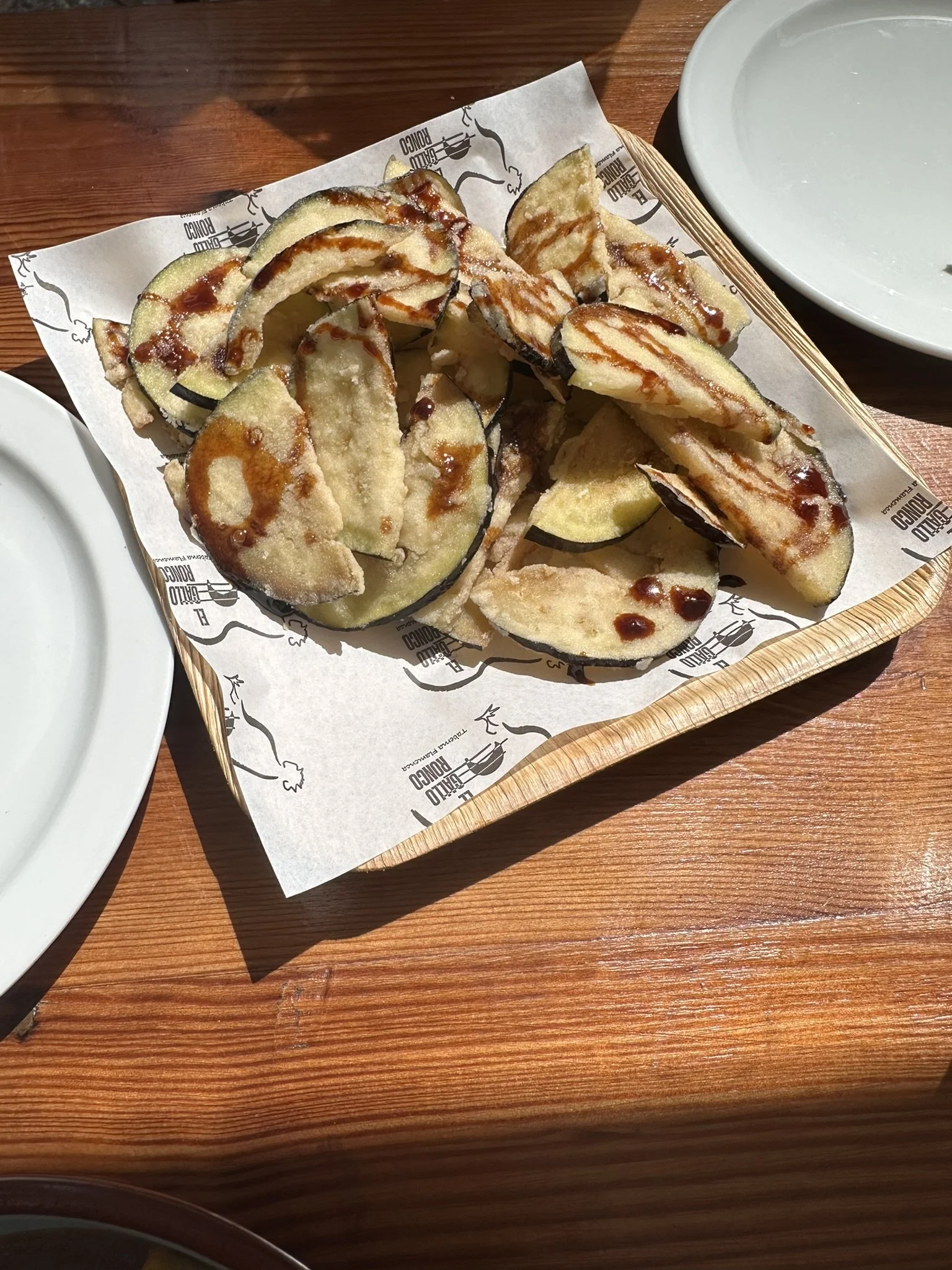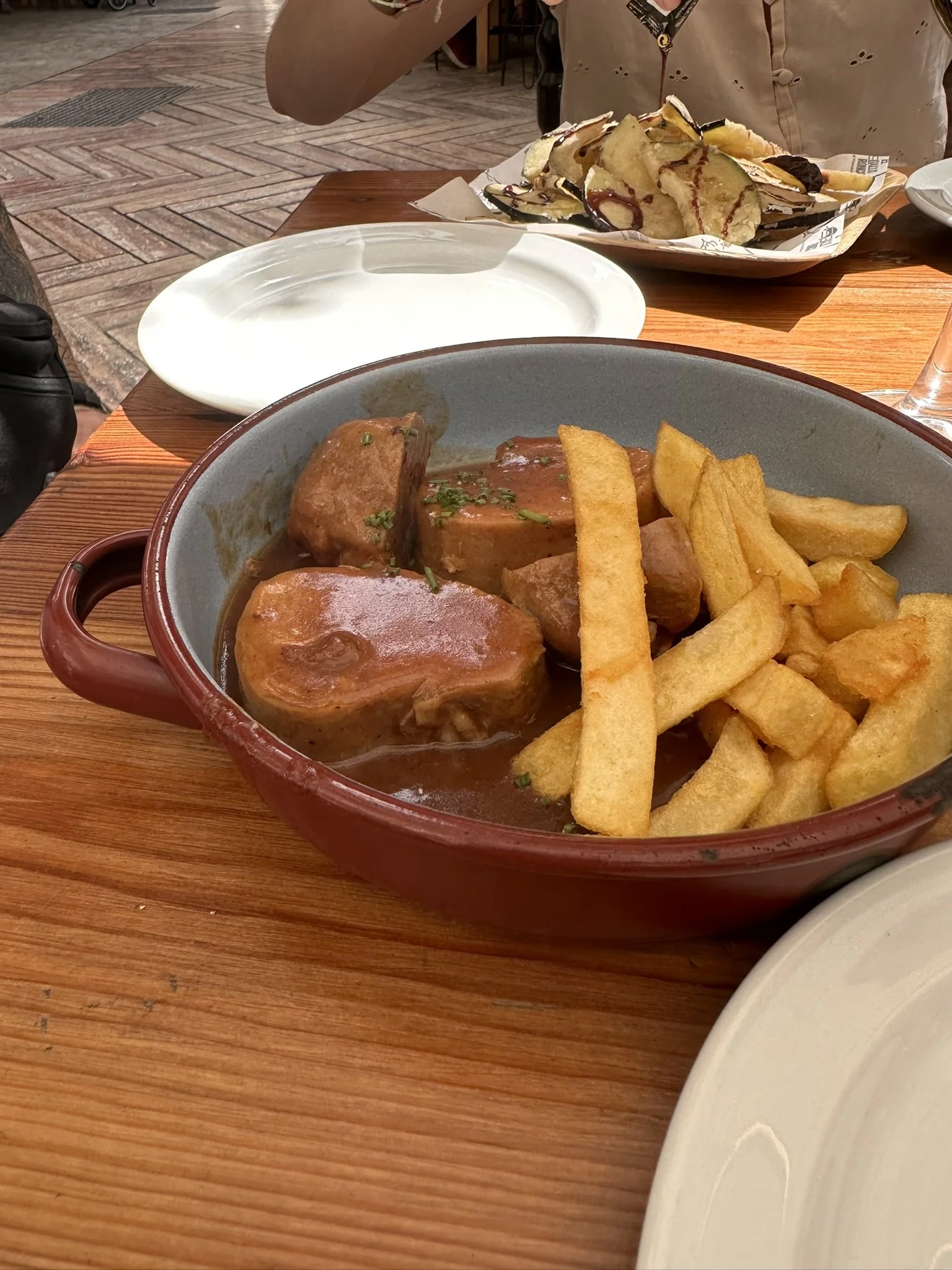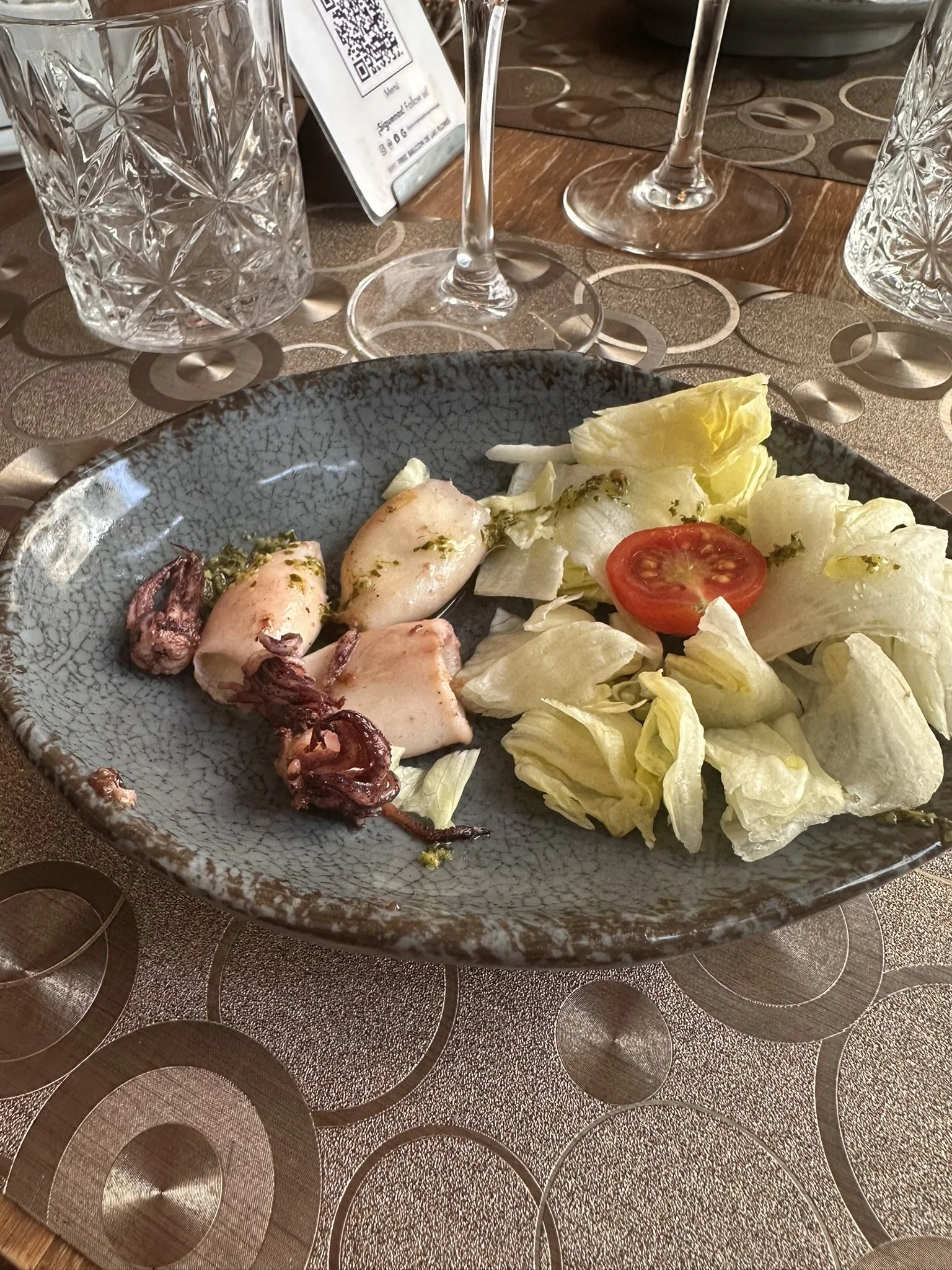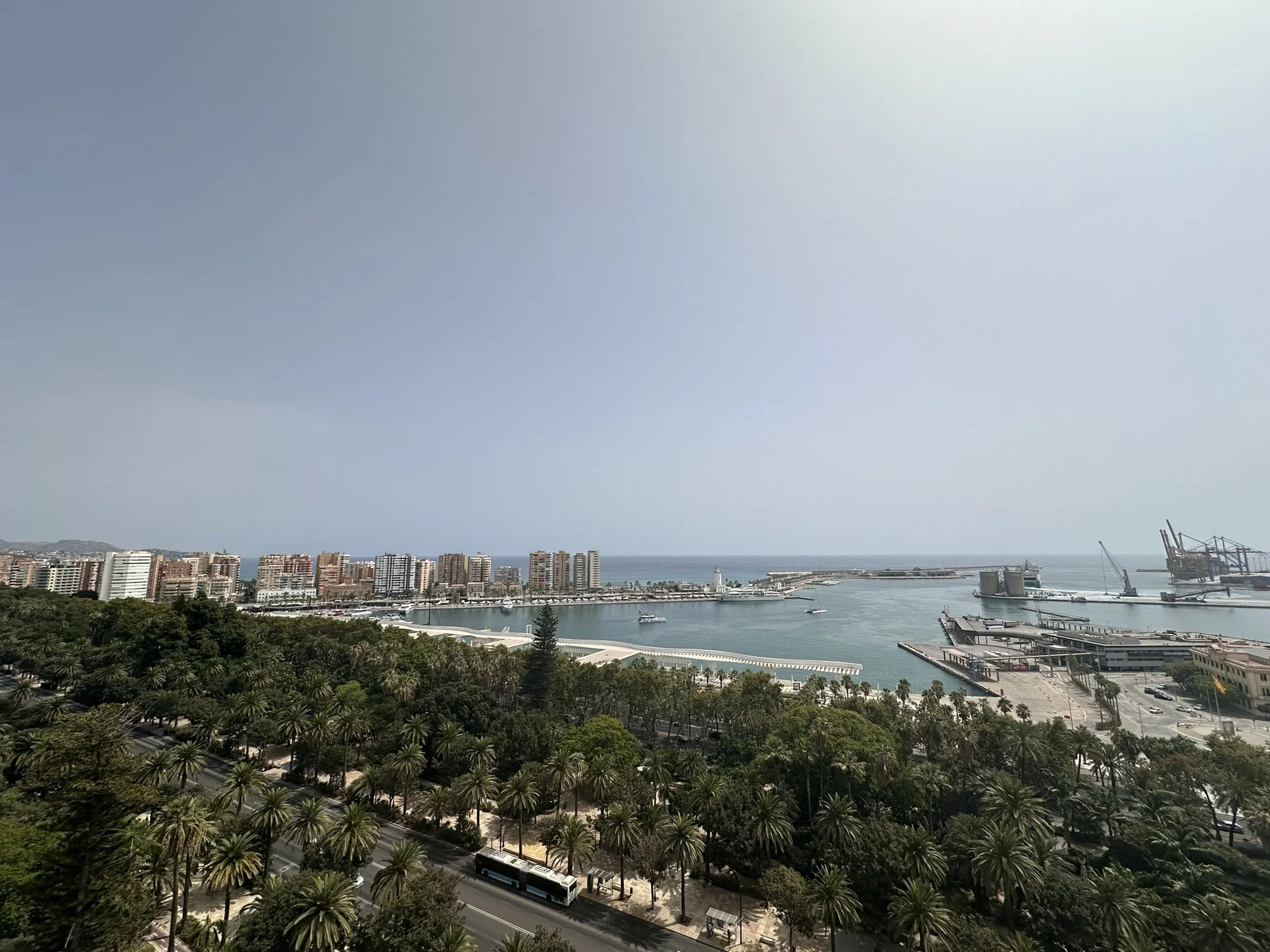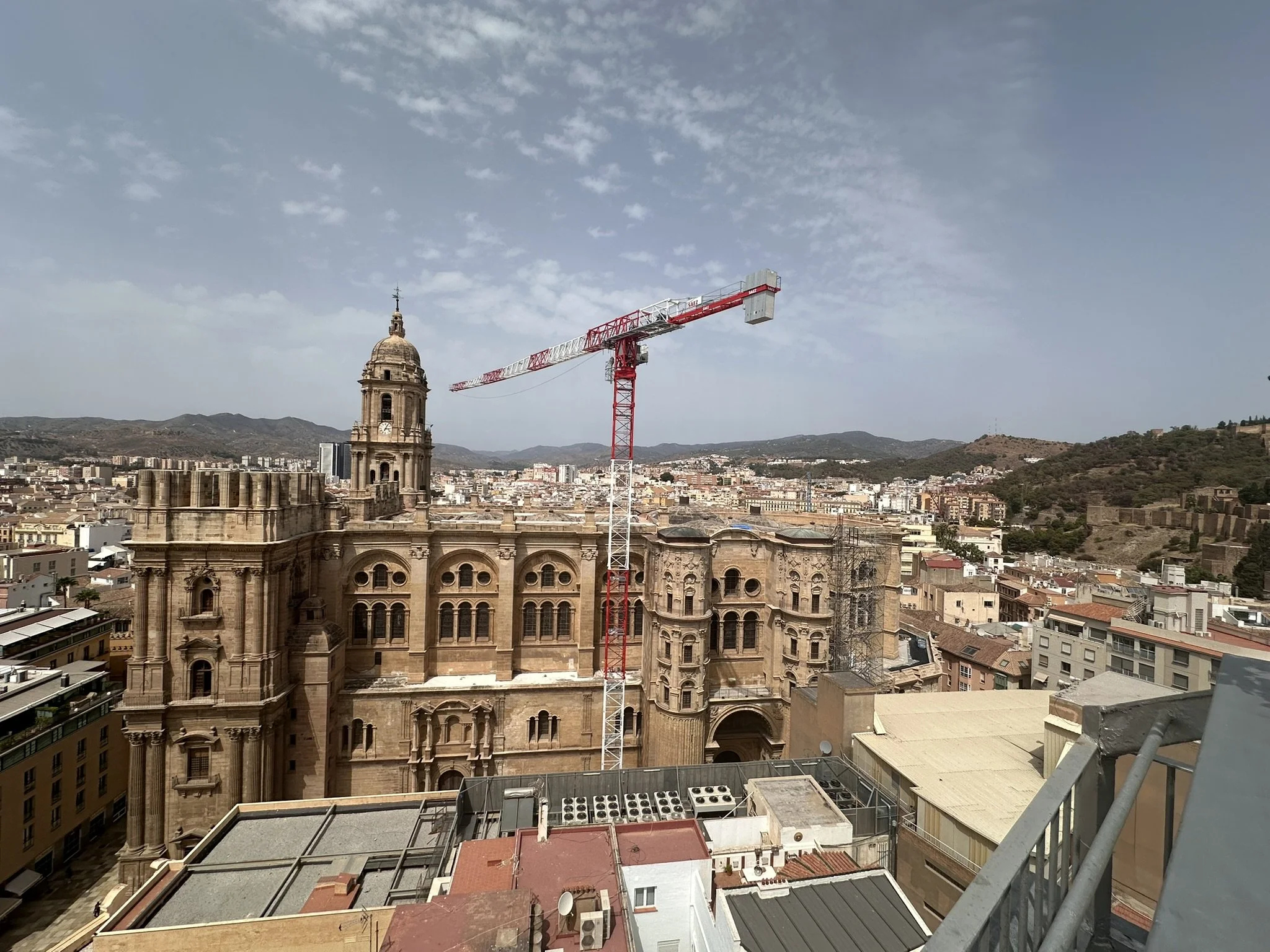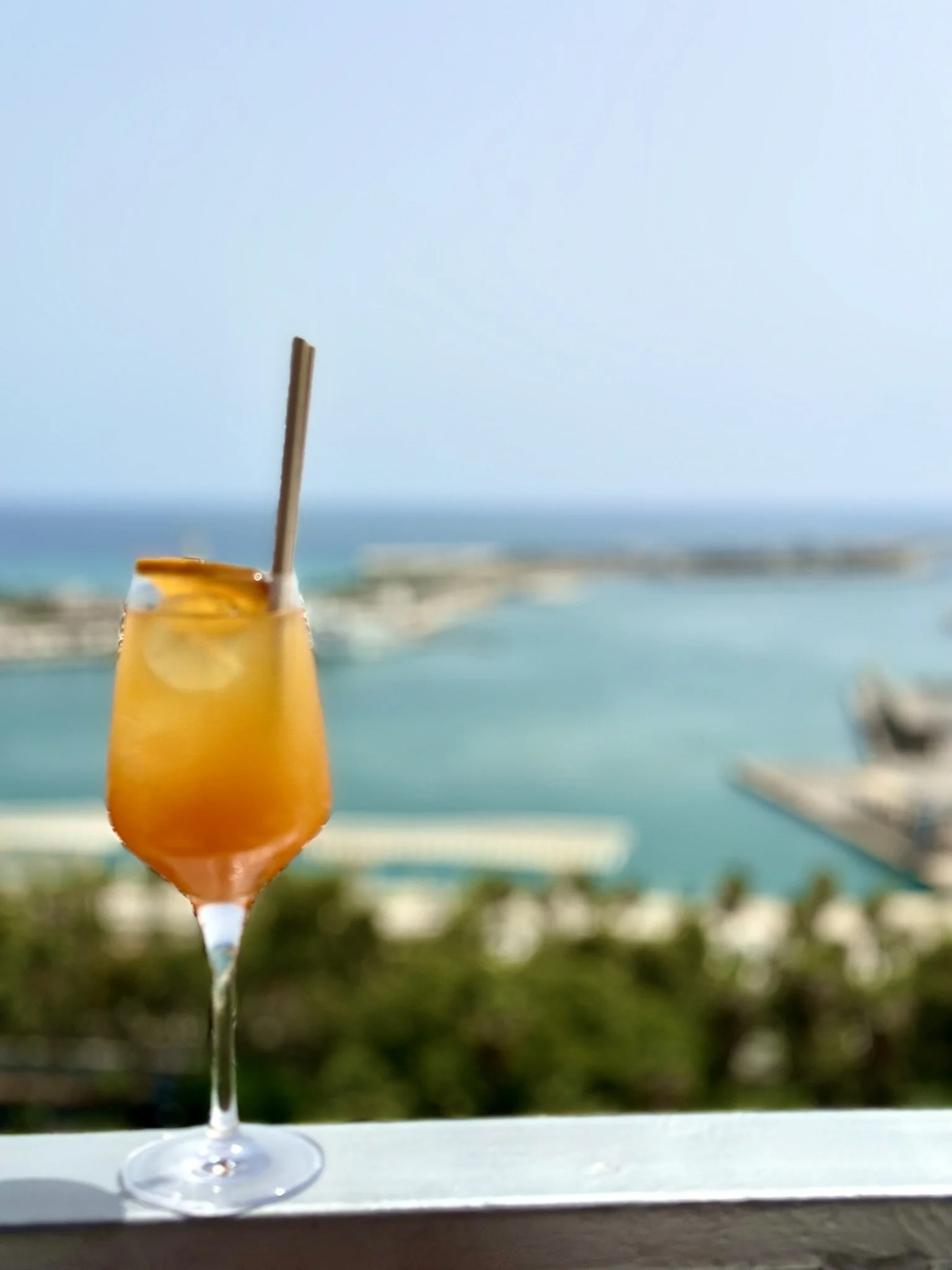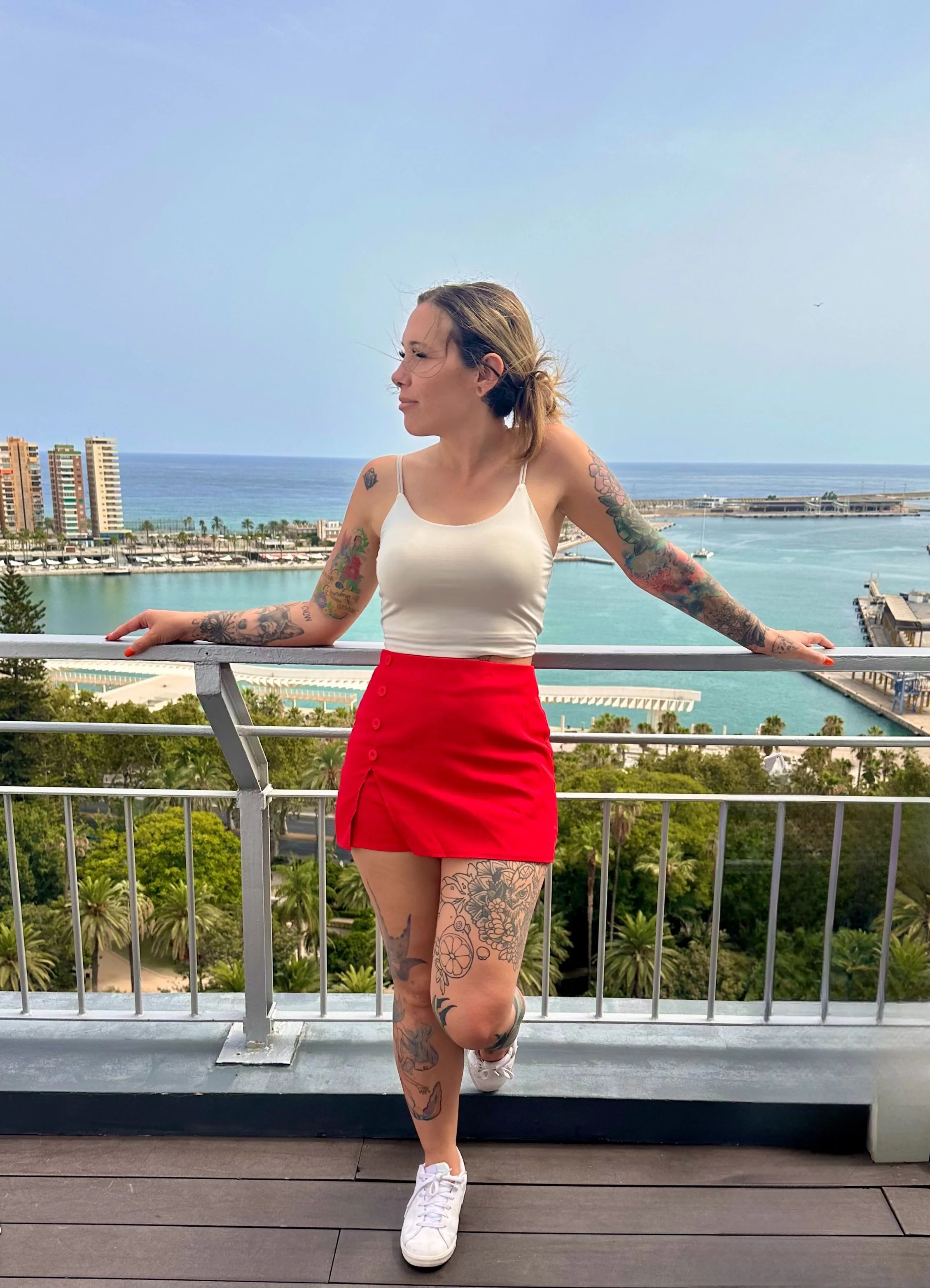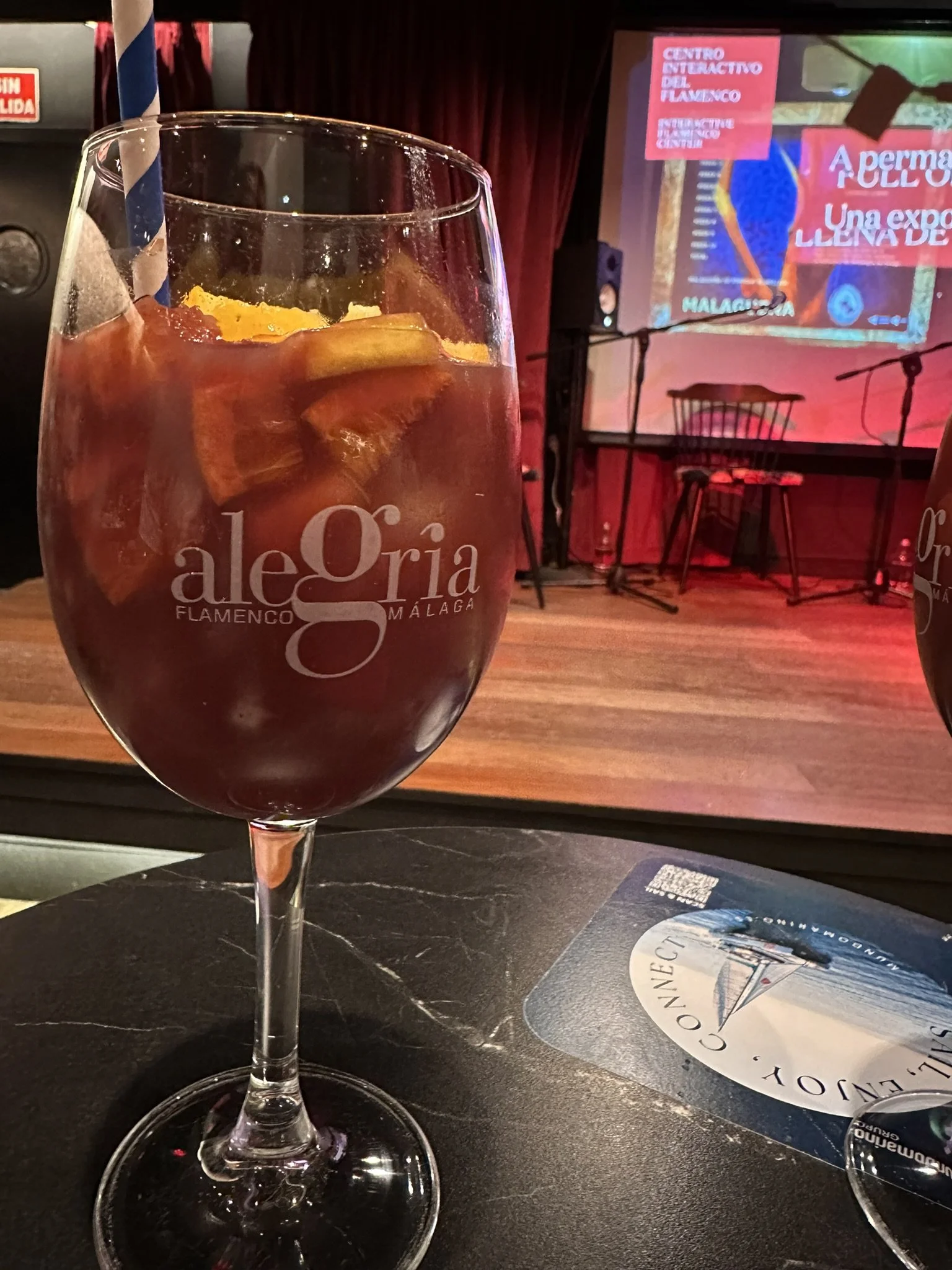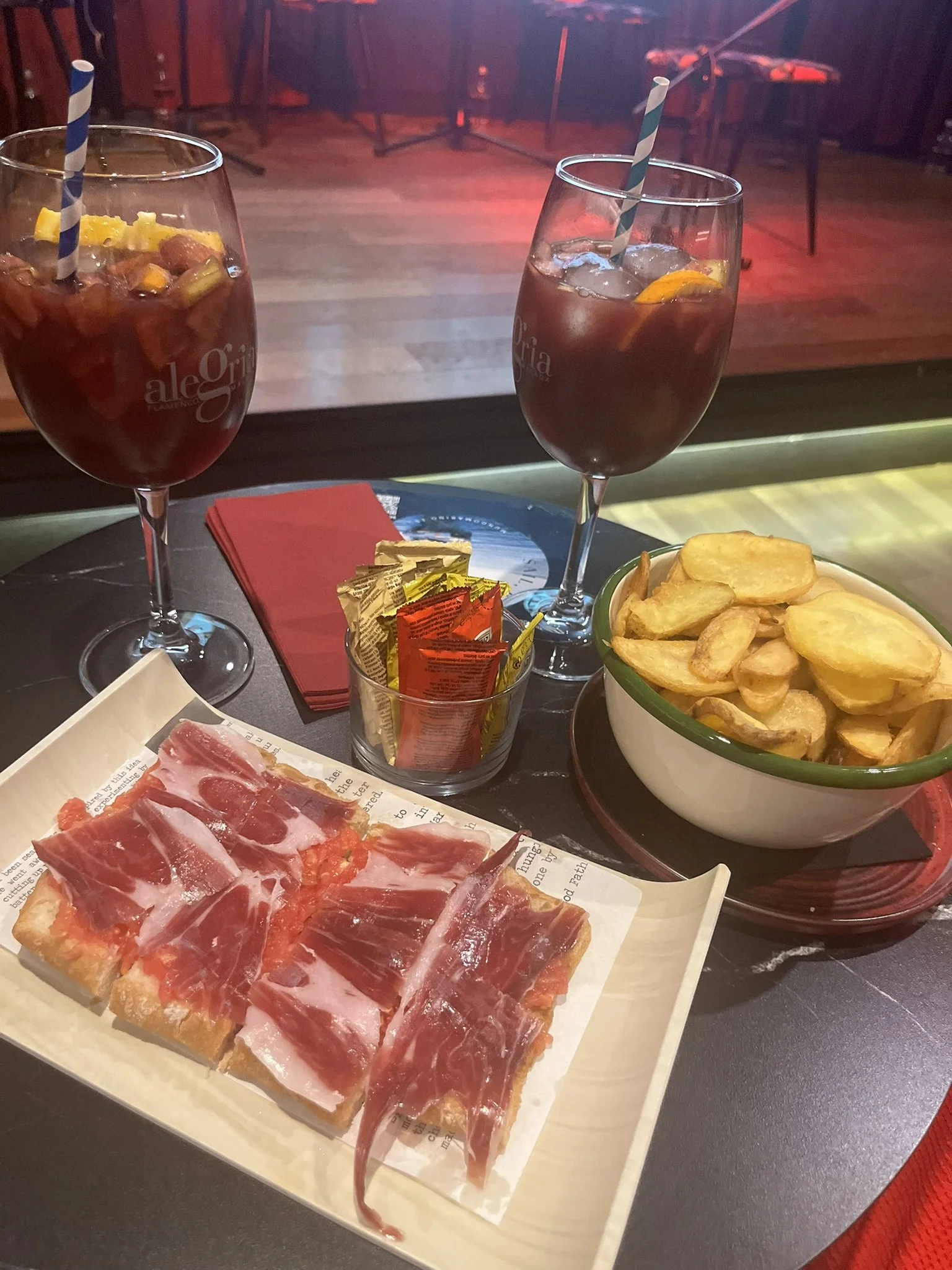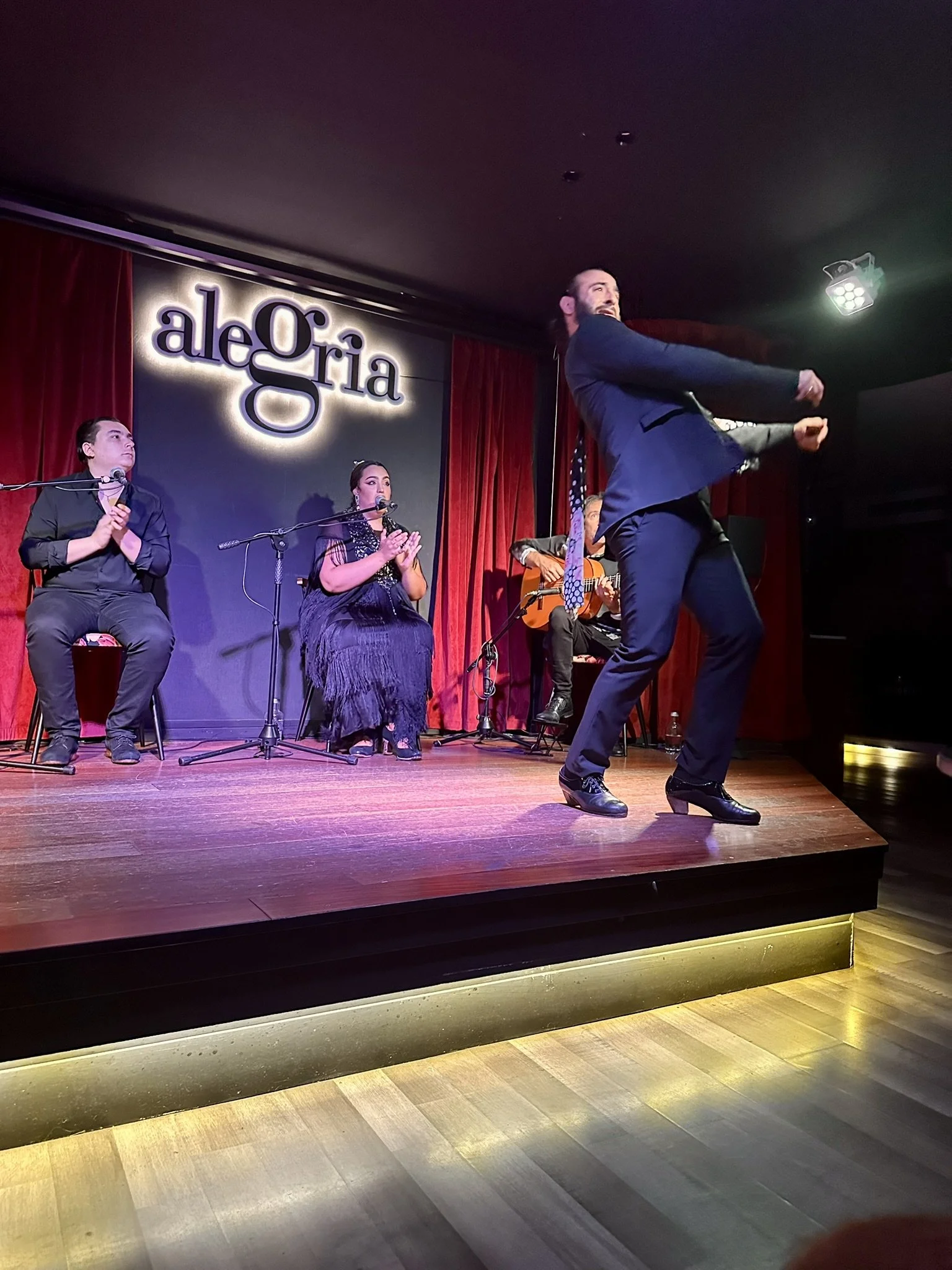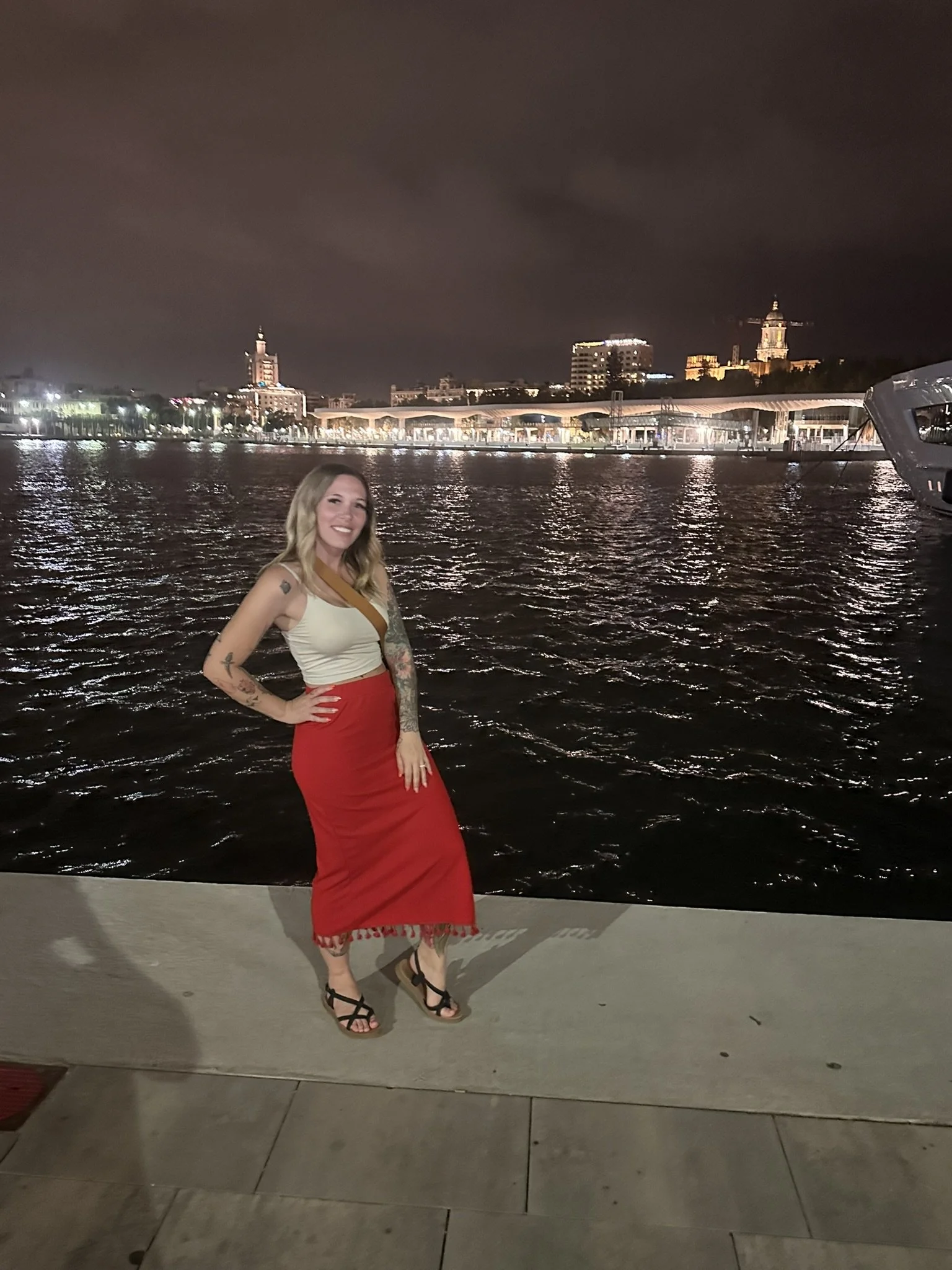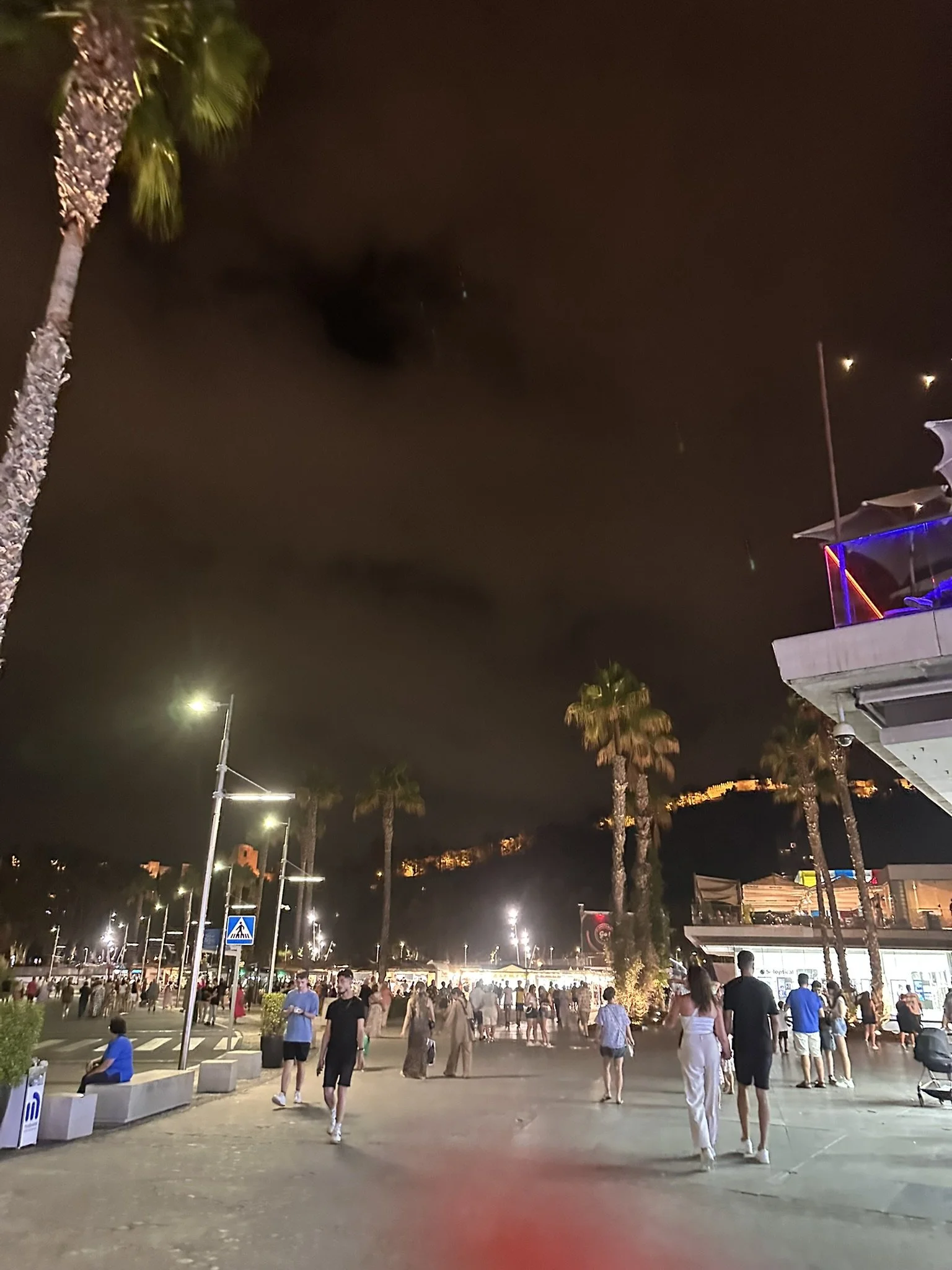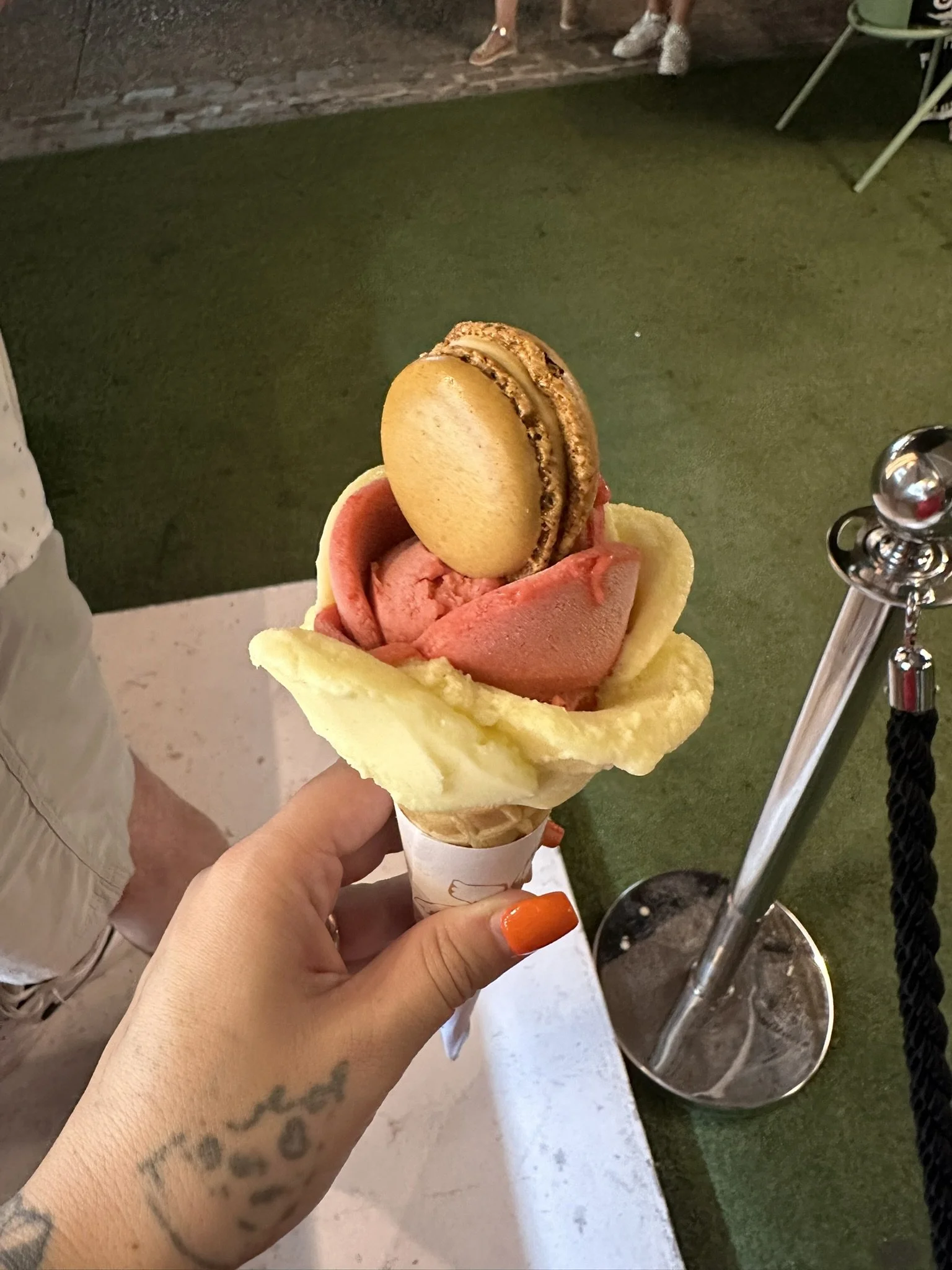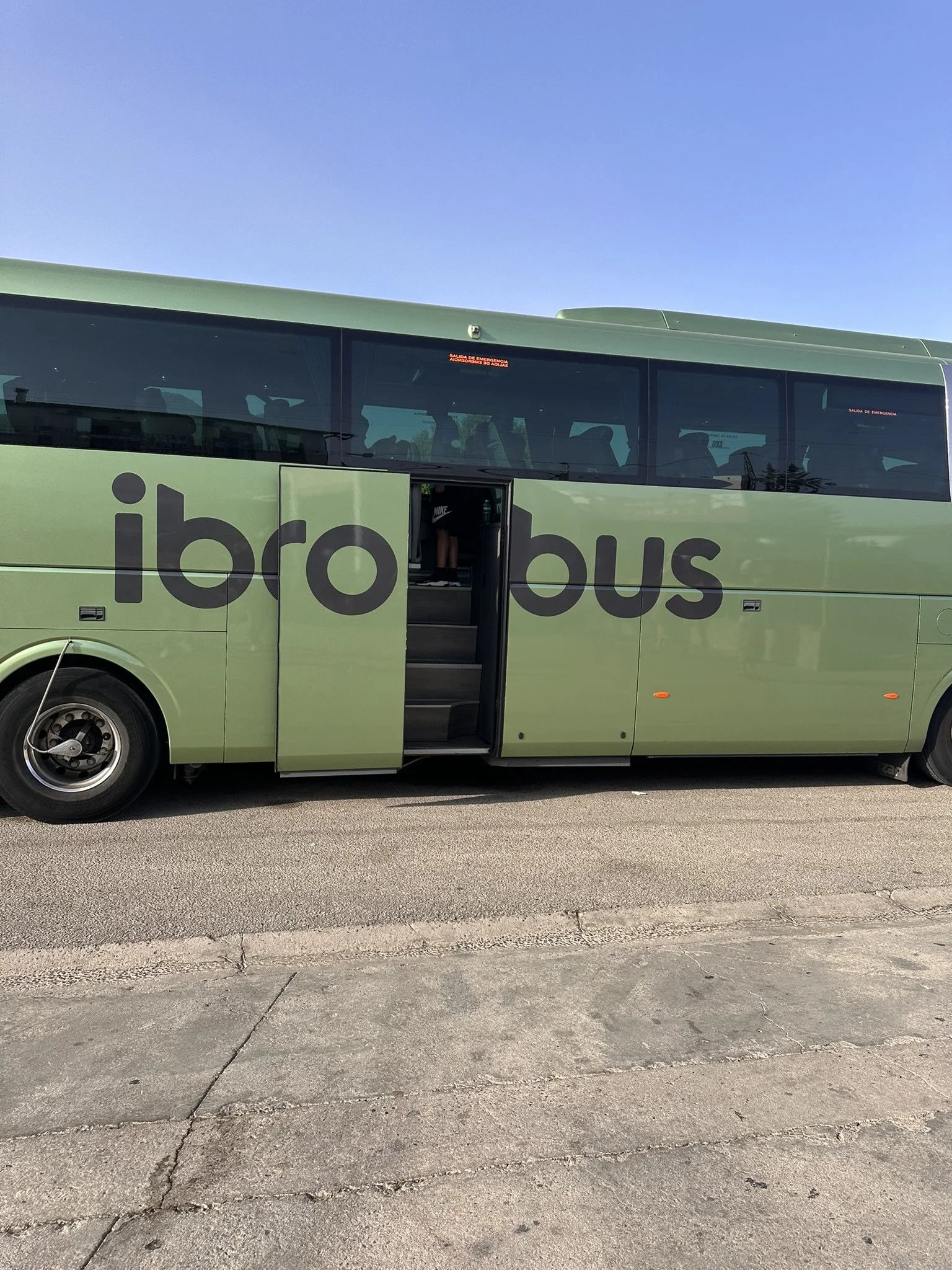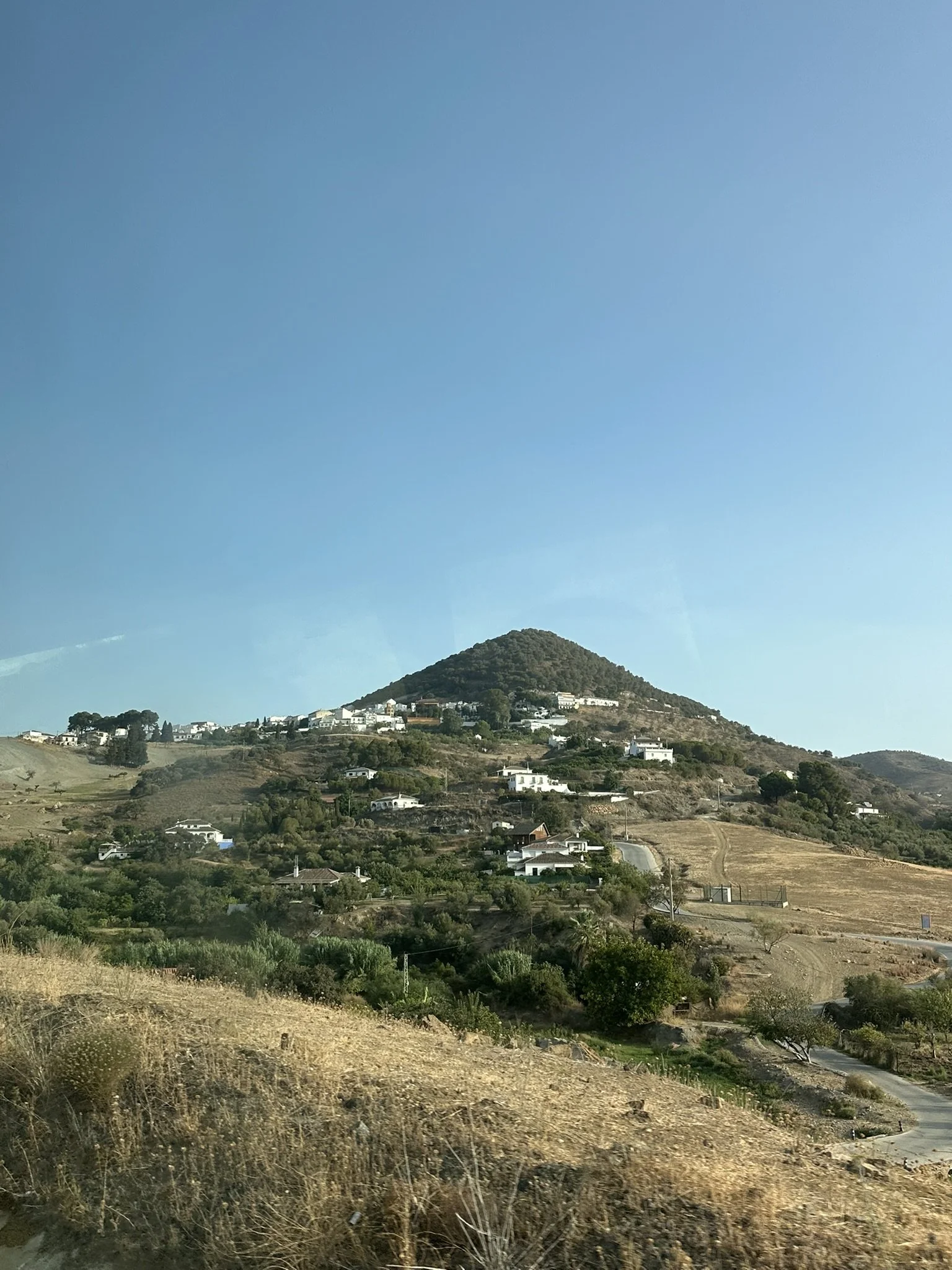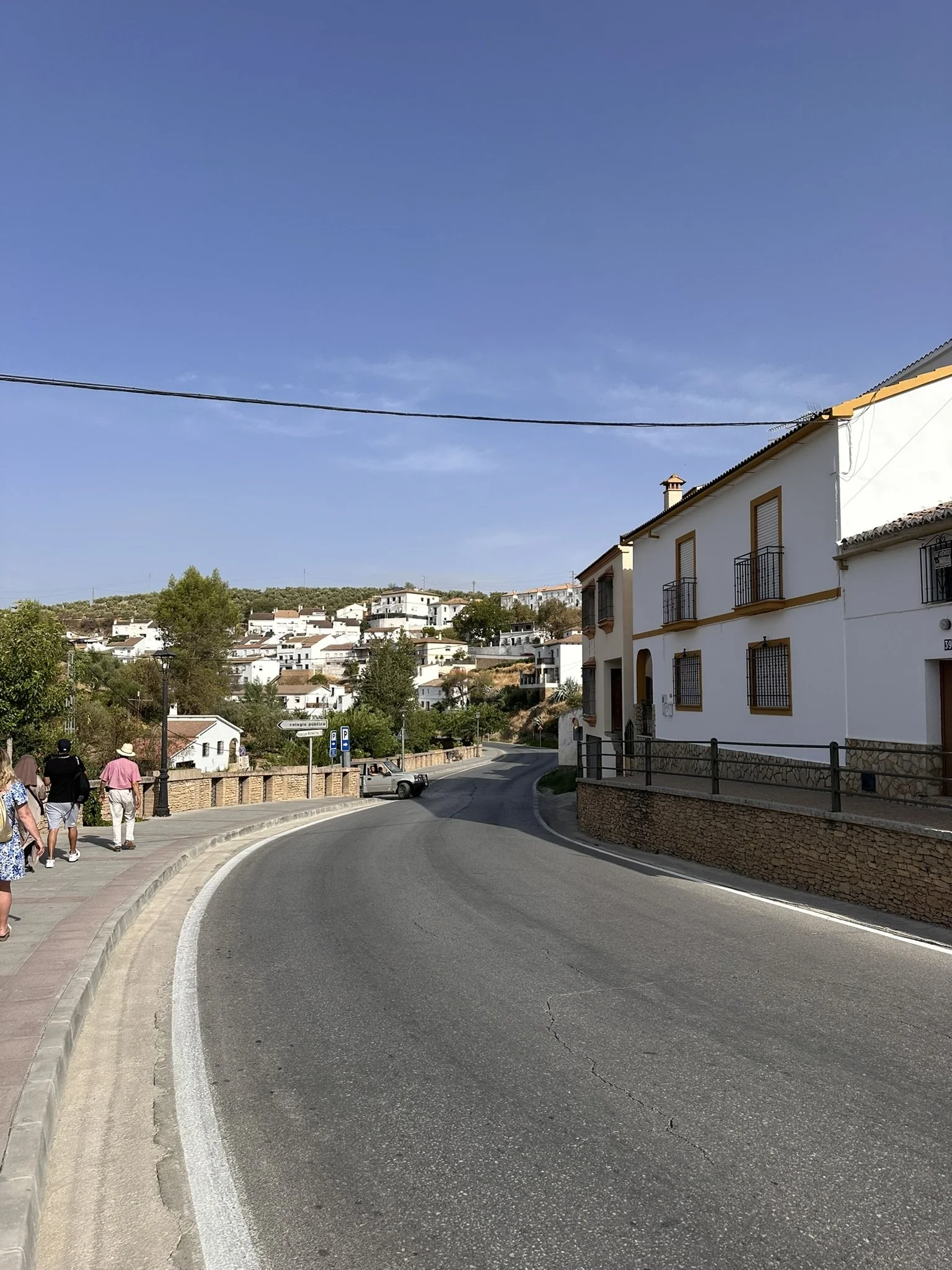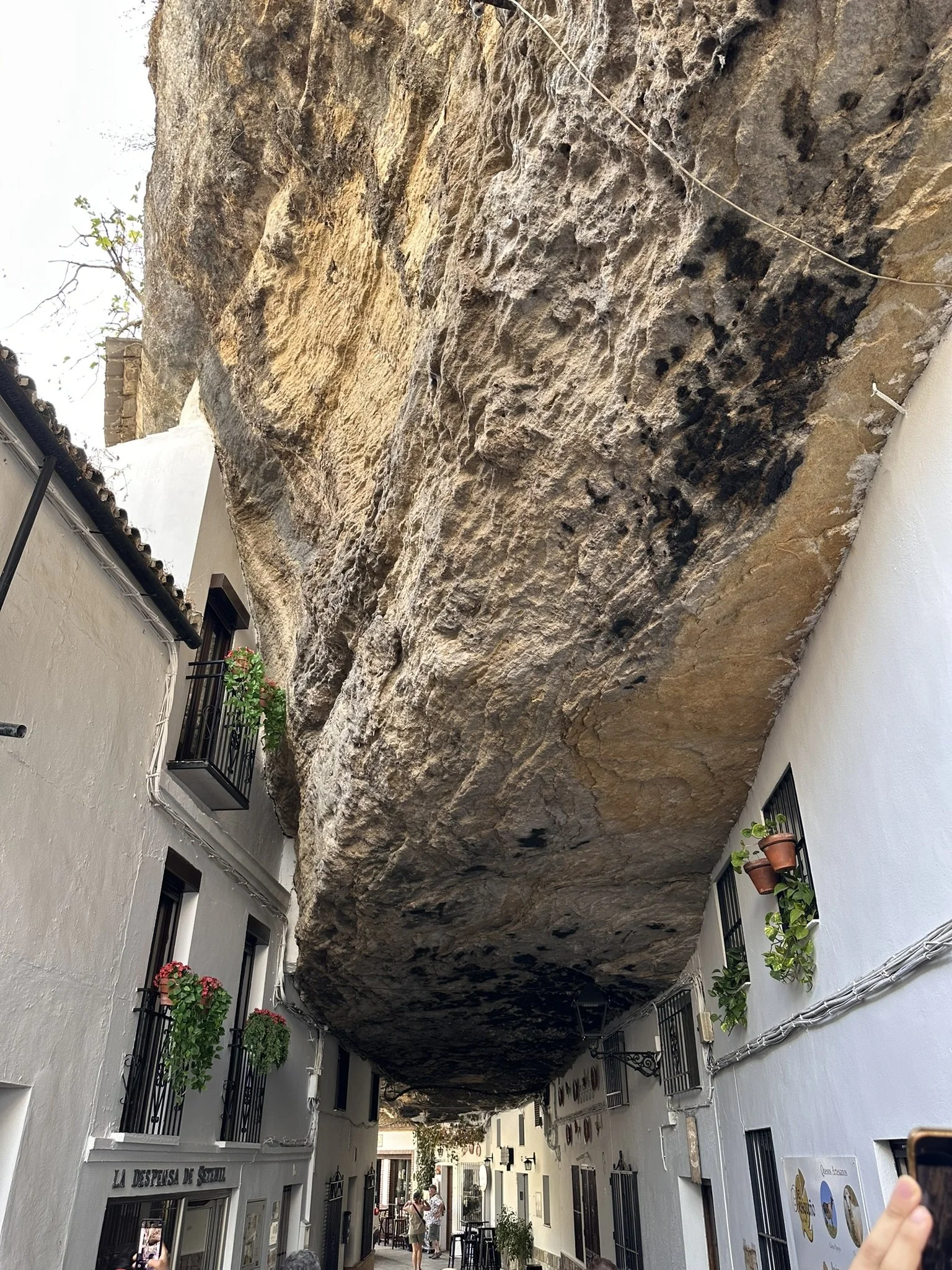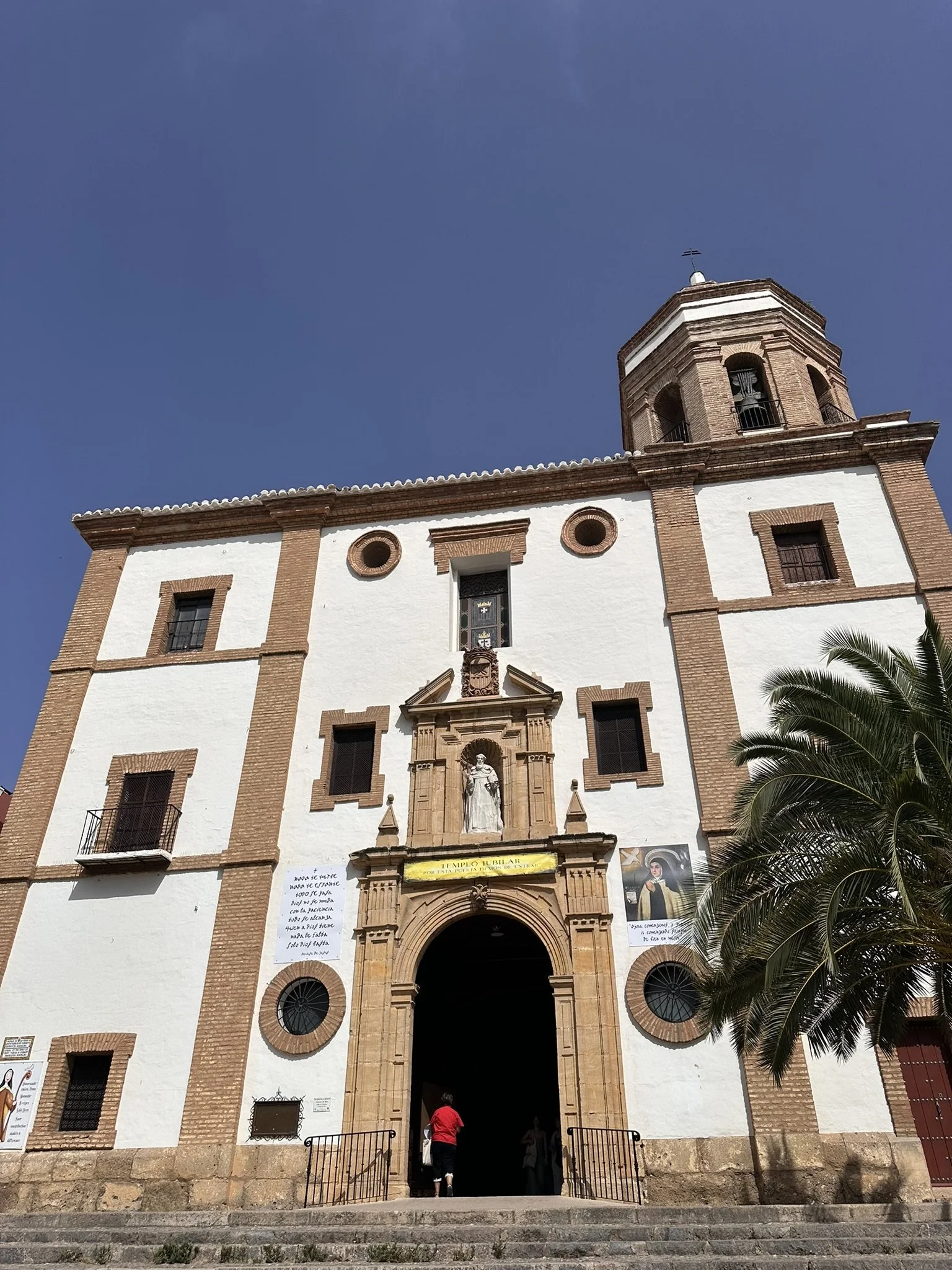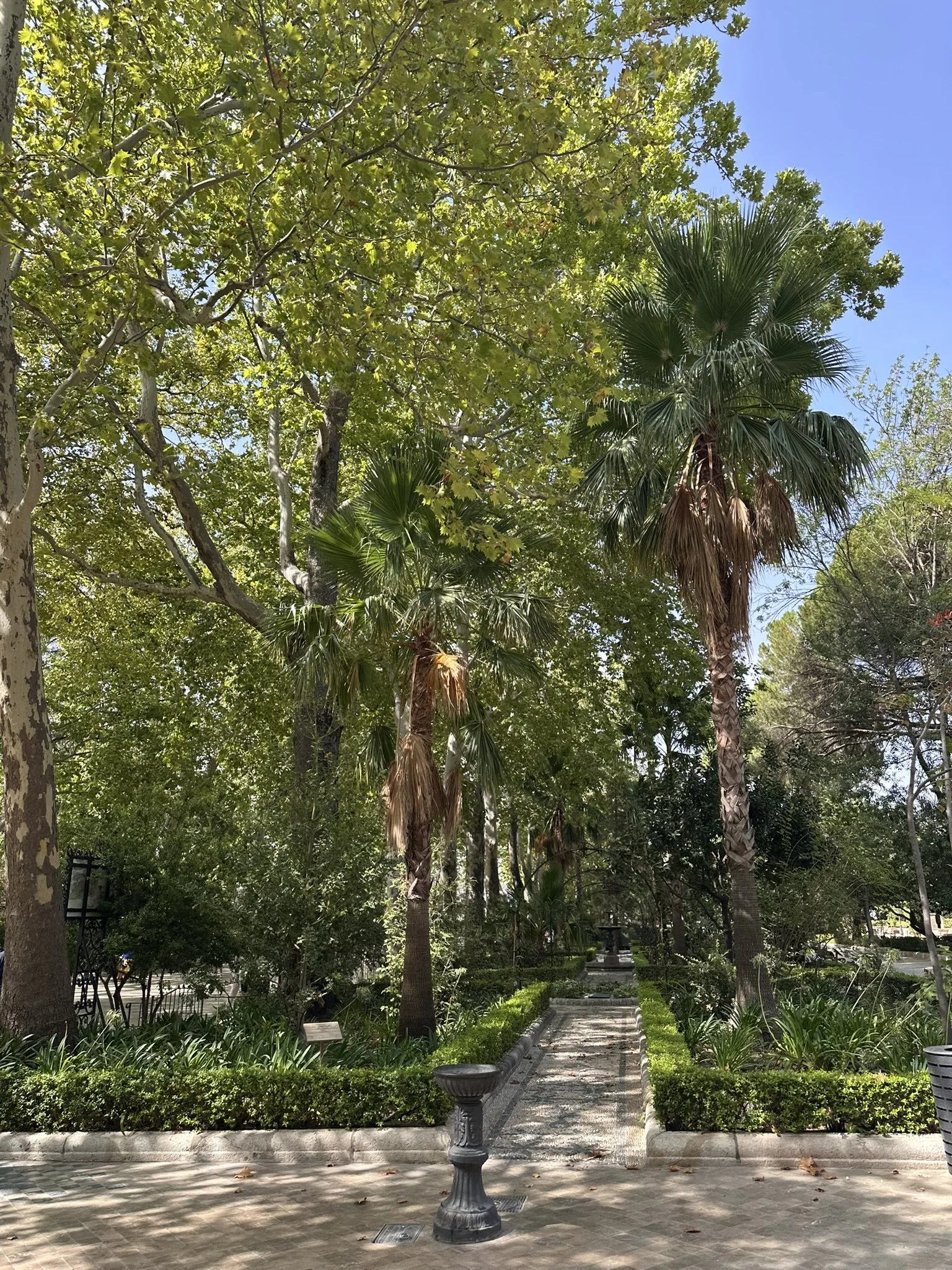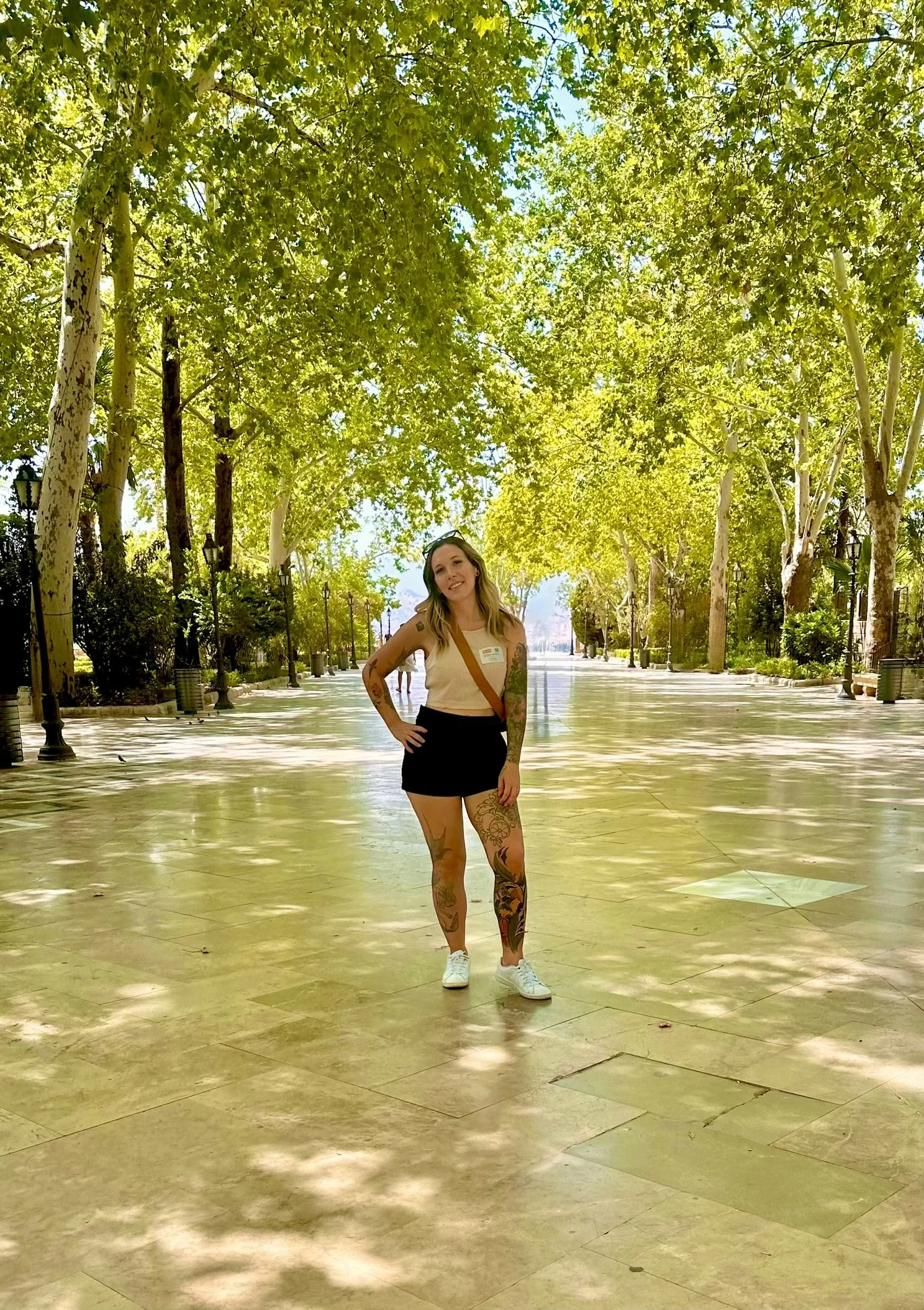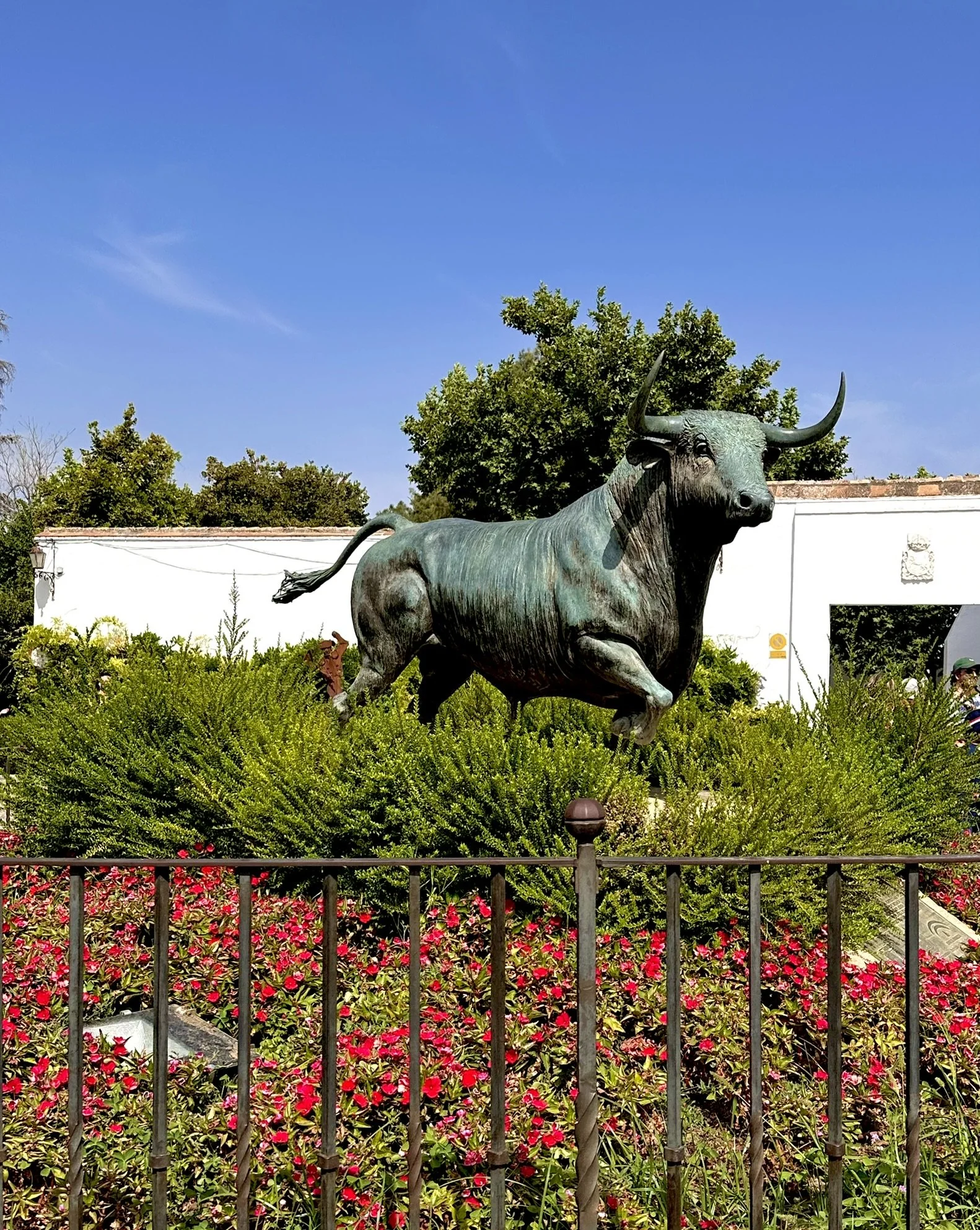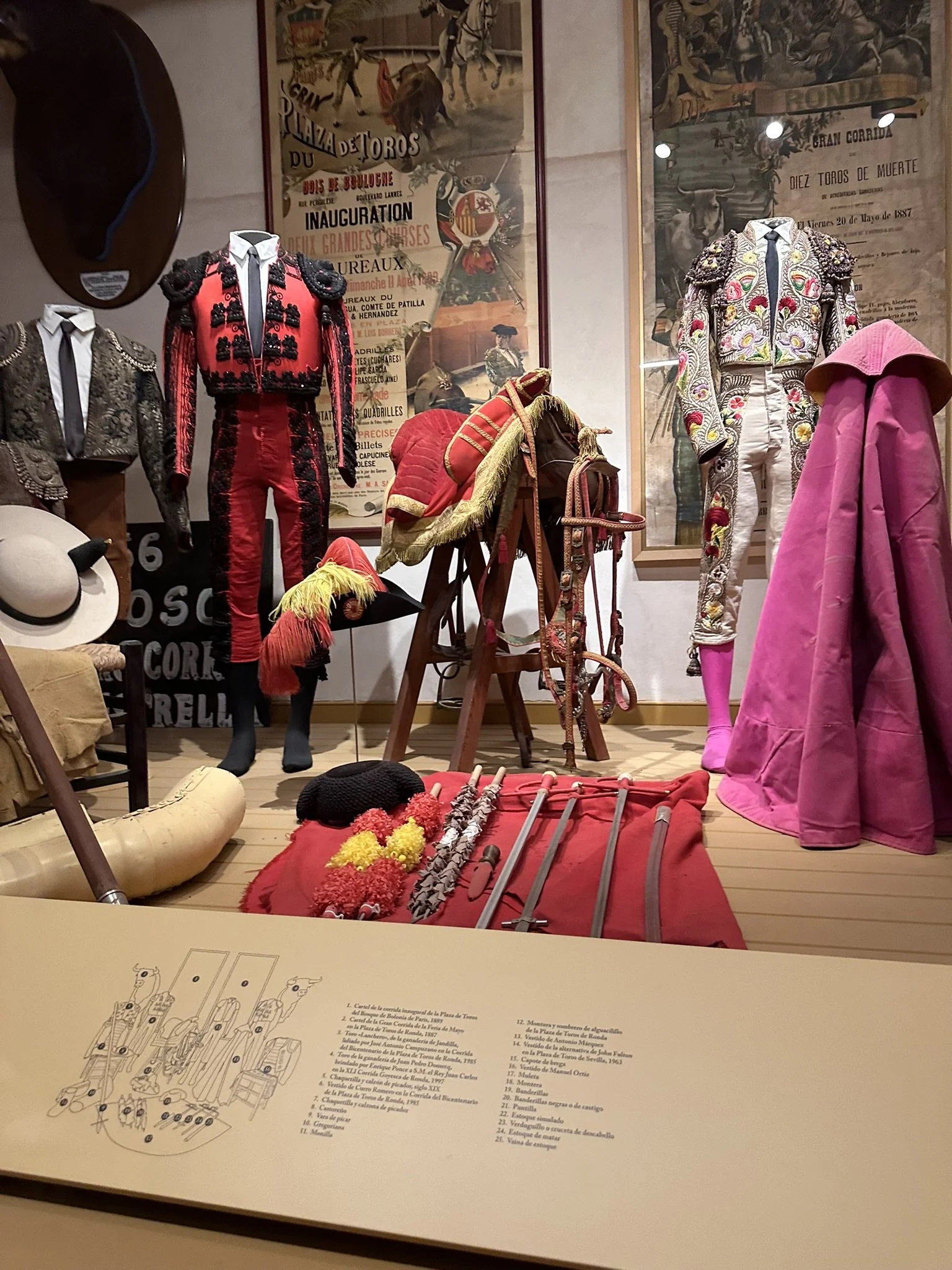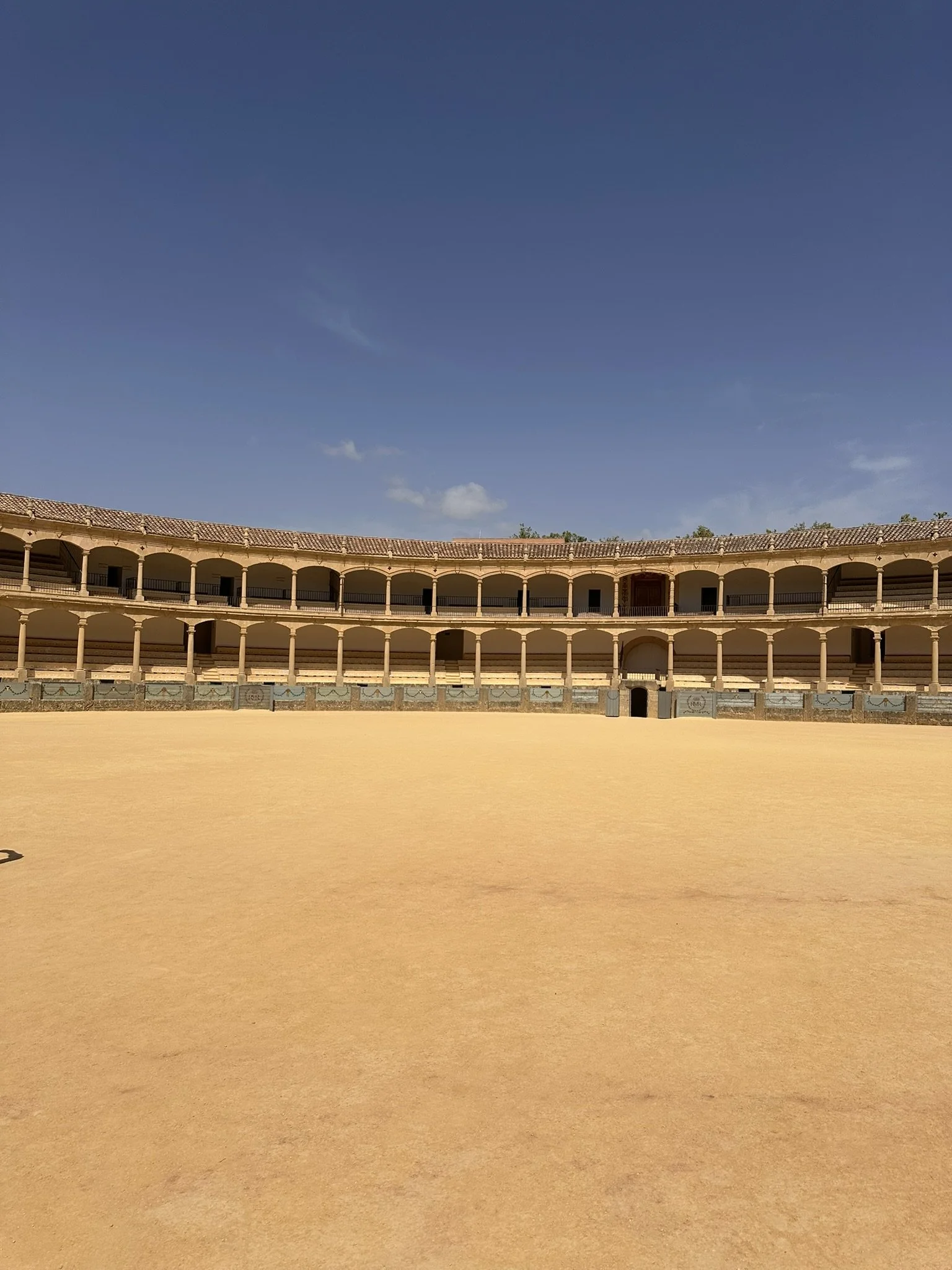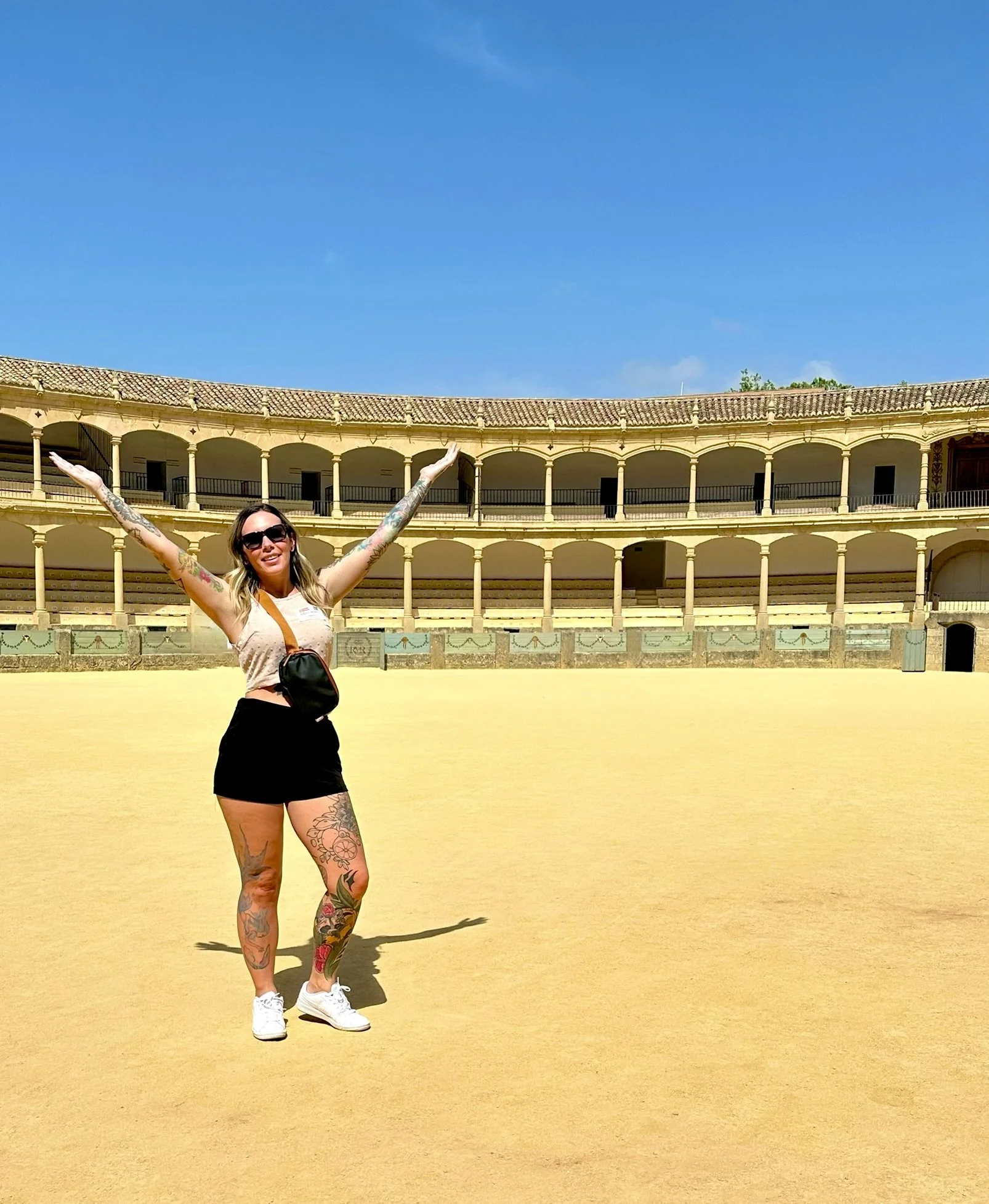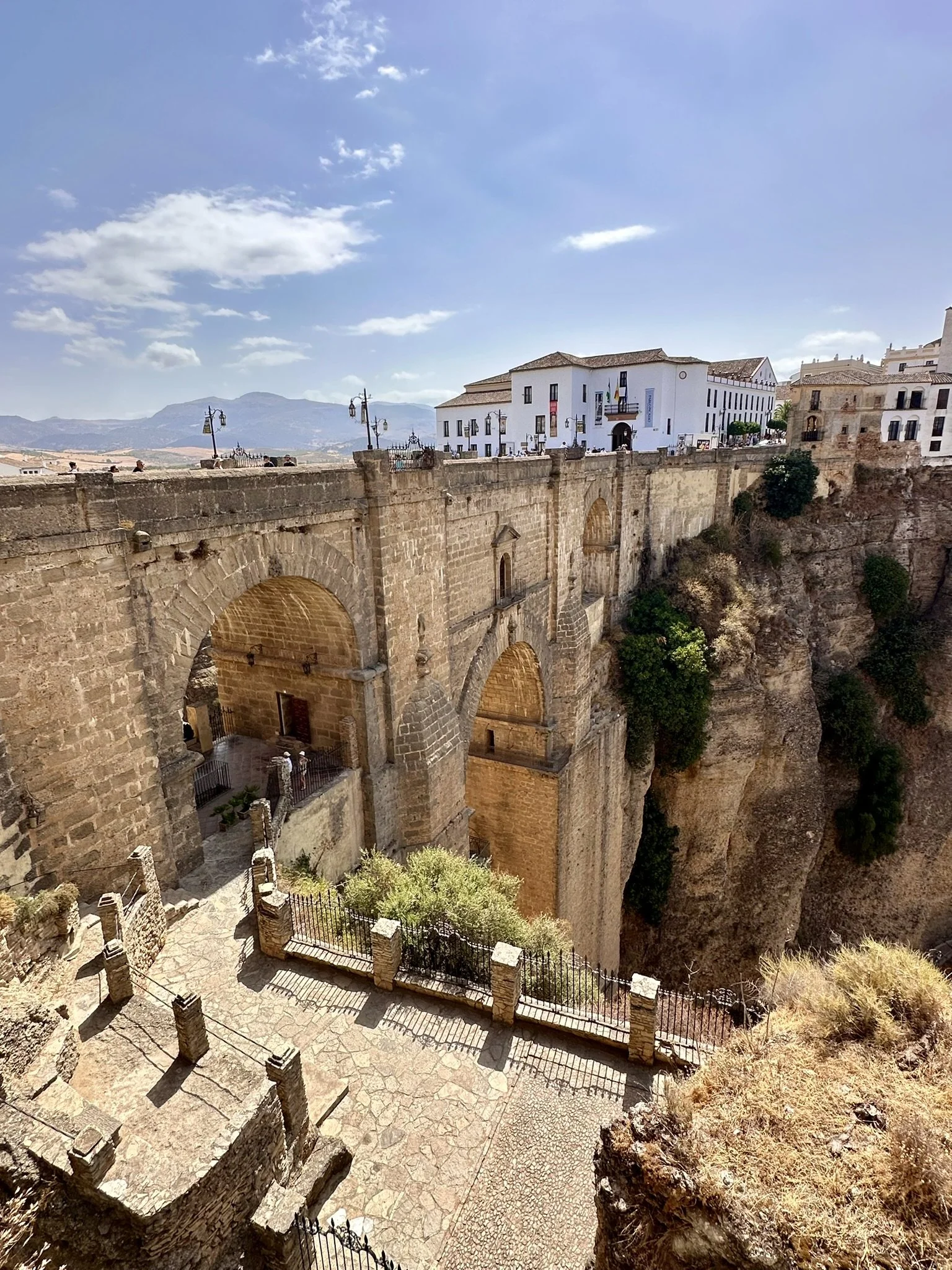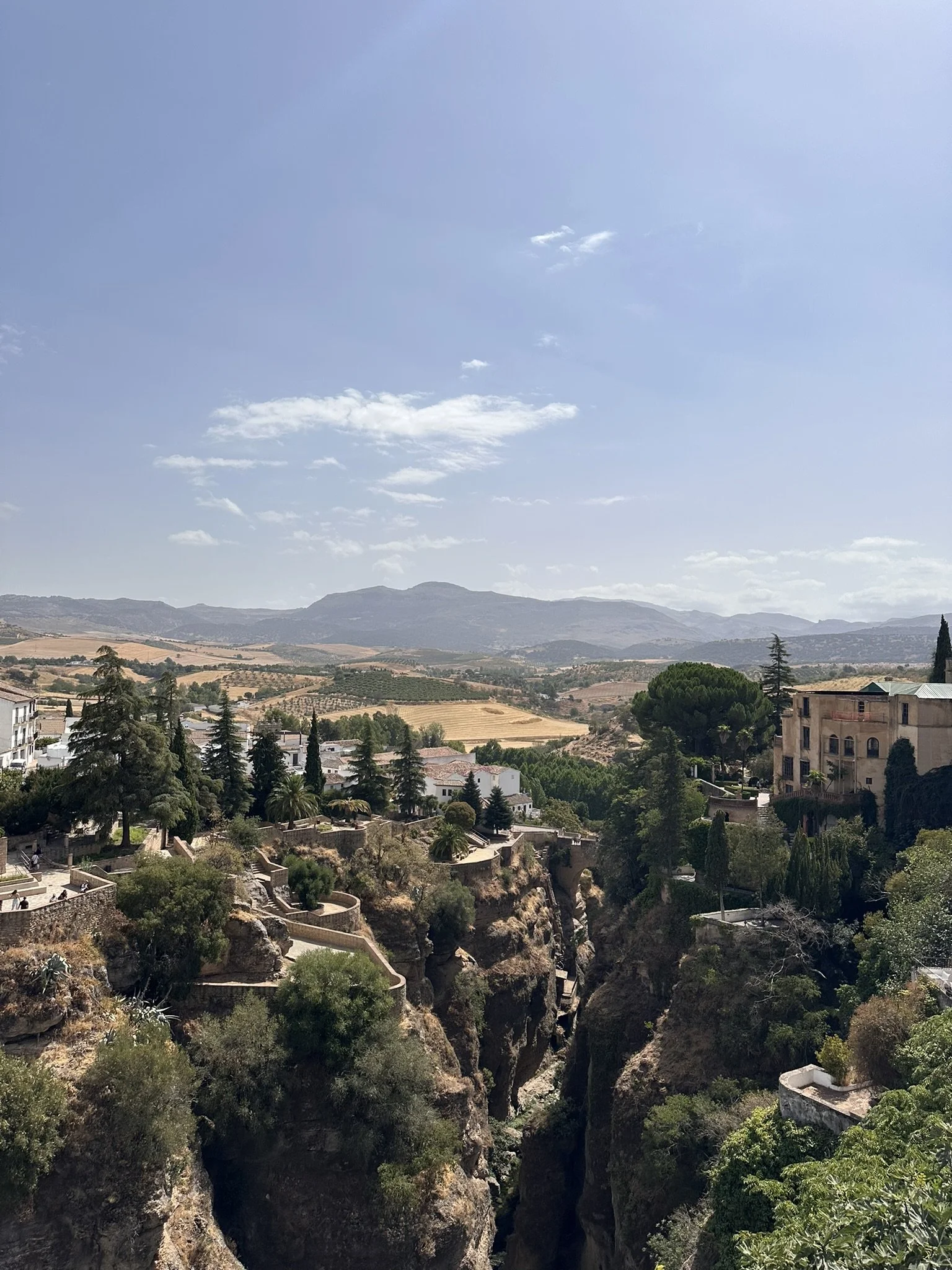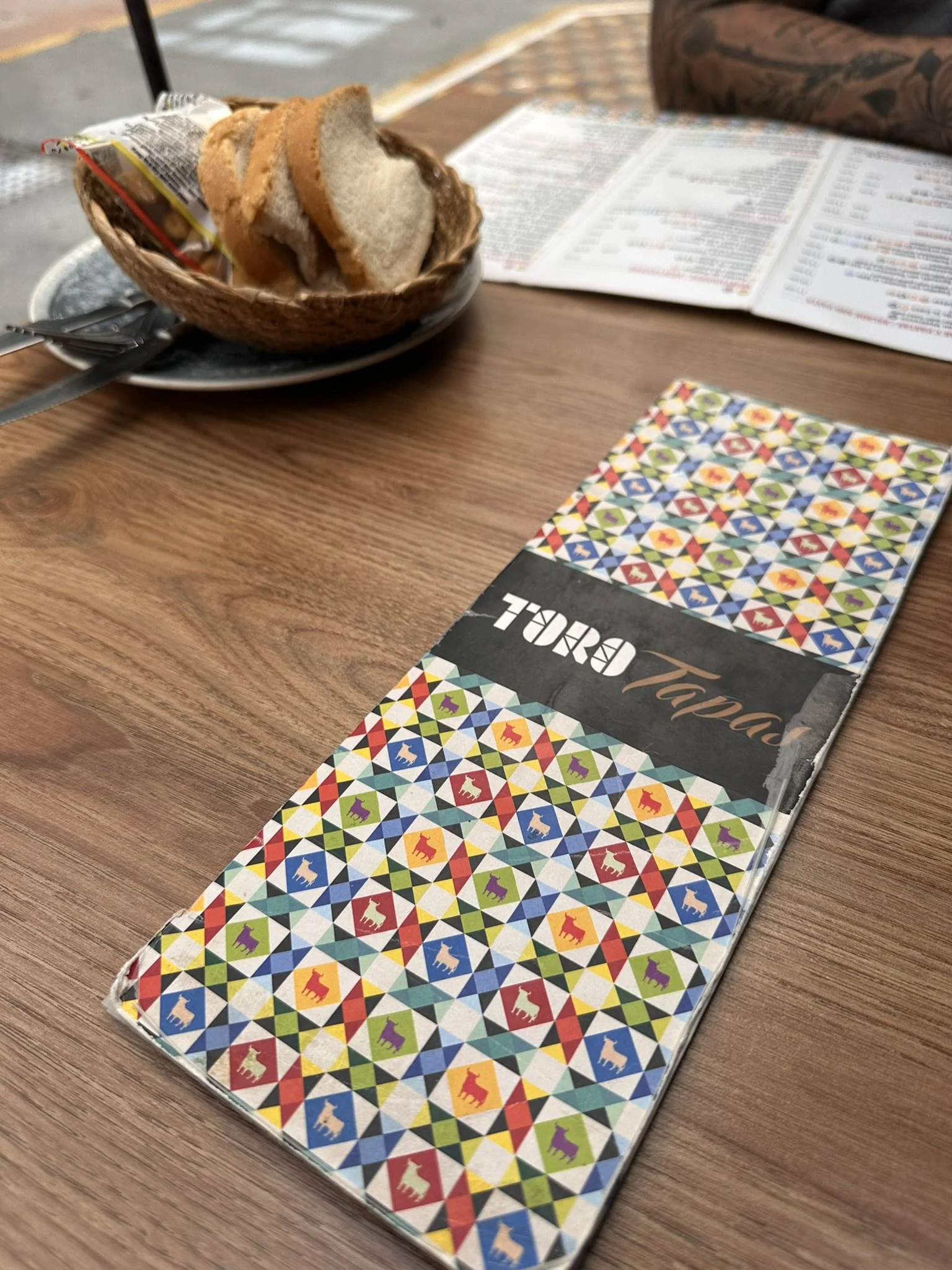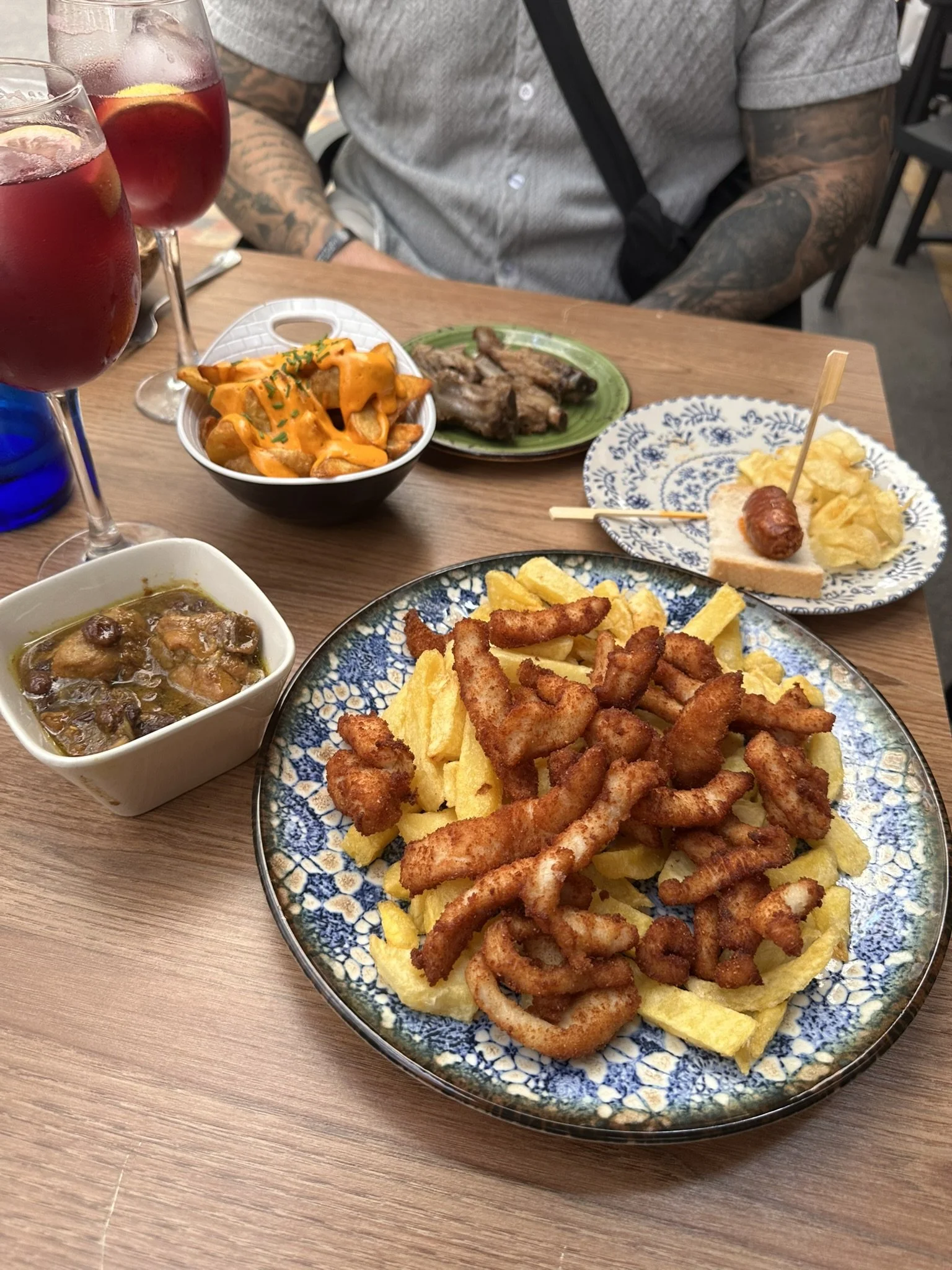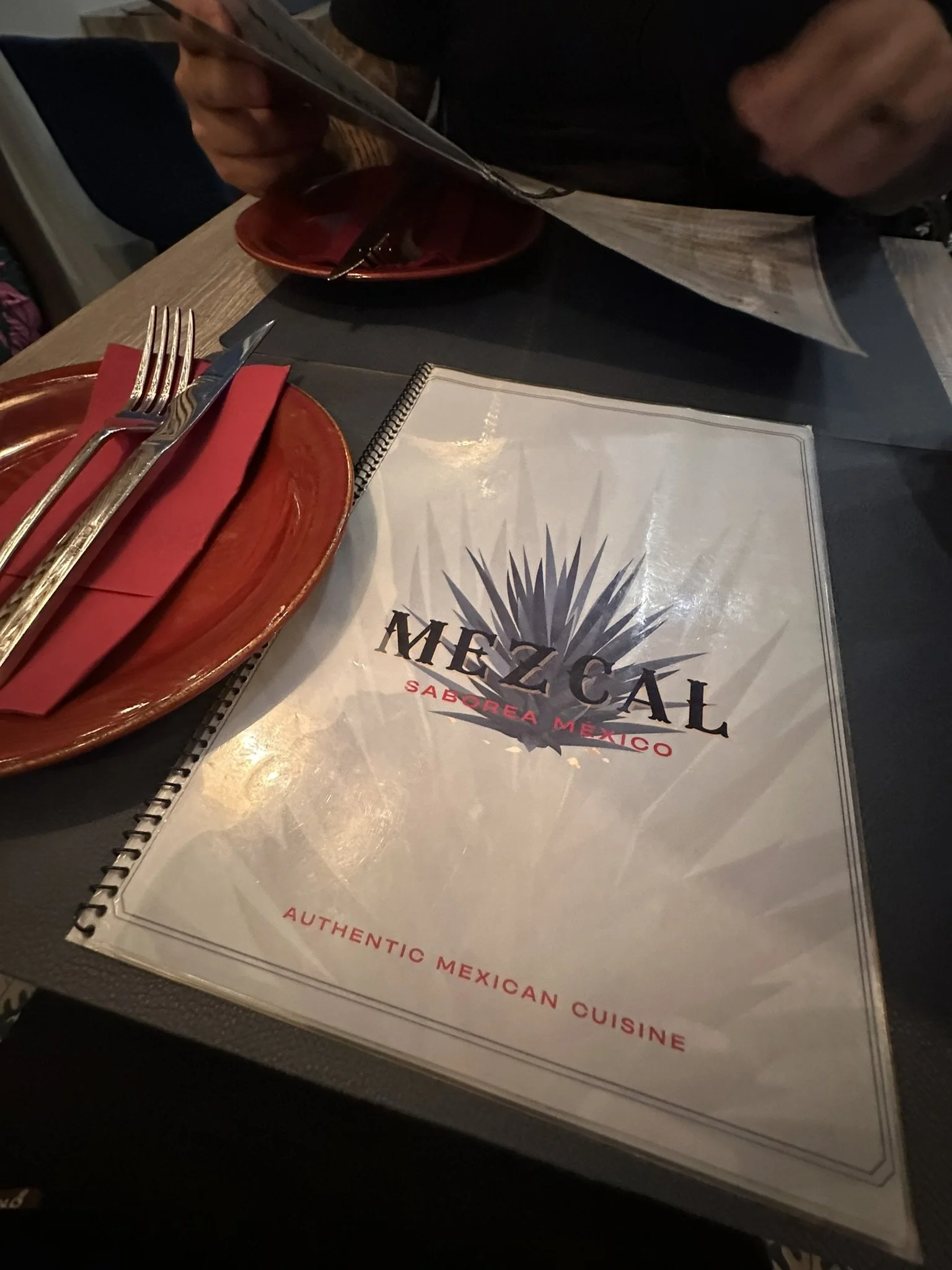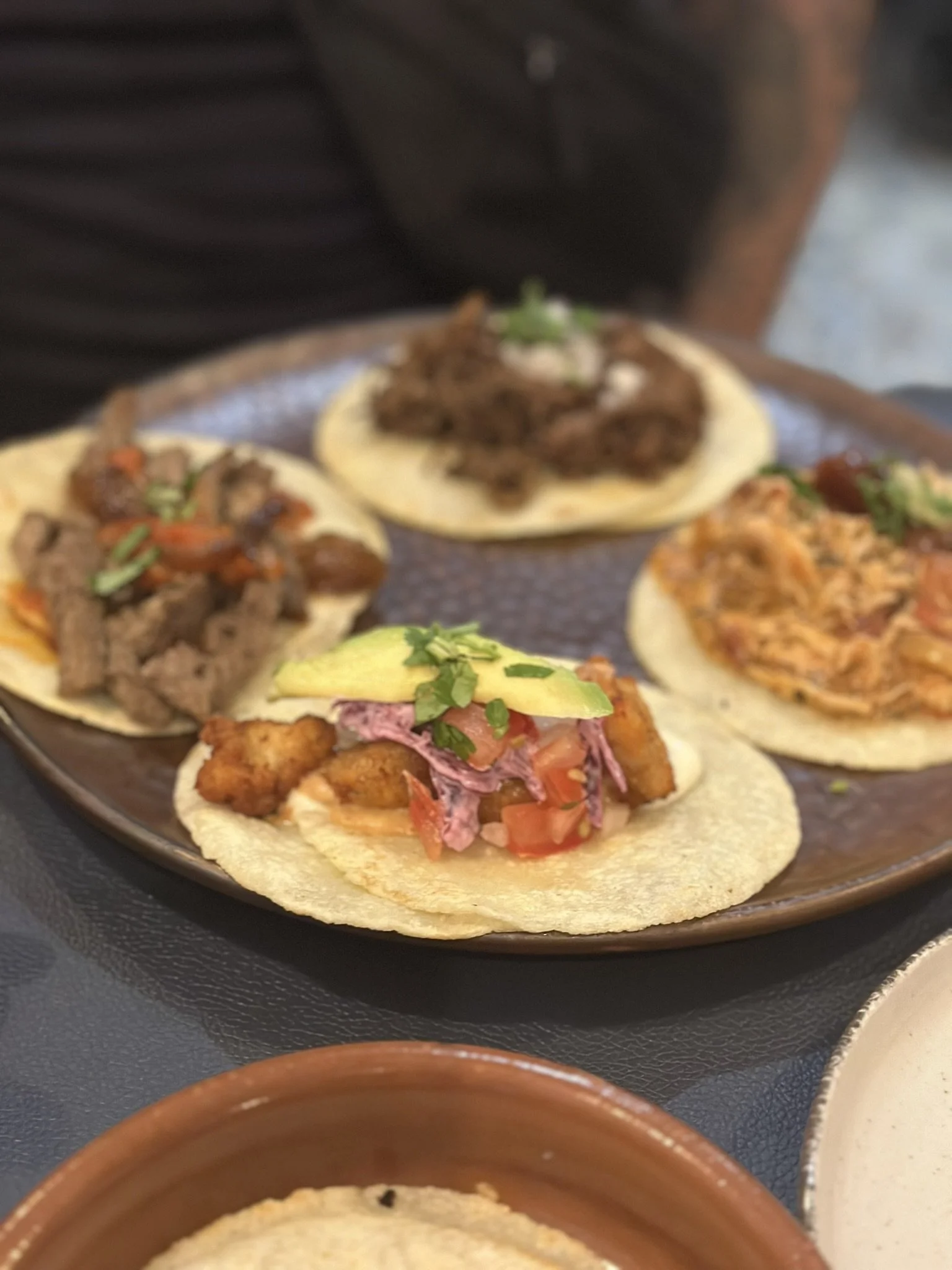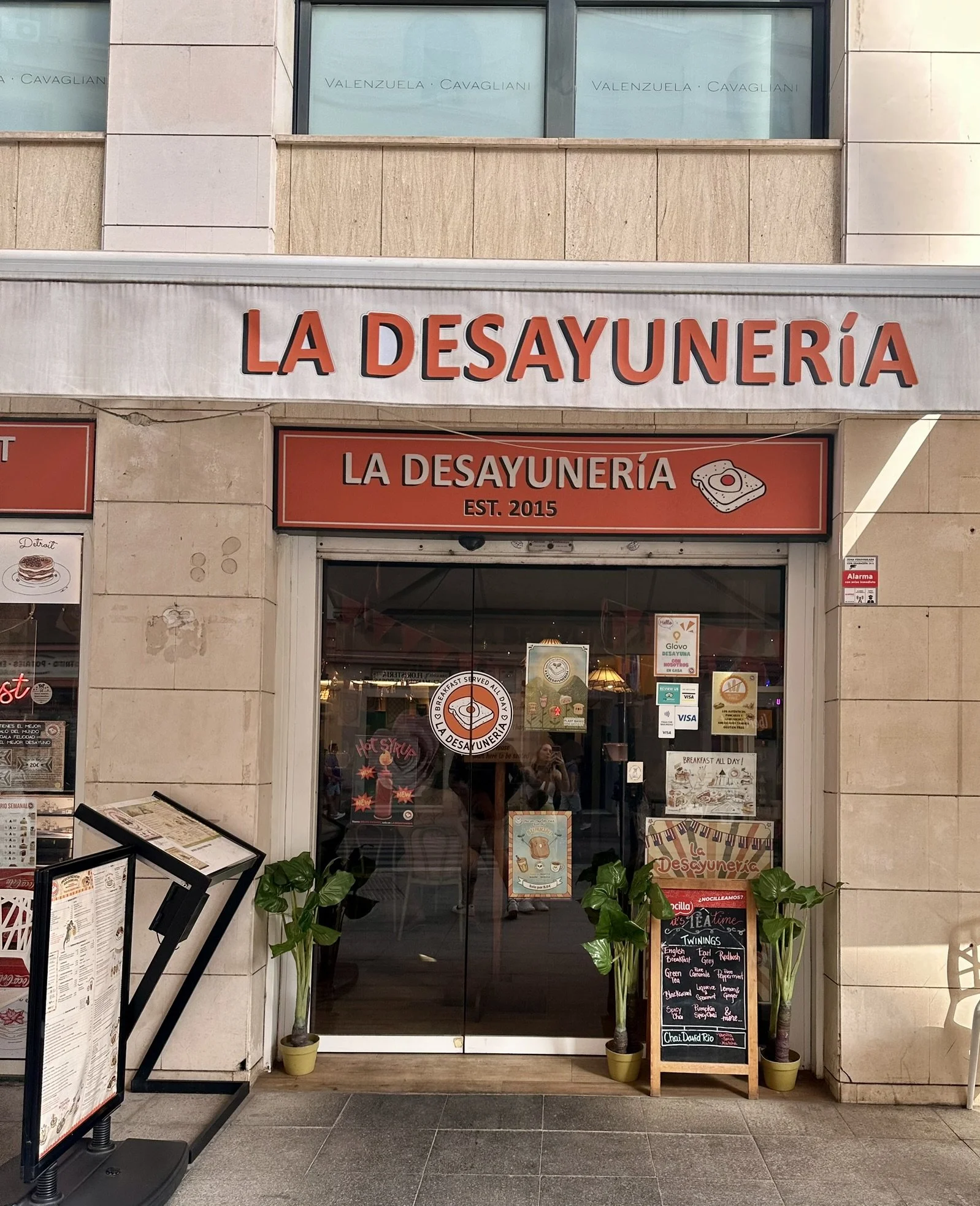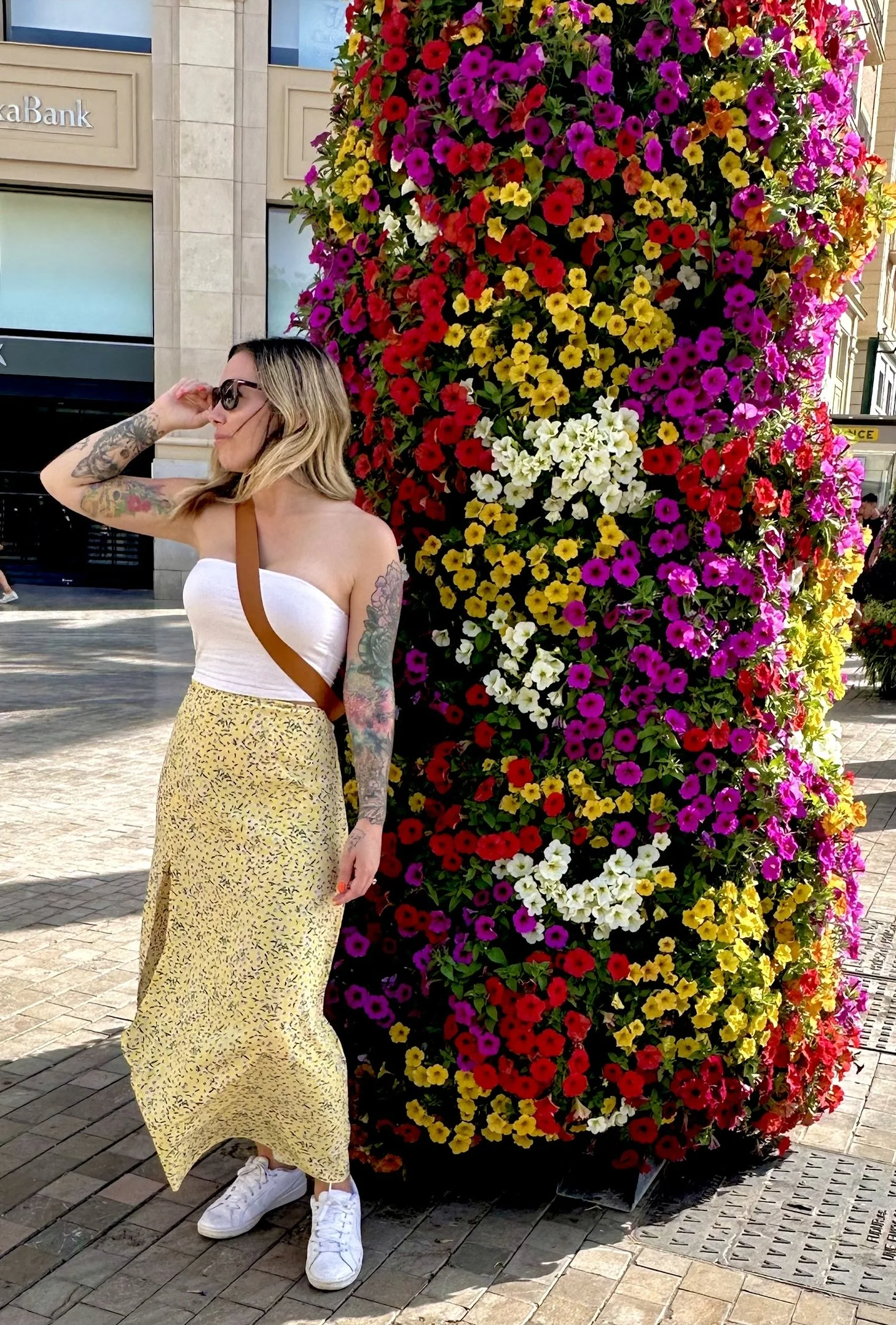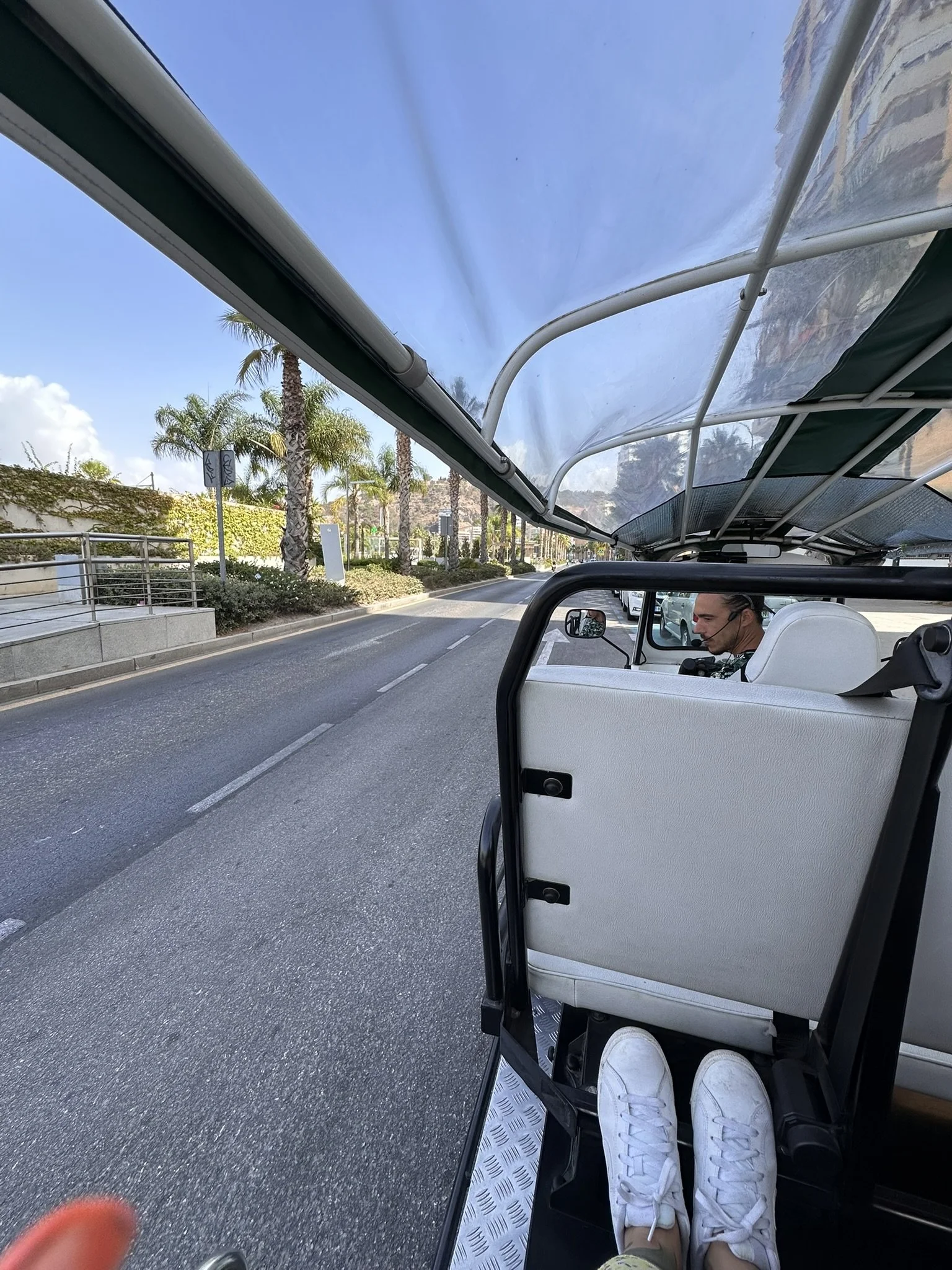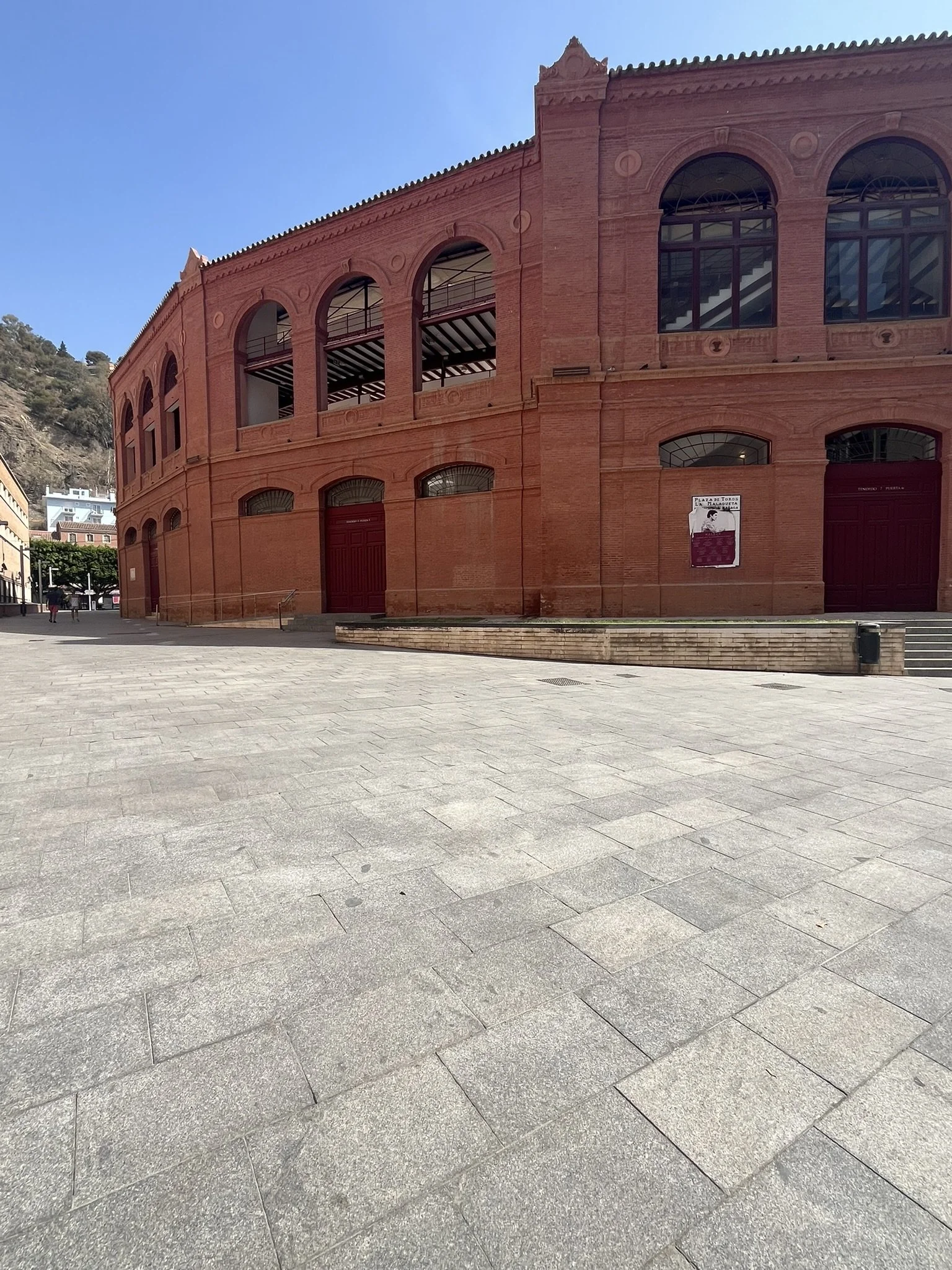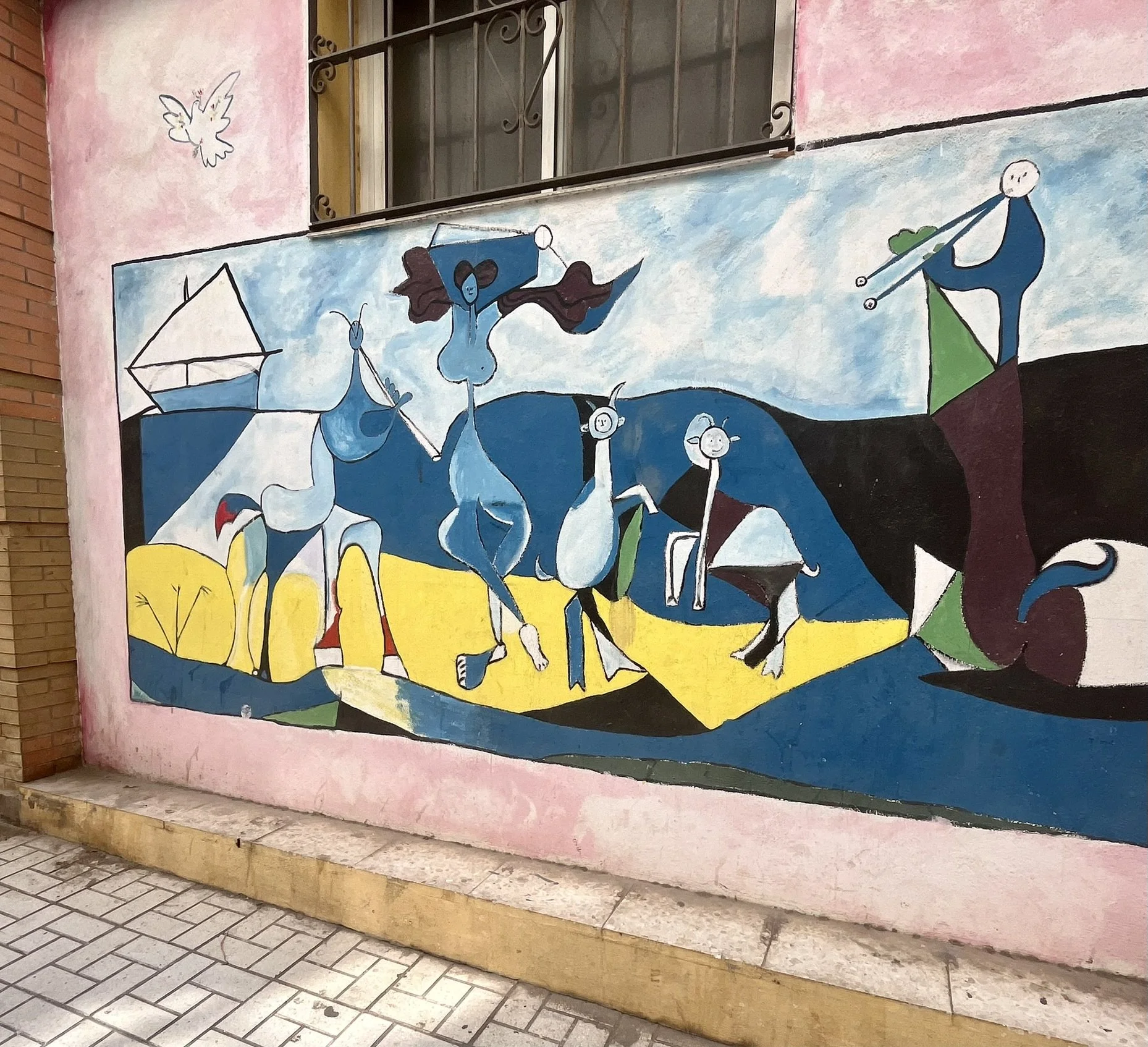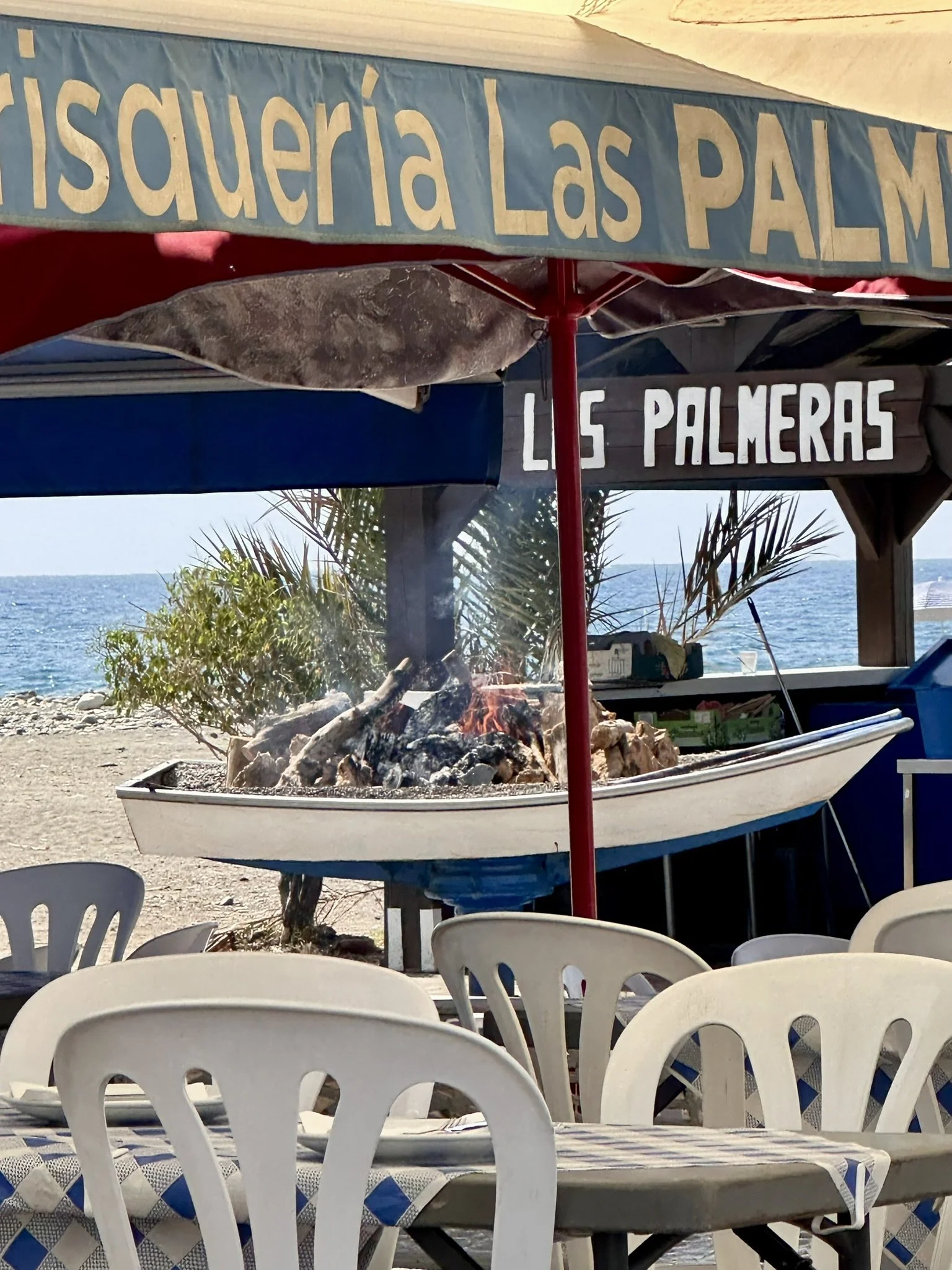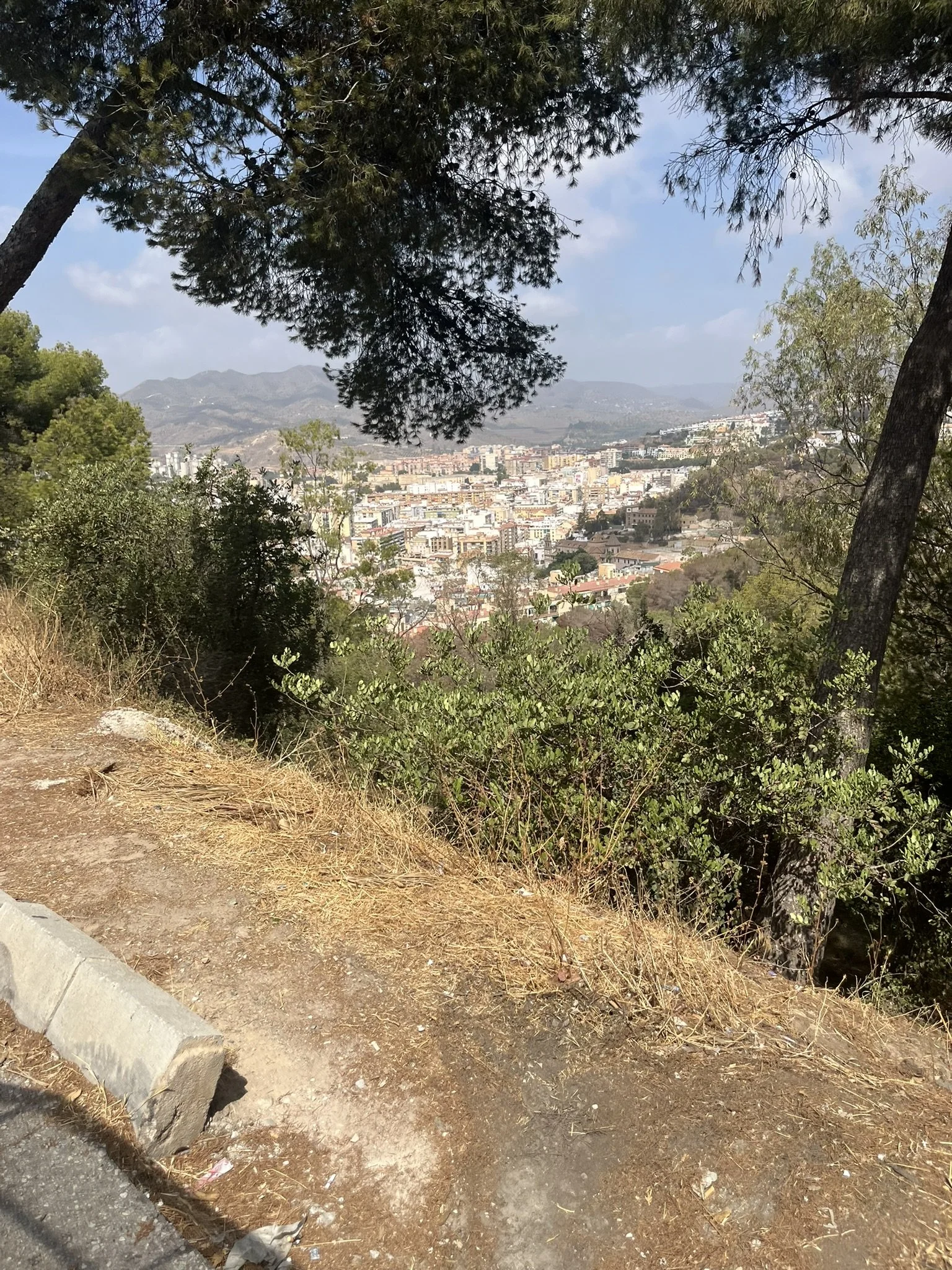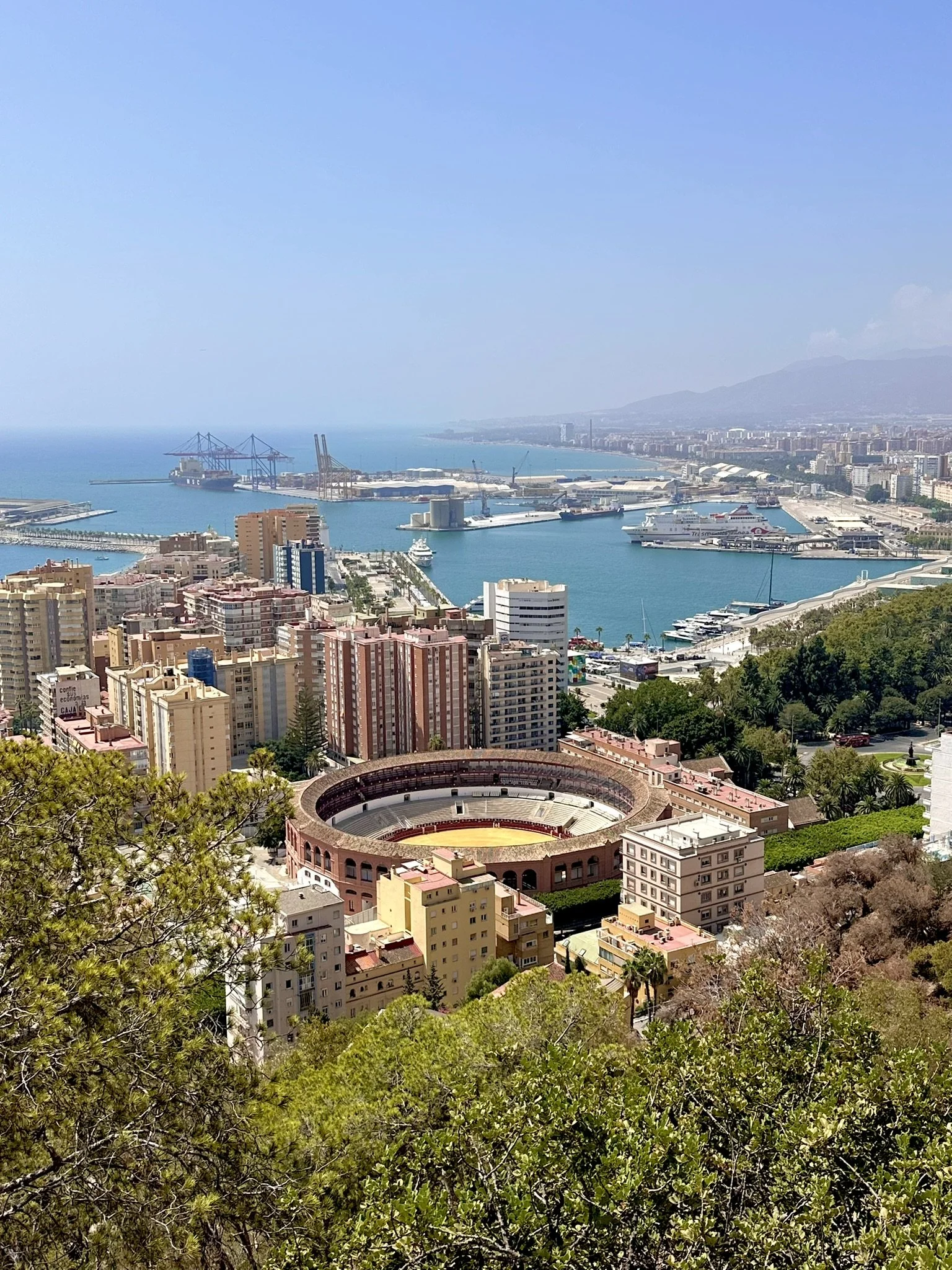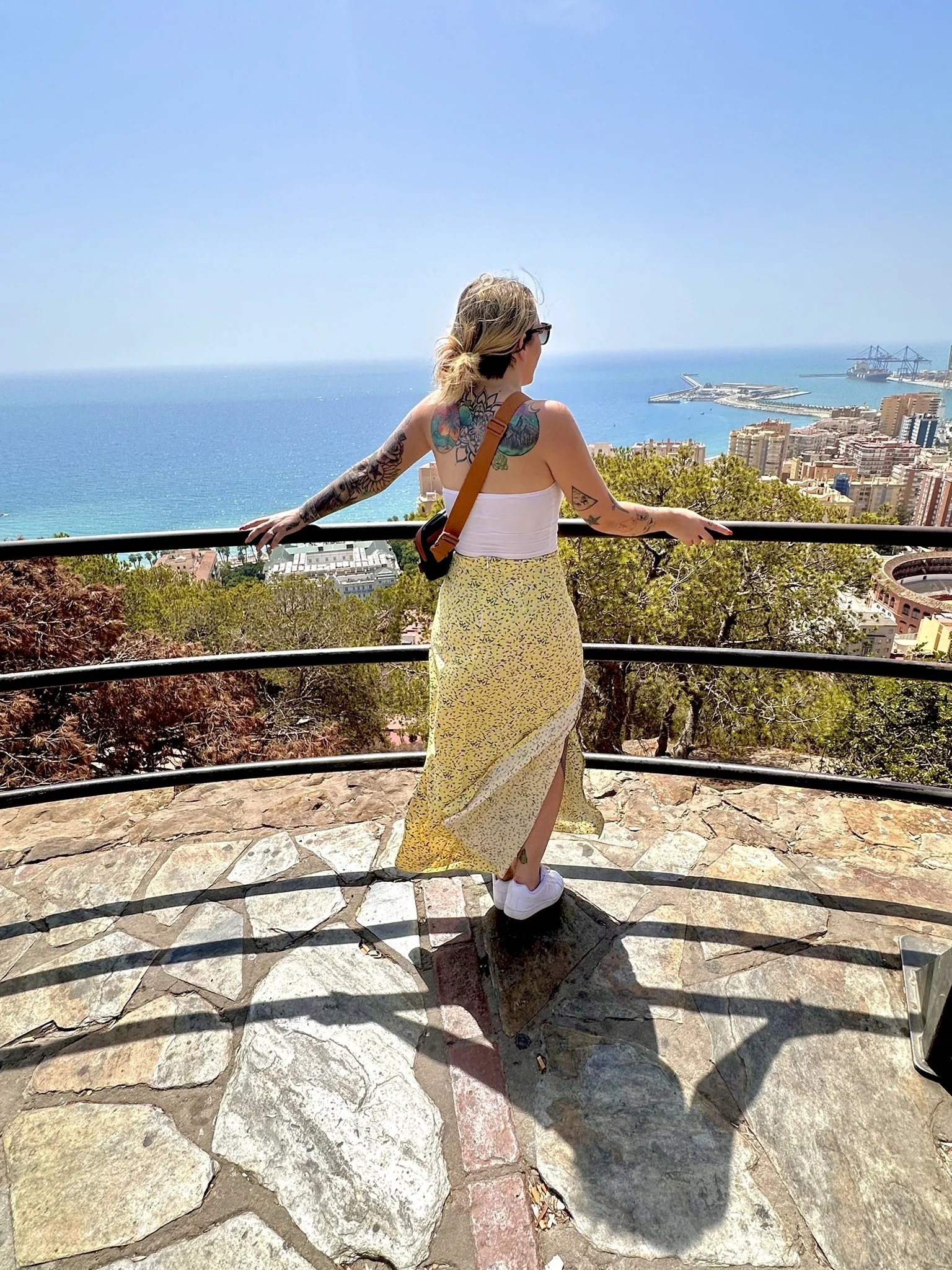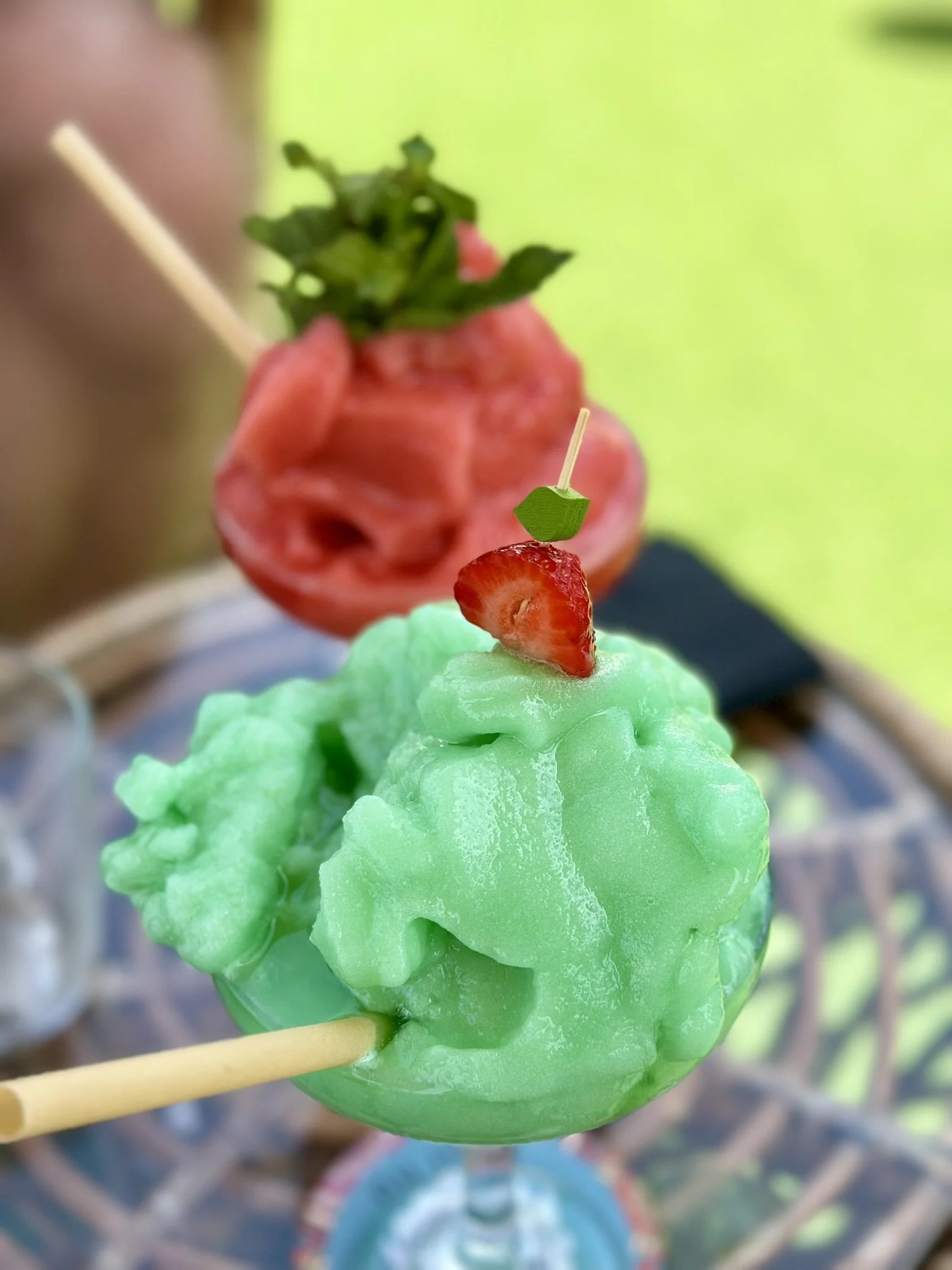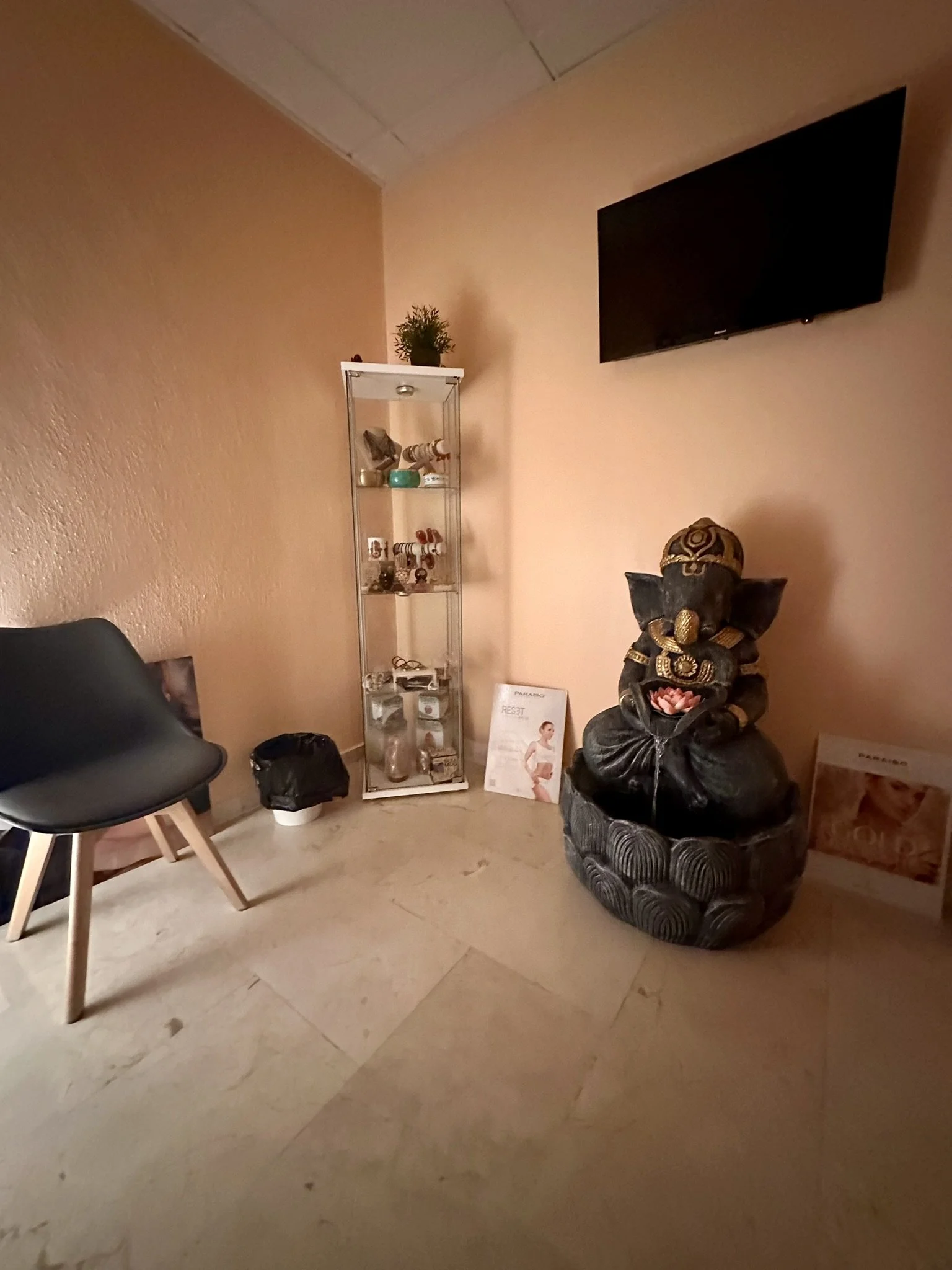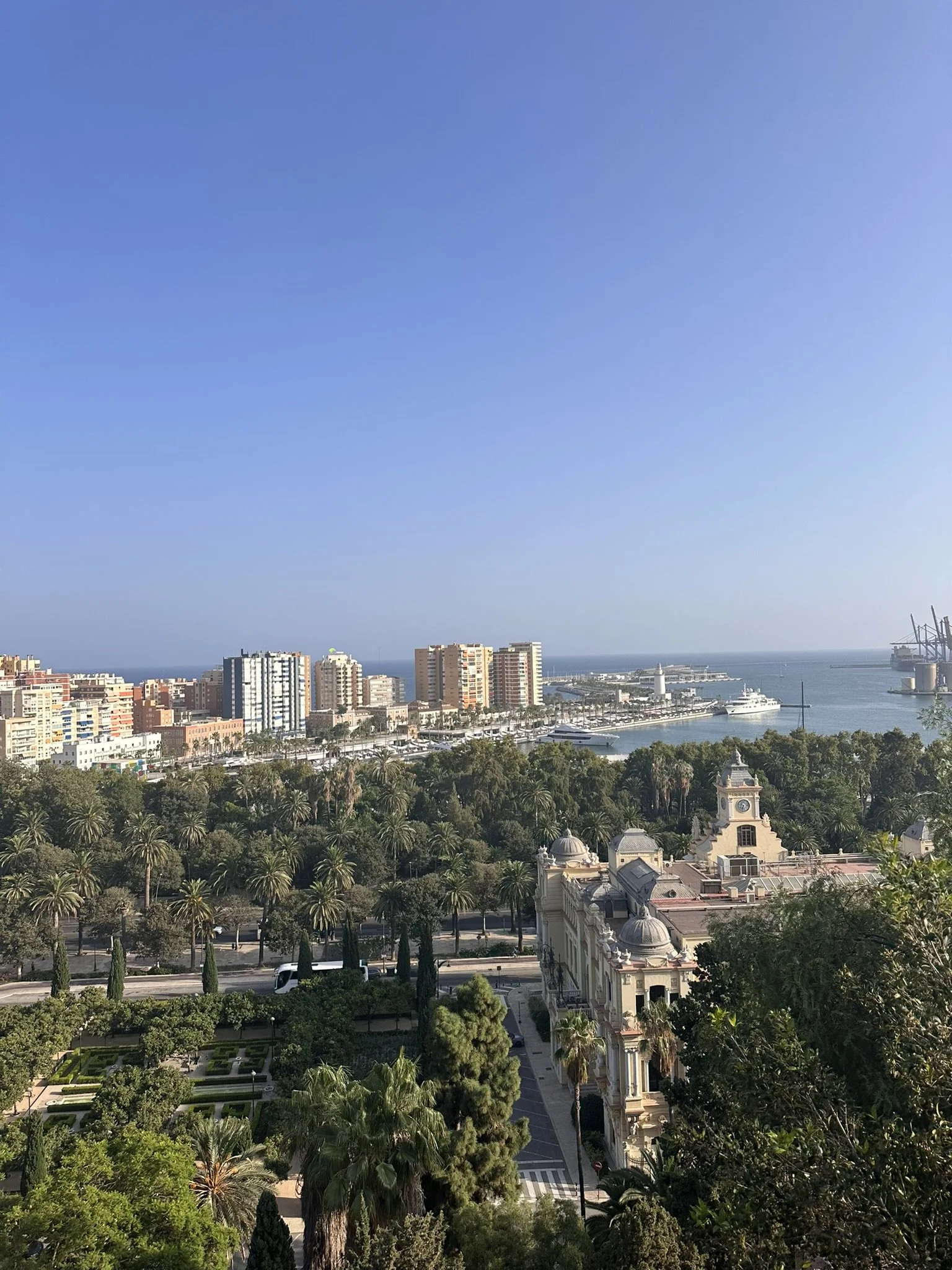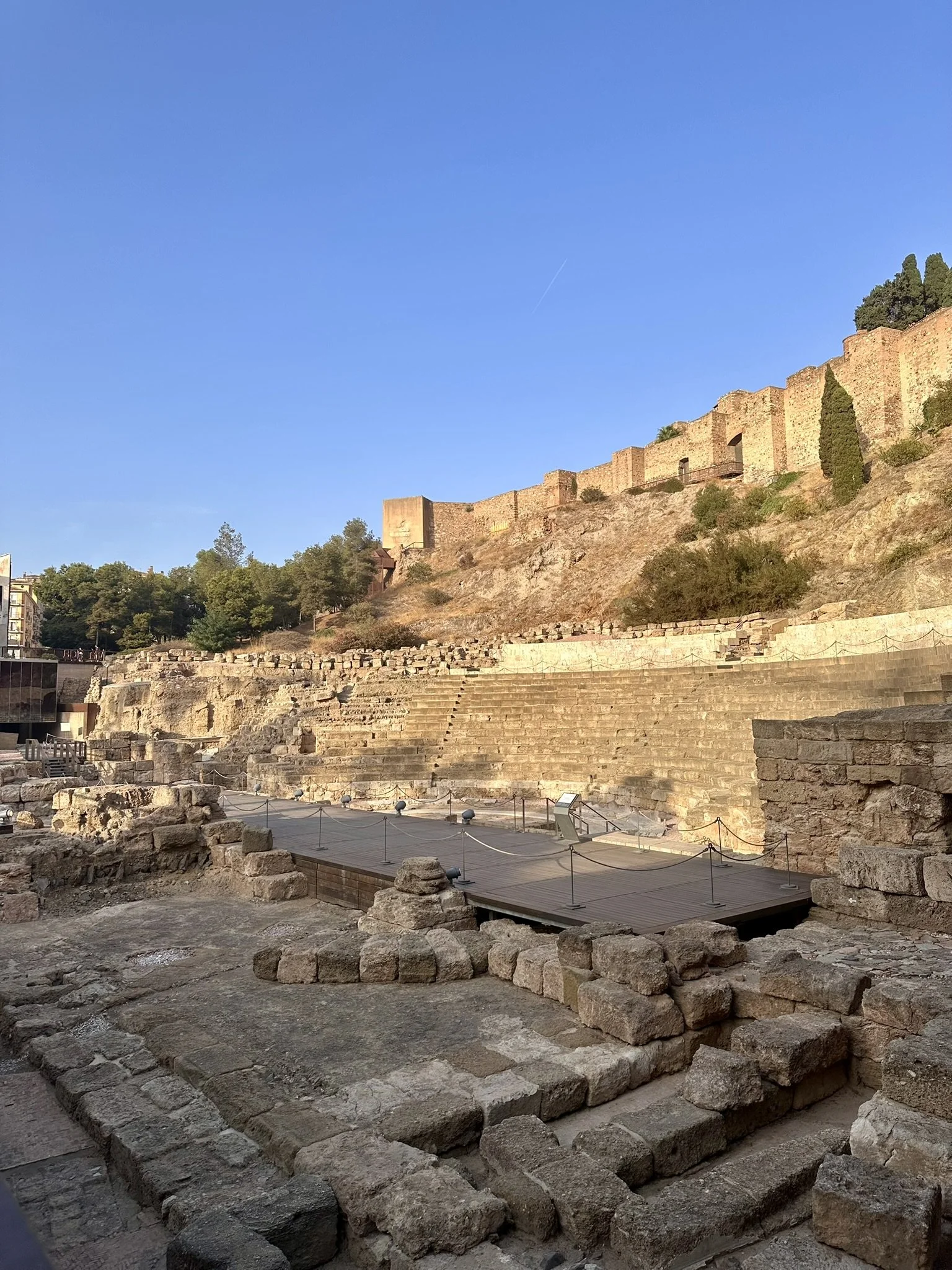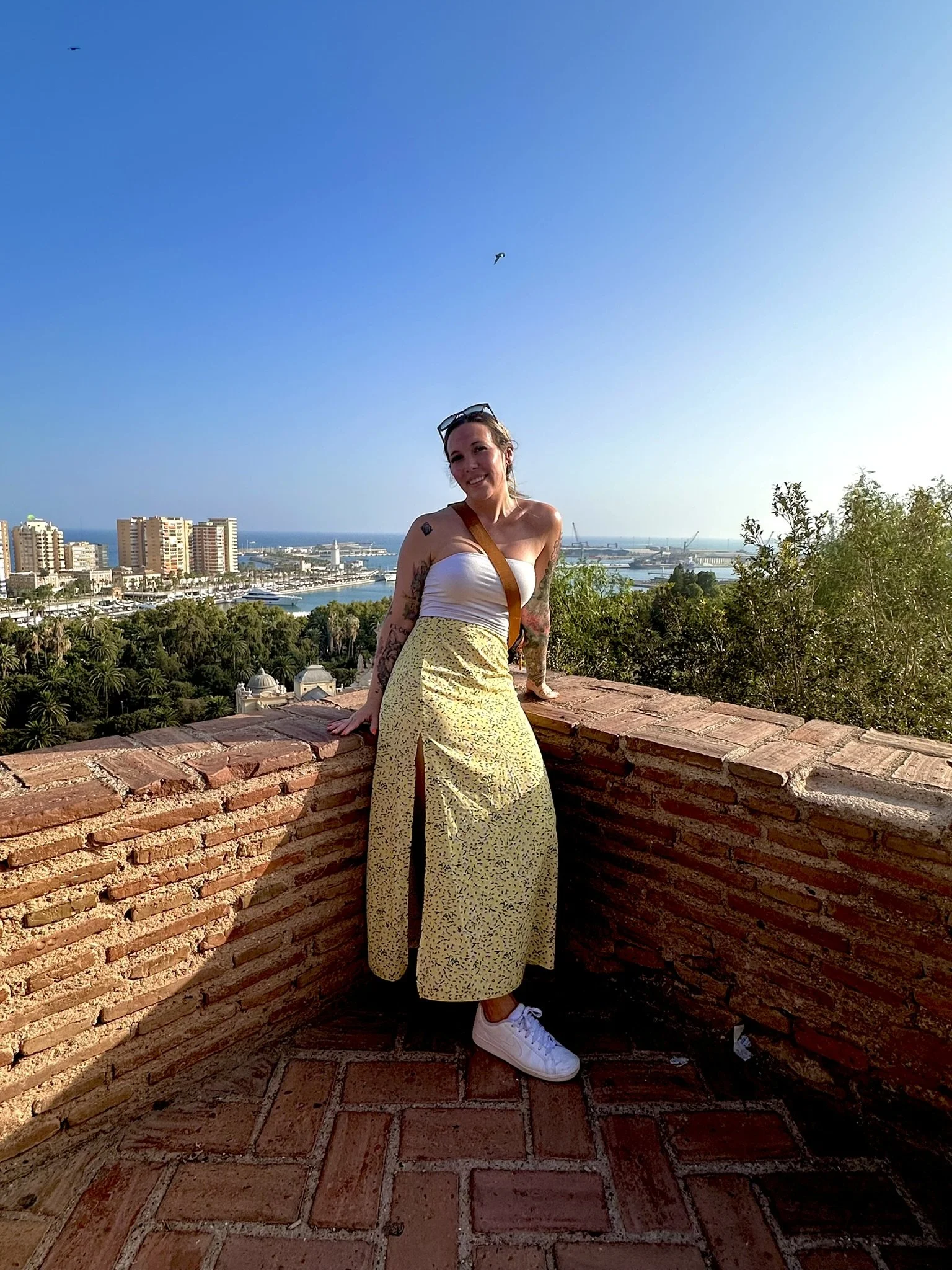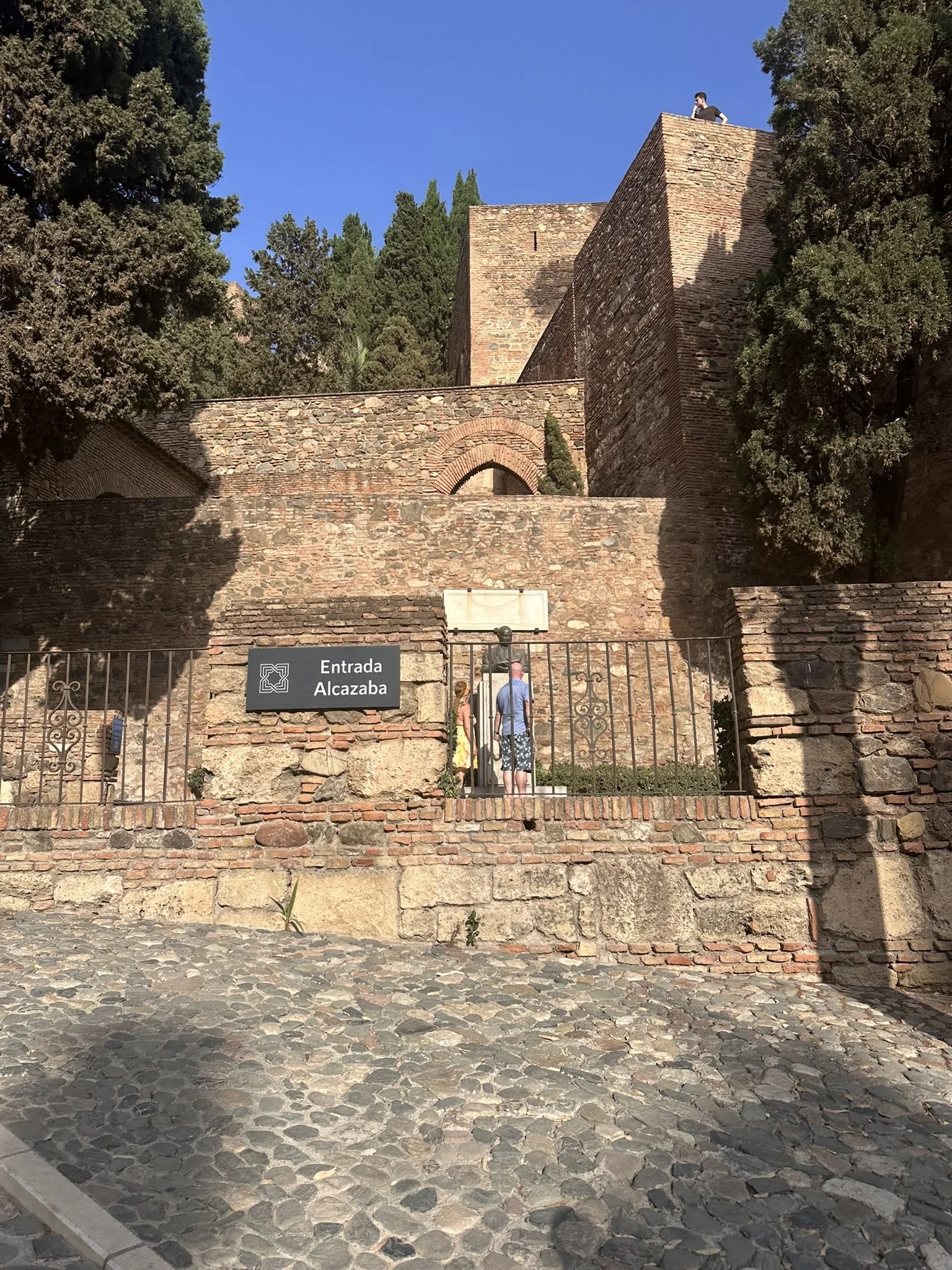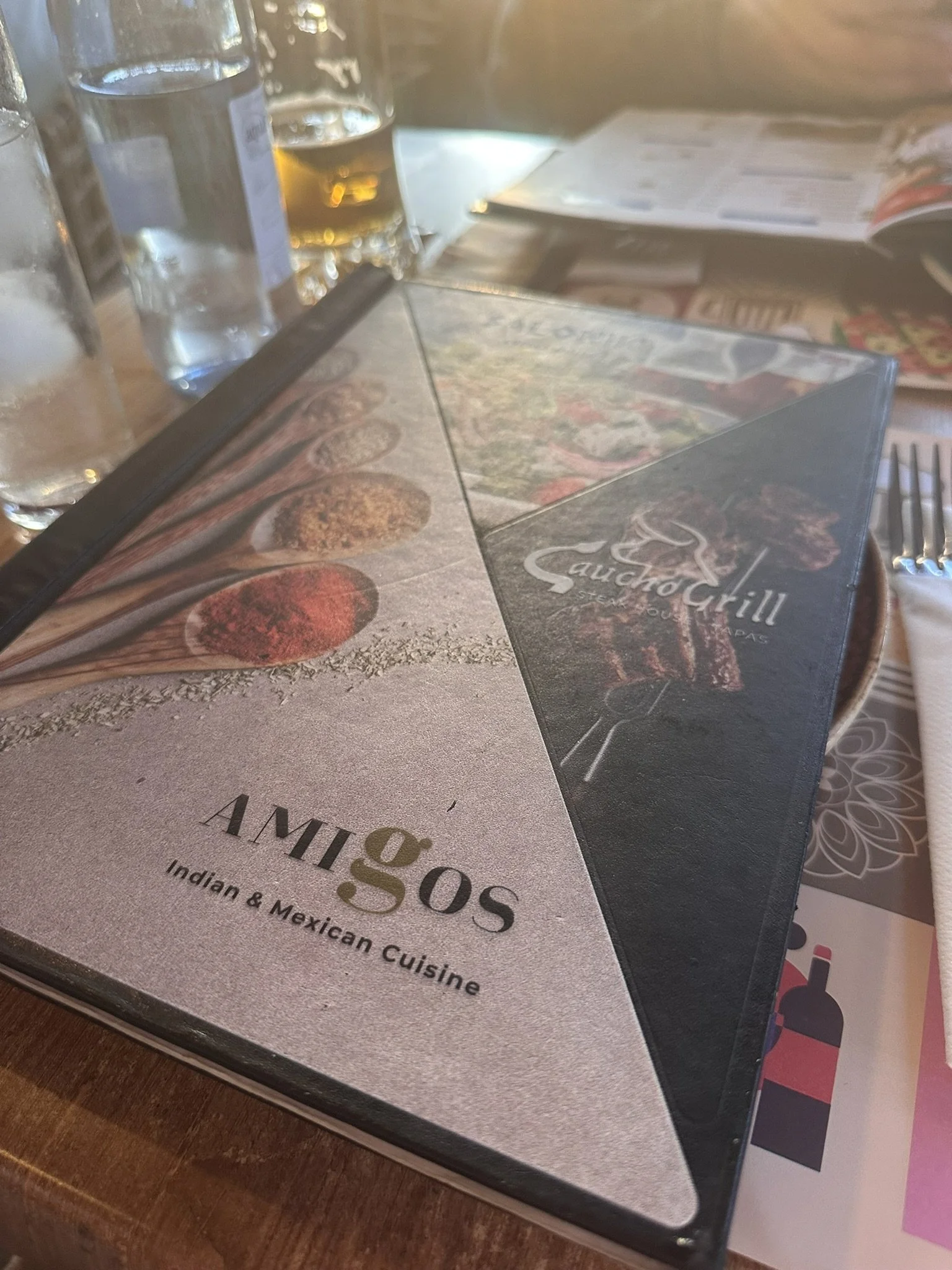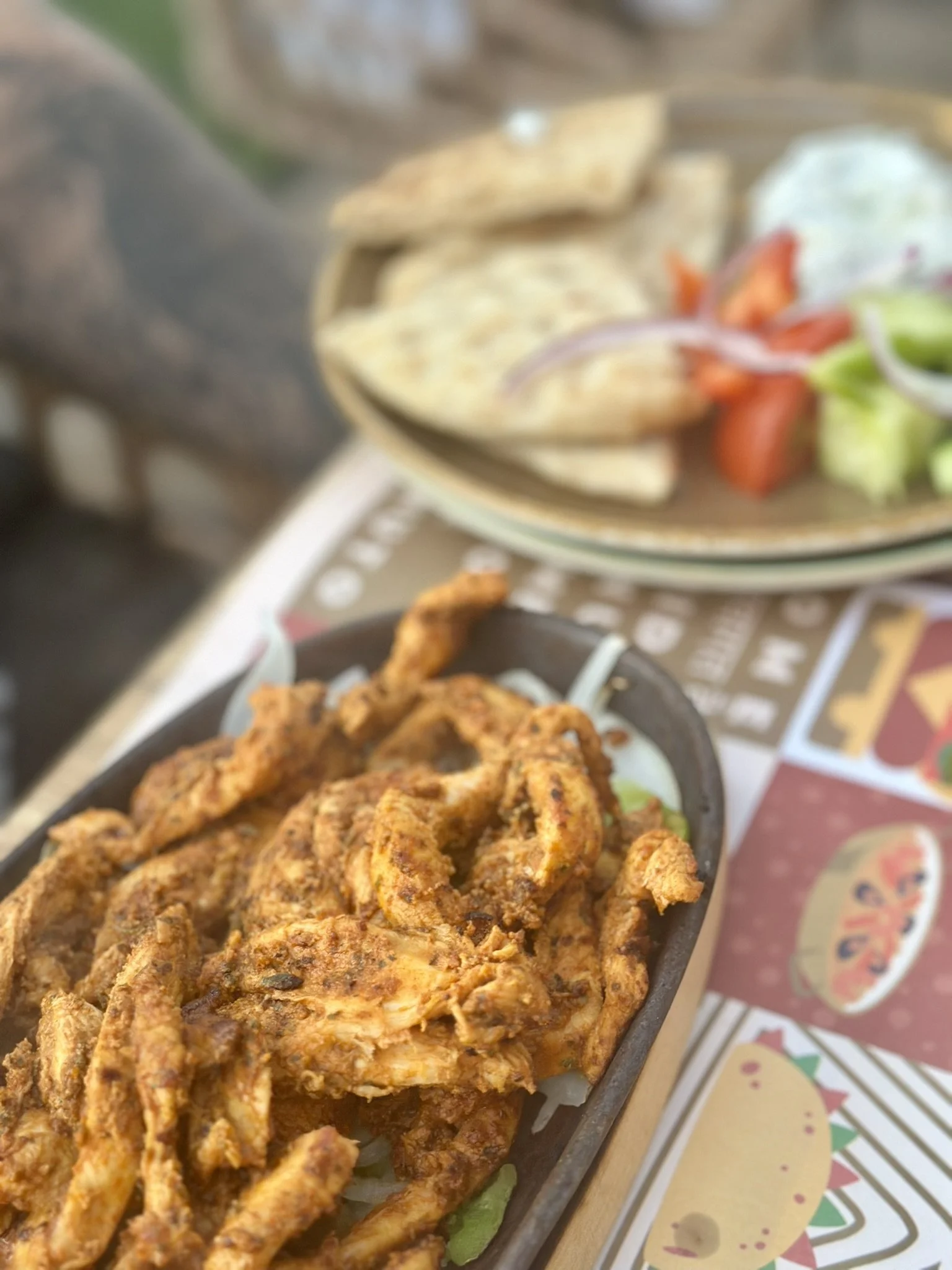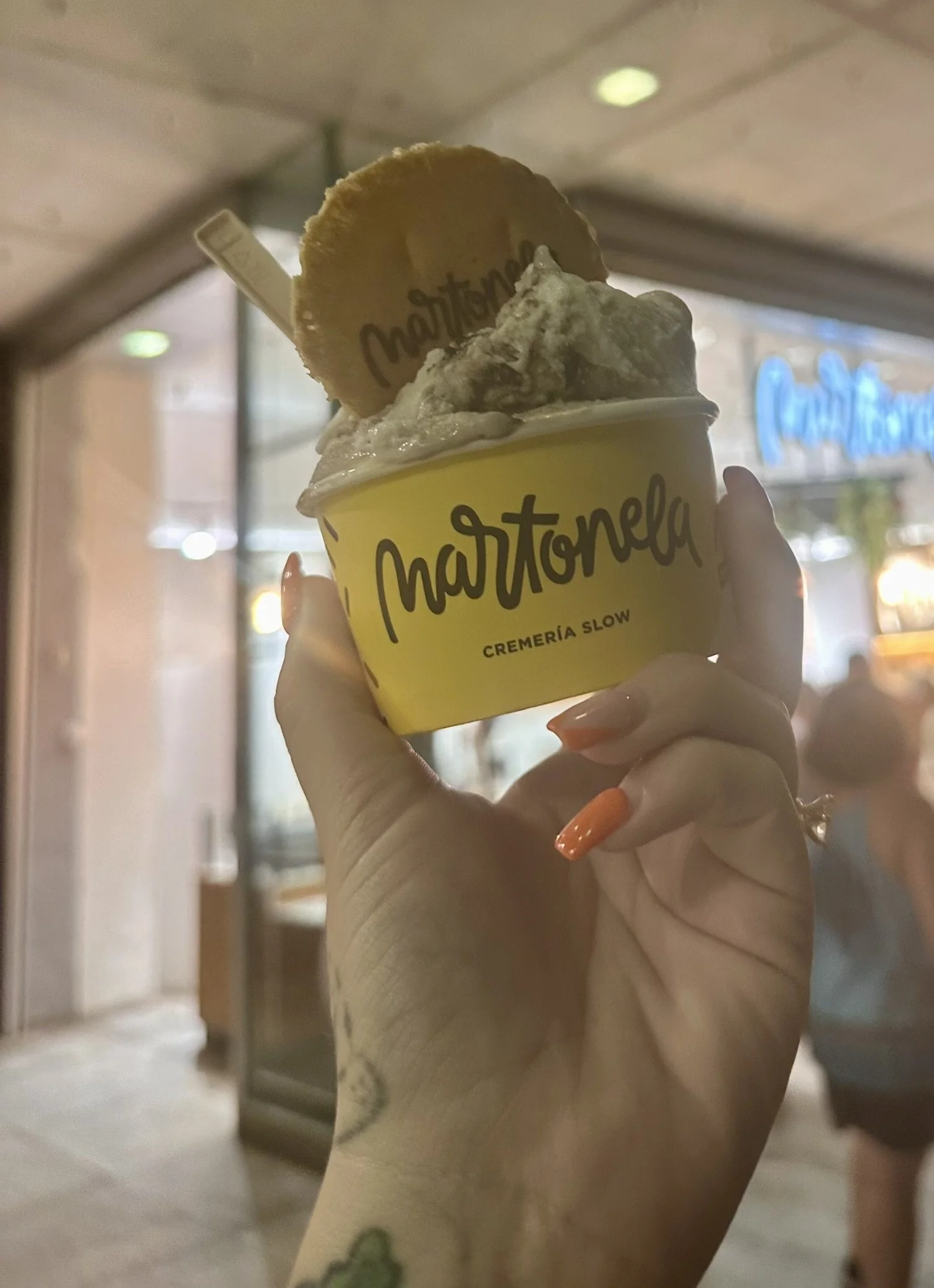Malaga, Spain
Hello, fellow Tattooed Travelers! Get ready, because I’m about to take you on a sun-soaked, three-day getaway to Málaga, Spain. Our adventure started with a bit of turbulence—not in the air, but on the ground at Cologne Airport. We were all set for a 9:00 PM departure on Ryanair, but the travel gods decided to test our patience, delaying our flight to 10:30 PM. By the time we touched down in Málaga, it was nearly 2:00 AM. Tired? Absolutely. But the excitement of exploring this lively Spanish city kept our spirits high.
With just our carry-ons in tow, we breezed through the airport, grabbed an Uber, and headed straight to our weekend retreat: Hotel Picasso Málaga. The name alone had us dreaming of artistic charm, but at that hour, our minds were focused on just one thing—a cozy bed. Thankfully, check-in was seamless, and in no time, we were fast asleep, dreaming of the adventures awaiting us under the Spanish sun.
Hotel Picasso Málaga
Morning arrived, brimming with potential. After a simple yet satisfying breakfast at the hotel—a modest spread of pancakes, eggs, and coffee for just €12 each—we were energized and ready to dive into the day. The hotel itself was a charming surprise. Its exterior, crafted from elegant beige stone, hinted at the warmth within. Inside, red tile floors and cozy living-room-style seating areas created an inviting atmosphere that made us feel instantly at ease.
Our room was a particular highlight. With a king-sized bed that felt like it belonged in a royal suite and a much-appreciated, rare-in-Europe powerful air conditioner, we couldn’t have asked for more. A sliding glass door opened up to a street view, giving the space a bright and airy vibe. We did have an unexpected visit from some tiny, ant-sized house guests, but the hotel staff swiftly came to the rescue. A thorough cleanup and a quick spray of ant repellent later, the situation was under control. Crisis averted, and we were ready to explore Málaga!
A Taste of Málaga: A Culinary Walking Adventure
Eager to dive straight into the heart of Málaga, we hopped into an Uber, bound for what would undoubtedly be one of the highlights of our trip: the Taste of Málaga Tour. This culinary adventure, booked through Viator, promised a delightful blend of tapas, history, and local traditions. Our journey began on the lively Calle Larios, a bustling pedestrian street lined with shaded walkways, vibrant shops, and enticing restaurants.
It was here that we met Elise, our guide for the day, whose warm humor and infectious enthusiasm instantly set the tone for what would be an unforgettable experience. Alongside a lively group of fellow travelers from Denmark, we embarked on our first stop: the iconic Mercado Central De Atarazanas, a treasure trove of Málaga's flavors and culture.
Mercado Central De Atarazanas
The Mercado Central De Atarazanas was a feast for the senses. Our culinary journey kicked off with a classic pairing: Padrón peppers and chilled gazpacho. The peppers packed a satisfying, spicy punch that Will enjoyed far more than I, while the gazpacho—though fresh and traditional—felt a little too tomato-forward for my liking. That said, our Danish companions seemed to savor every spoonful, a testament to the subjective nature of taste!
As we wandered through the vibrant market, we were captivated by stalls brimming with fresh seafood, colorful fruits, and local delicacies. We sampled Marcona almonds, a uniquely sweet and buttery treat with subtle sunflower seed undertones, as well as an assortment of olives—though they didn’t quite win us over. Despite a few hits and misses, the market’s lively energy and kaleidoscope of offerings made it an unforgettable stop.
Mercería Aranchata
Leaving the bustling market, we strolled through Málaga's charming streets until we reached Mercería Aranchata. The heat inside the restaurant was intense, yet the promise of local cuisine spurred us on. We were led to a table at the back, already laden with an array of traditional Spanish treats. Here, we were introduced to a delicious spread: creamy goat cheese, slices of melt-in-your-mouth Iberian ham (jamón ibérico), earthy morcilla ibérica (a type of black sausage), spicy Iberian chorizo, all accompanied by a glass of vermouth. The Iberian ham, known for its rich flavor and tender texture, lived up to its reputation, and I particularly enjoyed it alongside the smooth goat cheese. Despite the somewhat chewy texture of the ham, and the sweltering heat that made it hard to relax, we reveled in experiencing these authentic Spanish flavors.
El Gallo Ronco
After this taste of tradition, our gastronomic journey continued, leading us past the magnificent Málaga Cathedral, a towering structure that added a touch of historical grandeur to our walk. We arrived at El Gallo Ronco, where we were greeted with a table set for our group of twelve. By now, desperate for refreshment, we were thrilled to be served cold water and a selection of wines. We opted for a crisp, refreshing white wine (sadly, I didn't note the name!).
First, we sampled fried eggplant drizzled with sugar cane and honey – a revelation! The eggplant was perfectly cooked, boasting a delightful balance of sweetness and texture, instantly becoming one of my favorite bites of the tour. Next, a tender pork loin arrived, accompanied by a rich savory gravy and fries. The pork was expertly seasoned and cooked to perfection, making for a truly satisfying meal. By the end, we were happily stuffed, and so, it seemed, were the other members of our group!
Balcón de las Flores: A Bittersweet Finale
Just when we thought we couldn’t possibly eat another bite, our guide Elise’s cheerful announcement of one final stop filled us with curiosity. We arrived at Balcón de las Flores, a quaint restaurant with an elegant, autumnal charm. However, the slow and somewhat indifferent service was a stark contrast to the warm hospitality we had experienced elsewhere. After a considerable wait, we were finally served grilled squid, accompanied by another delicious glass of white wine (again, the name escaped me!).
Though not a seafood enthusiast, I was pleasantly surprised by the squid's subtle flavor and lack of fishiness, though William found its chewy texture a bit too much. Our final offering of the tour was a curry chicken skewer. William enjoyed it, but the curry was a bit overpowering for me. After finishing our meal, we exchanged warm goodbyes with our new Danish friends and expressed our heartfelt thanks to Elise for her wonderful guidance.
What we liked about the tour:
Elise, Our Tour Guide: Elise was absolutely fantastic! Her enthusiasm, humor, and knowledge really made the experience so much more enjoyable. She had such a warm and engaging energy that kept the group excited throughout the day.
The Variety of Flavors: I loved the range of foods we got to try. The jamón ibérico was as rich and tender as I’d hoped, and the fried eggplant with sugar cane and honey was an absolute standout—it instantly became one of my favorite bites. The Marcona almonds and Padrón peppers were also fun to try and felt like a true taste of Málaga.
The Settings: The mix of locations was wonderful. Starting at the bustling Mercado Central De Atarazanas and moving through charming restaurants like El Gallo Ronco gave the tour a nice balance of energy and relaxation. Each place had its own vibe, which kept things interesting.
The Historical Touches: Walking along Calle Larios and past the beautiful Málaga Cathedral added a deeper layer to the tour. I appreciated that it wasn’t just about the food but also about experiencing the city’s culture and history.
The Wine Pairings: The wines, especially the crisp white wine, were a delightful touch. They really complemented the dishes and added a refreshing element to the experience, especially in the heat.
What we didn’t like:
The Heat at Mercería Aranchata: The heat inside the restaurant was overwhelming. It made it hard to fully enjoy the food, even though the dishes were delicious.
Service at Balcón de las Flores: The service at the last stop, Balcón de las Flores, was disappointing. It was slow, and the staff seemed indifferent, which was a bit of a letdown after the warm hospitality we’d experienced at the other stops.
Reflecting on the Taste of Málaga Tour, it was truly a highlight of our trip. From the bustling energy of the Mercado Central to the authentic flavors of traditional Spanish dishes, the experience wove together Málaga’s rich history, vibrant culture, and incredible cuisine. Elise’s passion and expertise added an extra layer of magic, making every moment memorable. If you’re looking for a genuine taste of Málaga’s culinary and cultural treasures, I wholeheartedly recommend this tour—it’s an experience you won’t soon forget.
AC Hotel Málaga Palacio's Rooftop Bar
Following our tour of Málaga, Elise's strong recommendation led us to a must-try rooftop experience: the bar atop the AC Hotel Málaga Palacio by Marriott. Intrigued by the promise of panoramic city views, we eagerly made our way. A friendly doorman ushered us to the elevator, which smoothly ascended to our destination.
Stepping out of the elevator felt like entering another world. Málaga unfolded beneath us in a stunning panorama, a tapestry of terracotta roofs, historical monuments, and the sparkling Mediterranean Sea. The rooftop bar itself was a haven of chic comfort, with inviting seating arrangements and the ever-present gentle sea breeze creating a uniquely relaxing atmosphere. We settled at a table boasting a magnificent view of the bustling port and the majestic Málaga Cathedral.
I chose a bubbly peach bellini, while William, ready to embrace local culture, opted for a Tinto de Verano, a red wine cocktail that was presented as a favorite of the locals. Apparently, most tourists reach for the sangria, but Elise had sworn by the refreshing simplicity of this drink. For some light bites, we ordered a selection of tapas: paper-thin slices of Iberian ham accompanied by crusty bread, a vibrant fruit salad, and a scoop of mango sorbet. While waiting for our order, we couldn’t help but capture the magic of the scene with our cameras, the skyline absolutely captivating.
Our drinks and snacks arrived swiftly, and we were ready to taste test our selected delights. William was instantly smitten with the Tinto de Verano. Its light, refreshing flavor – like a gently chilled red wine spritzer – was indeed perfect for the balmy evening climate. My peach bellini was equally delightful, a perfect balance of sweetness and effervescence.
The Iberian ham was not only a treat for the taste buds, but also visually striking, served on an elegant gold platter. Each bite was a savory delight, confirming that it was as delicious as it was beautiful. The fruit salad was bursting with freshness and juices. The Mango sherbet was where the meal let me down slightly- it fell a little short, the aftertaste being a tad too tart and could have benefited from an additional touch of sweetness.
Overall, the rooftop bar at AC Hotel Málaga Palacio proved to be an ideal spot to decompress after a full day of exploring Málaga. The combination of breathtaking skyline vistas, expertly crafted cocktails, open access to all – not just hotel guests – makes it an unmissable experience for anyone seeking a relaxing and picturesque end to their day.
We returned to Hotel Picasso Málaga incredibly content and recharged and, by 7 PM, we were feeling refreshed after a revitalizing nap. It was the perfect way to escape the heat and gain that second wind we needed for a magical evening of Flamenco that awaited.
A Night of Flamenco
Our evening began with an Uber ride to Alegría Flamenco y Gastronomía, where we were eagerly anticipating a vibrant Flamenco performance. Upon arrival, we checked in for the show and confirmed our dinner reservation, secured earlier that day. Everything was in order, and we were soon holding our tickets. To our delightful surprise, we were led to a prime table, front and center in the back room where the show was to be held. A fortunate booking through Viator, indeed!
Once seated, a concise menu of tapas and drinks was presented. We opted for two refreshing sangrias, a side of fries, and of course, the classic Iberian ham with bread. Our food arrived promptly, well before the show’s commencement. While simple, it served its purpose as a light appetizer, but our focus was clearly on the performance ahead. And that's when the enchantment began.
The lights dimmed, and a lone guitarist took the stage, immediately filling the room with the soulful sounds of Spanish music. Then, two singers, a man and a woman, joined him, both resplendent in traditional dress. Their powerful voices resonated with such raw passion and intensity, it was impossible not to feel the emotion woven into every note.
Next, the Flamenco dancers made their entrance. The female dancer, dressed in a striking traje de flamenca, was utterly captivating. Her movements were a mesmerizing blend of intensity and grace, drawing the eye with every precise step and gesture. The energy in the room crackled with life. While the male dancer’s performance was strong and compelling, there was no doubt the woman was the star. The sheer joy she radiated was contagious, and with each of the three sets, she amplified both the emotional depth and energy of the room. By the show’s end, it was clear she had completely mesmerized everyone with her talent and passion.
The hour-long performance proved to be a true highlight of our trip. It was an unforgettable experience, leaving us in awe of the artistry and heritage of Flamenco - the soulful music, the fiery dancing, and the sheer intensity of the performers.
With the Flamenco show concluded, we were moved to an outdoor table for our dinner reservation. However, after browsing the menu, nothing really appealed to our palates, so we decided to keep it uncomplicated with a simple tapa and a drink. I chose a vodka lemonade, while William stuck with his go-to Tinto de Verano. We shared some chipotle fries, tasty but not particularly memorable. Satisfied, we decided to continue our exploration of the city.
Muelle Uno
We strolled towards the port, which we learned was called Muelle Uno. We were immediately drawn into a vibrant outdoor market filled with clothing, handmade crafts, and other unique treasures. Even at 10:30 PM, the area was alive with activity, a testament to the late-night culture of Málaga. It was fascinating to see families, including those with young children, still out enjoying the atmosphere. Apparently, it’s common for children to be up until midnight, and the lively scene definitely suggested that to be true!
As we continued along Muelle Uno, we came across a man serenading a large, engaged crowd. The scene was filled with dancing, laughter, and a palpable sense of collective joy—one of those spontaneous moments that gives a trip its magic.
A sweet craving led us to a charming gelato shop. I decided to indulge in their signature treat: two scoops of gelato, artfully shaped into a rose, and adorned with a macaron. My pick of strawberry and pineapple was a burst of fresh, fruity goodness. It was the perfect and delightful culmination to our evening.
Contented and full, we headed back to the hotel, eager to rest up for our early start the next day, a tour of Ronda and Setenil. After such a full day, sleep was definitely something we were both craving and looking forward to.
Ronda and Setenil de las Bodegas Tour
Our day began with the promise of adventure, an early start fueled by anticipation for our trip to Ronda and Setenil de las Bodegas. We hopped into an Uber and headed to the familiar meeting spot from our previous walking tour, arriving with plenty of time to spare. A quick stop at a nearby café, Granier, provided the necessary caffeine jolt and a delicious muffin to power us through the long day ahead. We settled onto the cafe's patio, watching the city slowly awaken, the hum of early morning life serving as a soothing background to our pre-adventure calm.
As the clock ticked closer to our 8:30 AM departure, a crowd began to form, tour guides flitting around with clipboards in hand. The Viator app had led us with confidence to the right spot, but our initial confidence gradually morphed into confusion. Bus after bus bearing the "Ronda Setenil" sign pulled up, only to be declared not our bus. By 8:50 AM, just a small cluster of us remained, a growing sense of doubt creeping in. Finally, our bus appeared, already nearly full – a result of hotel pickups along the way. We found seats towards the back, settled in amid the slight chaos, and prepared for the journey. Thankfully, the bus proved to be a welcome haven, offering air conditioning and plush seats, a comfort much appreciated for the long hours ahead.
Once underway, our tour guide began to explain the day's itinerary, weaving in historical snippets of the landscapes passing by. The information was interesting, but the delivery was somewhat fragmented, as he needed to translate everything into Spanish, English, and French; the information felt drawn out. Despite this, we did appreciate the effort taken in trying to accommodate everyone. You could sense he was growing tired after speaking for a solid 45 minutes! Regardless of the minor hiccup at the start, the views from bus were awe inspiring, and our excitement to see Ronda and Setenil de las Bodegas grew.
El Cruce
Our first stop was at a quaint roadside cafe in Ardales called El Cruce. This proved a welcome break, offering us a chance to stretch our legs, grab a coffee, and use the facilities. The café was buzzing, teeming with other tour groups, but we managed a quick caffeine fix before re-boarding the bus, our eagerness now focused on reaching Setenil de las Bodegas.
The journey to Setenil de las Bodegas was about 45 minutes and the landscape became more dramatic the closer we got. We parked in a bus area just outside the town and started the walk into the village. Our guide first directed our attention to a local olive oil factory, explaining this region's deep-rooted history of olive oil production. Olive oil is a cornerstone of Andalusian culture, and this factory was just one of many that processes olives harvested from the numerous groves that surround the village.
Setenil de las Bodegas
As we navigated the narrow, winding streets, the true highlight of the day revealed itself: Setenil de las Bodegas. The town, literally built into the cliffs and rocks, was breathtaking. Homes, shops, even restaurants were nestled under, and sometimes within, massive overhanging rock formations. These natural rock formations served as roofs for many of the buildings, blending harmoniously with the whitewashed walls that characterize Andalusian architecture.
The history of Setenil’s rock-hewn design is as captivating as the town itself. It is thought that this unique layout started as a defensive strategy during the Muslim period, when settlers sought protection within the natural rock formations. The town’s name, "Setenil," is derived from the Latin septem nihil, meaning "seven times no," a nod to the seven failed attempts by Christian forces to capture the town before finally claiming victory in 1484 during the Reconquista.
We strolled along the famous Calle Cuevas del Sol (Street of the Caves of the Sun), lined with homes and businesses built into the rocks. The juxtaposition of the whitewashed surfaces against the dark, imposing rock face was simply stunning. Lively with cafes, locals, and awestruck visitors, it was fascinating to witness a town thriving while being so deeply intertwined with its natural surroundings.
Setenil de las Bodegas felt like a living testament to history, showcasing the ingenuity and resilience of its inhabitants. It was an incredible experience to see such a remarkable blend of natural formations and human built structure, and this stop was no doubt the highlight of the tour.
Ronda
Leaving Setenil de las Bodegas l behind, our journey took us to the historic town of Ronda, a destination just an hour's drive away. As we approached, our guide shared a fascinating tidbit: tourists are only permitted within the town until 4 PM. While initially surprising, this restriction made sense; it's a measure that helps preserve Ronda’s unique charm and manage the flow of visitors.
After parking, we stepped into Ronda, our first stop being the Templo Jubilar. This church holds deep religious significance, especially during Holy Years when pilgrims pass through. Simple yet beautiful, the structure stands as a powerful testament to Ronda's rich spiritual history.
Alameda del Tajo
Next, we strolled to the Alameda del Tajo, a tranquil park nestled in Ronda's heart. This green oasis, with its winding paths and lush foliage, offered a welcome respite. Our guide pointed out the park’s numerous statues, among them one honoring the celebrated bullfighter, Pedro Romero, a figure pivotal in the evolution of modern bullfighting.
However, the true magic of Alameda del Tajo lay in its extraordinary location. This park is perched on the precipice of the dramatic cliffs that define Ronda, revealing breathtaking panoramic views of the valley below. The sight of Ronda's rugged landscape, with its rolling hills and farmland winding through the gorge, was truly awe-inspiring. It was the perfect spot to absorb the essence of this remarkable town before continuing our exploration.
Plaza de Toros: The Heart of Bullfighting History
Our journey continued to one of Ronda’s most iconic landmarks: the Plaza de Toros, home to Spain’s oldest bullring. This magnificent structure is a symbol of Ronda's deep connection to the art of bullfighting and is one of the most famous bullrings in the world. Built at the end of the 18th century by architect Martín de Aldehuela – also the creator of the incredible Puente Nuevo - its neoclassical architecture stood as a proud testament to its cultural significance.
Ronda holds a unique place in bullfighting history; it’s often considered the birthplace of modern bullfighting. The legendary Pedro Romero, whose statue we had seen earlier, revolutionized the sport by championing a more artistic and less dangerous style of fighting on foot, a move away from the traditional equestrian approach.
Stepping into the bullring itself, we were struck by the sheer grandeur of the arena. The circular ring, flanked by two tiers of seating accommodating up to 5,000 spectators, felt soaked in history. It was easy to imagine the drama that had unfolded within this space. The bullring isn't just a relic; it continues to host events, including the annual Corrida Goyesca, a prestigious bullfighting spectacle where participants don 18th-century costumes inspired by the painter Francisco de Goya.
Beyond bullfighting, the Plaza de Toros is also used for equestrian events and houses a museum dedicated to the history and art of the tradition. This museum provides fascinating insights into the cultural significance of bullfighting, with displays ranging from ornate bullfighter costumes to historical artifacts documenting Ronda's pivotal role in this Spanish tradition. Visiting the Plaza de Toros was akin to traveling back in time, experiencing a core piece of Spanish heritage that blends history, art, and tradition. Even those who might not be fans of bullfighting can appreciate its cultural importance.
Puente Nuevo and Puente Viejo
For our final stop in Ronda, we followed our guide to the town’s most famous landmark: the Puente Nuevo, or New Bridge. This breathtaking bridge spans the dramatic Guadalevín River gorge, connecting Ronda’s old and new towns. Its construction is an incredible feat of engineering and a defining reason for Ronda's iconic status today.
Completed in 1793 after four decades of arduous labor, the Puente Nuevo soars an impressive 120 meters (390 feet) above the river, making it one of Spain’s tallest bridges. Also designed by José Martín de Aldehuela, it replaced an earlier bridge that collapsed shortly after its completion. The success of the Puente Nuevo was crucial to Ronda’s development, facilitating easier access between the Moorish old town and the newer parts of the city, spurring further expansion.
Before the Puente Nuevo, Ronda relied on the Puente Viejo (Old Bridge), built during the Moorish period in the 16th century. While the Puente Viejo still stands as a beautiful structure, its smaller size could no longer meet the demands of the growing 18th-century city. Today, it serves as a pedestrian bridge, offering a more intimate crossing over the river in contrast to the grandeur of the Puente Nuevo.
What makes the Puente Nuevo so compelling is not just its architecture, but how it weaves together Ronda’s landscape and history. It offers stunning vistas of the gorge, the river below, and the surrounding countryside. It captures the dramatic beauty that is Ronda.
Toro Tapas
Our guided tour of Ronda had officially concluded, leaving us with the delightful freedom to explore the town at our own pace. Hunger pangs, a consequence of our sightseeing adventures, led us to a charming café called Toro Tapas. The menu was a delightful labyrinth of tempting tapas, promising a culinary adventure. We eagerly ordered two refreshing Tinto de Veranos – our new go-to drink – and an ambitious selection of about 15 different tapas. Our spread included everything from crispy fries and succulent fried chicken to savory wings, fragrant curry chicken, creamy potato salad, and a myriad of other bite-sized delights. To our delight, every dish was absolutely delicious, and the staff were equally fantastic – friendly, accommodating, and adding to the overall pleasurable experience. We would rate the restaurant a 8/10.
Satiated, we embarked on a leisurely stroll through Ronda's charming streets. Shops, restaurants, and irresistible ice cream parlors lined the cobblestone pathways, painting a vibrant picture of local life. Festive awnings in black, red, and gold adorned the streets, creating a celebratory atmosphere while providing much-needed respite from the Andalusian sun. Naturally, we couldn’t resist the allure of a sweet treat, and soon we were each enjoying a scoop of ice cream. We then made our way back to Alameda del Tajo, finding a shady spot to relax and soak in the breathtaking views one last time. The park's peaceful ambiance provided the perfect opportunity to reflect on the day's adventures.
Our time in Ronda had come to an end, and soon we were back on the bus, ready for the journey home. Reflecting on the day, the trip to Ronda and Setenil de las Bodegas had been nothing short of spectacular – a blend of history, incredible scenery, and delicious food that is truly a must-see for any traveler.
What We Liked About The Tour:
Scenic Bus Ride: Comfortable seating and incredible views throughout the journey.
Free Time: Exploring Ronda at our own pace was a welcome addition.
Stress-free: Not having to worry about driving or dealing with parking.
What We Didn’t Like
Morning Confusion: Disorganized bus pickup led to unnecessary stress.
Guide’s Delivery: Multilingual translations were lengthy and fragmented, making commentary less engaging.
El Cruce Stop: The café break was unremarkable and felt like lost time.
Overall, We really enjoyed the tour. The blend of stunning architecture, rich history, and amazing food made it a day to remember. However, the organizational hiccups, and guides delivery detracted slightly from the experience. That said, Setenil de las Bodegas and Ronda are must-see destinations, and this tour was a fantastic way to explore them. We’d recommend it to others, especially those who don’t mind a structured itinerary with a bit of patience for group logistics.
Mezcal
Upon our return to Málaga, exhausted but exhilarated, a much-needed nap at the hotel was our first priority. Recharged, we ventured out that evening, our appetites set on experiencing the city's Mexican cuisine. Online searches led us to Mezcal, a highly-rated restaurant tucked into a corner of the city. Getting a table was easy enough, but immediately upon entering, the heat hit us like a wall. Despite a fan, the air remained thick, making for a somewhat uncomfortable dining experience.
Undeterred, we ordered drinks – a refreshing mojito for me and a whiskey for William. Food-wise, we shared some chicken nachos, I opted for a vibrant chicken bowl, and William dived into a variety of tacos – carne asada, chicken, fish, and pork. The food more than lived up to the restaurant's glowing reviews. My chicken bowl was an explosion of flavor, and William found the nachos utterly irresistible. He also enjoyed the tacos, though he considered them a step below the nachos, with the fish taco emerging as his clear favorite. My mojito was the perfect antidote to the heat, a delightful refresher.
Our stomachs full, we decided to check out the Tennessee Club, hoping for some country music and a lively atmosphere. Unfortunately, our expectations were not met. The club was virtually empty, save for a small bachelor party, and the music was decidedly 90s pop. The bartender seemed equally bewildered, unable to prepare any of our drink requests. After a brief and rather confused 20 minutes, we decided to cut our losses. We could not understand why it was named Tennessee Club, as it had no tie to the state at all.
Choosing to make the most of the beautiful evening, we wandered around the bustling Muelle Uno. The city was vibrant and full of life, creating a captivating ambiance for our stroll. Eventually, we made our way back to the hotel, ready to rest before the final day of our trip.
Tomorrow will be our last day in Málaga, and we're eagerly anticipating another tour followed by a relaxing massage - the perfect way to close out our adventure on a high note!
La Desayuneria
This morning, we woke up with a mission: breakfast! We headed into town with La Desayuneria as our destination, a place I'd discovered online thanks to its promise of pancakes and American-style goodness. We got seated right away and the menus were packed with options - pancakes, French toast, omelets – the works.
We thought we'd start with a Kinder iced latte, imagining something like a mocha. It was definitely a surprise - an odd taste with little chocolate bits swimming around. Not exactly what we were expecting.
For the main event, I went for gingerbread pancakes, a ham and cheese omelet, and a side of French toast. William ordered a bacon, egg, and cheese sandwich with pancakes. My gingerbread pancakes were amazing - perfectly spiced, crispy edges and cooked just right. The French toast was a win too. The omelet, though… just one slice of ham and not much cheese, a little sad overall.
William, on the other hand, was happy with his breakfast sandwich. All in all, it was a pretty good start to our final day in Málaga, despite a few food fails. We would give La Desayuneria a rating of 6/10.
Tuk-Tuk Adventure
Eagerly awaiting our much-anticipated tuk-tuk tour, we arrived at the lively meeting point near the end of Muelle Uno just before noon. Climbing aboard the small, charming vehicle, we were ready for an intimate journey through Málaga. Our guide, brimming with local knowledge and infectious enthusiasm, quickly set the tone, sharing fascinating stories as we hummed our way into the heart of the city.
La Malagueta
Our first stop, La Malagueta, beckoned with its golden sands and the sparkling expanse of the Mediterranean. This popular beach, beloved by both locals and visitors, buzzed with life. We imagined ourselves basking in the sun, the gentle waves lapping at the shore, and the salty air filling our lungs. The vibrant promenade was lined with chiringuitos, their tantalizing aromas of grilling seafood wafting through the air. We learned that espetos, sardines skewered and cooked over an open flame, were a true Málaga delicacy, picturing the sizzling fish and the lively chatter of happy diners.
Our little tuk-tuk then rumbled past the imposing Plaza de Toros de La Malagueta. This grand bullring, built in the 19th century, stood as a striking example of Moorish Revival architecture. We learned of its rich history as a venue for traditional bullfights during Málaga's bustling festivals, picturing the spectacle and the passionate crowds. Although bullfighting's place in modern Spain is debated, the arena remains a landmark, hosting cultural events and select bullfights, a powerful reminder of Málaga’s past.
ABC Buildings
Continuing along Avenida de Cervantes, our guide unveiled the story behind the iconic ABC buildings. These elegant structures, once cornerstones of Málaga’s civic life, evoked a sense of history. We gazed at the former post office, imagining the flurry of activity connecting Málaga to the world, while the next building, the neoclassical Bank of Spain, stood as a timeless testament to Málaga's economic ascent. Finally, the still-functioning Ayuntamiento de Málaga, with its elegant facade, spoke of the city's ongoing governance.
Plaza de la Merced
Our next destination was the lively Plaza de la Merced. Here, the air buzzed with a sense of historical importance. We stood in the very place where Pablo Picasso, one of the giants of art, was born.
Our guide recounted Picasso’s full, elaborate name – a testament to Spanish traditions – and suddenly, the streets around us seemed to thrum with his artistic spirit. We then ducked down a side street where early replicas of Picasso's work adorned the walls, offering us a glimpse into the evolution of his remarkable career and artistic genius.
Las Acacias
Leaving the bustling city center, we were whisked away to Las Acacias, a charming coastal neighborhood on the outskirts of Málaga. We learned the intriguing tale of the area's historical division, where humble fishermen lived in whitewashed homes by the ocean while wealthier residents occupied the hills above. The guide painted a vivid picture of the fishermen’s early morning routines, their lives intricately woven with the rhythms of the sea, while those in the hills enjoyed cooler breezes and expansive views. Today, Las Acacias offers both locals and visitors a more peaceful beach experience, its history evident in its character, a touch of rustic charm contrasting against the modern developments elsewhere in the city.
Our tuk-tuk then continued its coastal journey, passing through more of those traditional fishing communities, the white buildings reflecting the Mediterranean sun. We reached El Palo, another authentic neighborhood where generations of fishermen have lived and worked. Our guide spoke of its rustic charm, its lively chiringuitos serving fresh seafood straight from the sea, and the neighborhood’s strong, enduring local identity.
Finally, we began our ascent into the hills, our tuk-tuk skillfully navigating the winding roads. The view transformed as we climbed, and our guide pointed out the sights below, mentioning attractions which offered free admission that day. As luck would have it, the Alcazaba, one of Málaga's most famous landmarks, was free to enter, and he highlighted its historical significance. This 11th-century structure is a cornerstone of Málaga’s history, its imposing walls and serene gardens offering a tangible glimpse into the city’s Islamic past.
Mirador de Gibralfaro
We ascended to Mirador de Gibralfaro, a mountaintop viewpoint that rewarded us with an unforgettable panorama. The Mediterranean Sea shimmered below, its vast expanse meeting the horizon in a glorious display of blue. From this vantage point, we could also appreciate the bustling port and the striking bullring, Plaza de Toros, all laid out before us. The city's urban tapestry unfolded, revealing a captivating blend of modern development and historic landmarks.
Our guide shared fascinating insights into Málaga's rapid evolution, particularly since 2011. This year marked the beginning of a period of transformative change, focusing on infrastructure, public spaces, and, crucially, tourism. While Málaga’s history stretches back millennia, including its time as a Phoenician, Roman, and Moorish settlement, it's the last decade that has catapulted it into a true cultural and tourist haven.
One of the most intriguing aspects of Málaga’s transformation has been its physical expansion. Historically a key Mediterranean port, the city has literally pushed back the ocean to create space for development. Land reclamation projects have allowed for the growth of the port area and the creation of new public spaces along the waterfront. This ambitious undertaking exemplifies Málaga’s commitment to modernization while cherishing its historical roots.
The result of this coastal expansion is the dynamic Puerto de Málaga, now one of Spain’s largest and busiest ports, welcoming cruise ships and facilitating vital maritime trade. The waterfront's Muelle Uno is a vibrant promenade, bustling with restaurants, shops, and art galleries, offering both locals and visitors a place to relax and enjoy the captivating sea views. It's a testament to the city’s successful transformation into a tourist-friendly destination.
In recent years, Málaga has risen to prominence as one of Spain's top tourist draws. Once overshadowed by other Andalusian cities like Seville and Granada, Málaga has capitalized on its rich history, cultural attractions, and coastal beauty to attract millions of visitors annually. Its 2,800-year history, one of the oldest in Europe, is reflected in architectural marvels like the Alcazaba, the Roman Theatre, and the Cathedral of Málaga, known affectionately as “La Manquita” for its unfinished tower.
Málaga’s success lies in its dedication to preserving its historical heritage while embracing modernity. Significant investments in cultural tourism have led to the opening of world-class museums such as the Museo Picasso, honoring the city's most famous son, and the Centre Pompidou, its contemporary art museum. These cultural offerings have firmly placed Málaga on the map as a must-visit destination for art and history lovers.
Furthermore, Málaga enjoys the advantage of being part of the Costa del Sol, boasting stunning beaches and almost year-round sunshine. Tourists come seeking not only cultural experiences but also the idyllic Mediterranean climate, perfect for beach getaways. This appealing combination of historical landmarks, contemporary attractions, and beautiful beaches has solidified Málaga's position as one of the most popular destinations in southern Spain, attracting a varied mix of travelers.
This impressive balance of old and new has truly put Málaga on the global tourist map, creating a city that resonates with visitors from all corners of the world. The mountain-top vista we enjoyed offered the perfect perspective to appreciate the city's evolution and its captivating blend of beauty and history, leaving us with a lasting impression of Málaga’s remarkable journey.
After soaking in the breathtaking mountaintop views, our guide dropped us off at Muelle Uno. With the afternoon heat in full swing, we headed to Nusa, a cocktail bar radiating a relaxed, beachy vibe. We both grabbed frozen drinks and settled into a shady spot, enjoying a refreshing break before our next adventure—a much-anticipated massage.
What We Liked About The Tour:
Intimate Exploration: The tuk-tuk’s small size allowed for a closer, more personal view of Málaga’s highlights. It felt like a unique and intimate way to see the city.
Knowledgeable and Enthusiastic Guide: The guide’s wealth of knowledge and infectious enthusiasm made the tour engaging and informative. His insights added depth to every stop, from historical landmarks to neighborhood stories.
Convenient Overview: The tour covered a variety of neighborhoods, landmarks, and viewpoints in a short amount of time, offering a comprehensive introduction to the city.
What We Didn’t Like:
Bumpy Ride: While charming, the tuk-tuk wasn’t the most comfortable, especially on uneven roads or during the ascent to the hills.
The tuk-tuk tour was a fantastic way to get an overview of Málaga, offering a mix of historical landmarks, stunning views, and cultural insights. While it could feel a bit rushed and uncomfortable at times, the guide’s enthusiasm and the diversity of stops made it a memorable experience. It’s ideal for first-time visitors looking for a broad introduction to the city.
Sadhana: A Sanctuary for Relaxation
Sadhana Massage, located in the heart of Málaga, proved to be the ideal place for some serious pampering. We arrived a little early, and after a brief wait, we were ushered into a tranquil treatment room. The experience began with a luxurious body scrub, followed by a soothing body wrap that left us feeling incredibly soft and smooth. Next, we rinsed off in their private shower, ready for the main event: a full-body massage and facial.
The next 2 ½ hours were pure bliss, I was completely relaxed and happy. William, I will say, was so relaxed he was snoring halfway through! The entire experience was nothing short of incredible and worth every single penny. Anyone visiting Málaga who needs to unwind should absolutely book a treatment at Sadhana.
Casa Aranda: Churro Heaven
With the day still young, we knew it was time to indulge in a classic Spanish treat: churros. Elise had raved about Casa Aranda, and we were determined to see if it lived up to the hype. We started with two Madrid-style churros. These were thin and crispy, almost like the churros we were used to back home. They were fantastic with the right amount of crunch, but the adventure took a turn when we ordered the traditional churros, as suggested by a waiter.
He promised these were the best in town, and he did not lie. These were thicker, fluffy and soft on the inside, like a pillowy doughnut. Dipped in a rich, dark chocolate sauce, they were warm, comforting, and incredibly indulgent. Whether you prefer the crispy or the fluffy kind, Casa Aranda is a must-visit for any churro lover in Málaga.
Alcazaba
Our exploration continued with a visit to Málaga’s iconic Alcazaba, a beautifully preserved Moorish fortress, and one of the must see sites in the city. Built in the 11th century, it was both a military stronghold and a royal palace, strategically placed on the hillside for panoramic views. The architecture of the Alcazaba was stunning, showcasing arched doorways, intricate stonework, and lush gardens. It's often compared to the Alhambra in Granada, though on a more intimate scale. The path to the top was a captivating journey in itself. We strolled through courtyards with trickling fountains and stone walkways, surrounded by the fortress’s ancient stone walls. Each step offered glimpses of defense towers and a deep appreciation for the well-maintained architecture.
Reaching the top gifted us with breathtaking views of Málaga. The sparkling Mediterranean Sea sprawled out before us, the bustling port came into view, and the city with its beautiful architecture, including the Plaza de Toros and the Cathedral of Málaga, was laid below. The vantage point perfectly demonstrated the city's history as a defensive structure as well as a prominent trade center. The Alcazaba offers a perfect blend of history and natural beauty, making it a highlight of our trip.
As we descended from the Alcazaba, we passed by the Roman Theatre, an ancient site that lies at the base of the fortress. The theatre, which dates back to the 1st century, serves as a testament to the city’s rich and varied history.
Amigos: A Sunset Dinner in Málaga
On our final evening in Málaga, we found ourselves strolling along the lively Muelle Uno, the city's attractive waterfront, debating where to savor our last dinner. After admiring an array of tempting restaurants, we settled on Amigos, a unique spot boasting an intriguing fusion of Indian, Mexican, and Greek cuisine. We took our seats in their outdoor area, perfectly positioned to enjoy a front-row view of the harbor, bathed in the golden light of the setting sun. It was an idyllic setting for our Málaga farewell.
The evening began with cocktails. I opted for a fruity concoction, while William chose his reliable Tinto de Verano. Unfortunately, my drink was a miss. After one sip, it was clear it wasn't to my taste.
For starters, we decided to share a selection: Spanakopita, Caprese Salad, and Aioli Potatoes. The Spanakopita was the clear winner – its crisp, flaky phyllo pastry gave way to a flavorful filling of spinach and feta. The other appetizers were fresh and delicious as well, although the service was a little slow, providing us ample time to simply enjoy the captivating harbor view.
The main courses, once they arrived, more than compensated for the wait. My Chicken Souvlaki was tender and beautifully seasoned, enhanced by a delicious, creamy tzatziki sauce. Every bite was a burst of fresh flavors. William chose the Chicken Gyros and, although he thoroughly enjoyed the taste, he faced a slight challenge in containing all its delicious contents within the pita - a testament to its generous filling!
Despite the slightly slow service, the quality of the food and the stunning ambiance made the experience worthwhile. As dinner concluded, the sky had transformed into a breathtaking spectacle of pinks and purples, reflected in the shimmering sea. The scene felt tailor-made for our last night – a truly picture-perfect moment. We would give Amigos an 8/10.
But the evening wasn't quite over. For days, I had been intrigued by Martonela, a bustling ice cream shop located along Muelle Uno. The constant stream of customers had piqued my interest, and tonight was the night to indulge. I chose a small scoop of cookies and cream, and it was absolutely worth the wait! The ice cream was creamy, perfectly balanced, and just sweet enough, providing the ideal conclusion to our meal. It was easy to see why it was always so popular.
As we walked to our Uber pick-up, heading back to our hotel, we couldn't help but reflect on what an incredible trip it had been. From the rich history and delectable food to the tranquil beaches and memorable sunsets, Málaga had gifted us with countless cherished memories. We left this captivating city with full hearts, satisfied appetites, and a profound appreciation for its captivating charm.
Table of Contents
- Hotel Picasso Málaga
- A Taste of Málaga: A Culinary Walking Adventure
- Mercado Central De Atarazanas
- Mercería Aranchata
- El Gallo Ronco
- Balcón de las Flores: A Bittersweet Finale
- AC Hotel Málaga Palacio's Rooftop Bar
- A Night of Flamenco
- Muelle Uno
- Ronda and Setenil de las Bodegas Tour
- El Cruce
- Setenil de las Bodegas
- Ronda
- Alameda del Tajo
- Plaza de Toros: The Heart of Bullfighting History
- Puente Nuevo and Puente Viejo
- Toro Tapas
- Mezcal
- La Desayuneria
- Tuk-Tuk Adventure
- La Malagueta
- ABC Buildings
- Plaza de la Merced
- Las Acacias
- Mirador de Gibralfaro
- Sadhana: A Sanctuary for Relaxation
- Casa Aranda: Churro Heaven
- Alcazaba
- Amigos: A Sunset Dinner in Málaga
At The Tattooed Travelers, our travel diary offers a personal and immersive look into our adventures around the world. It’s a vibrant collection of stories, reflections, history, sights, and even the smells that make each journey unforgettable. From breathtaking destinations and mouthwatering meals to behind-the-scenes moments and valuable lessons learned, our travel diary captures the magic of exploring the world, one memory at a time. Whether you’re seeking inspiration, practical advice, or a spark of wanderlust, our diary invites you to wander with us and feel the thrill of discovery.
Looking for something more to the point? Our blog is here for you! Packed with concise itineraries, practical tips, and easy-to-follow guides, it’s the ultimate resource for planning your next adventure effortlessly. Skip the storytelling and dive straight into the essentials—your next destination is just a click away!
Recent Posts


